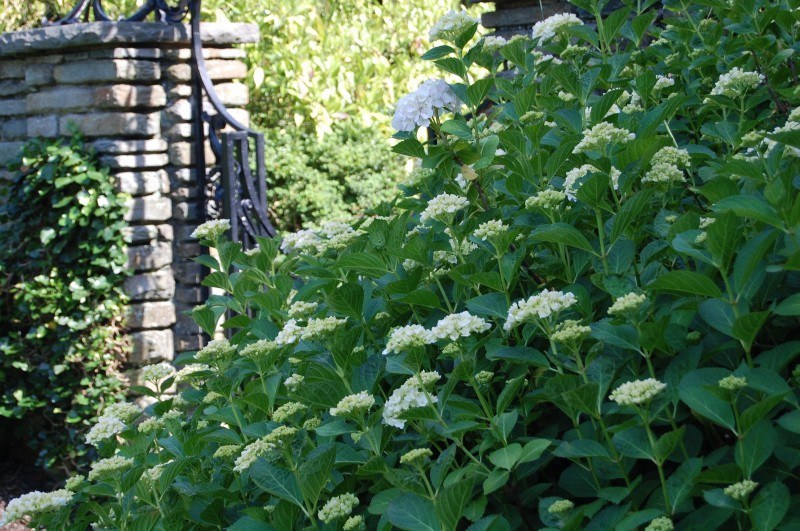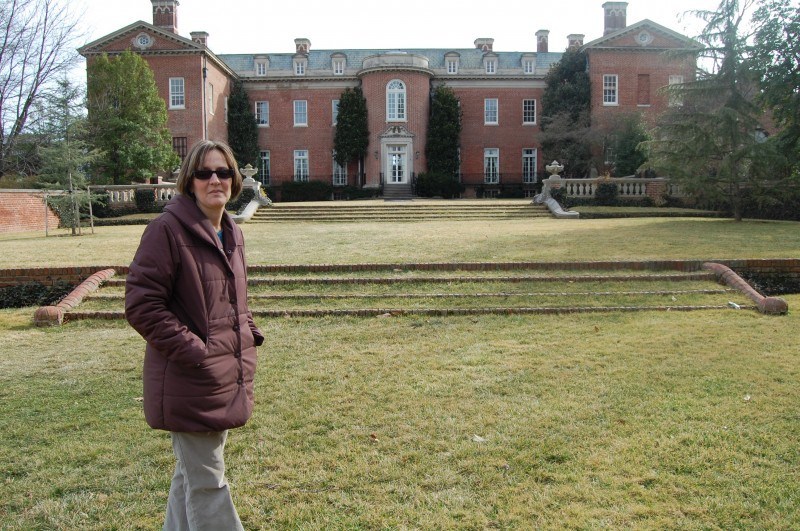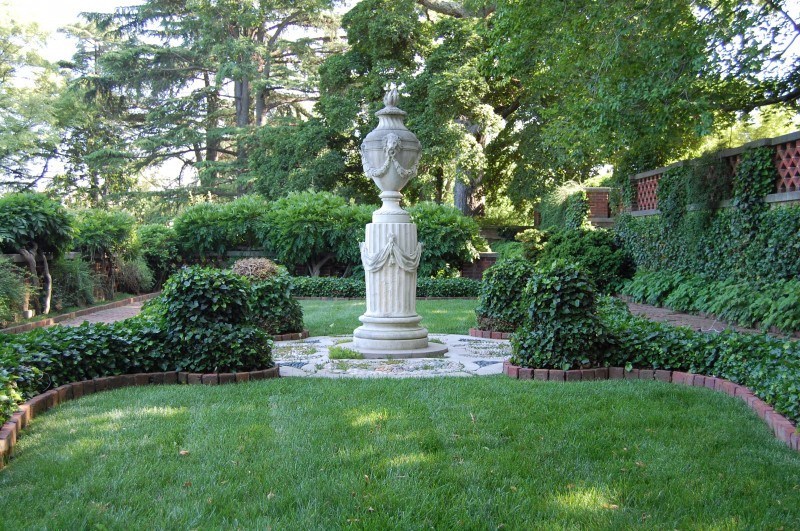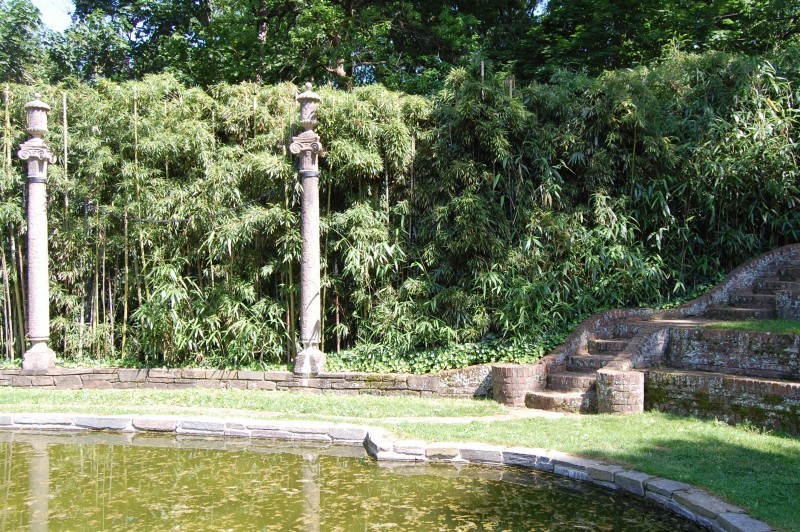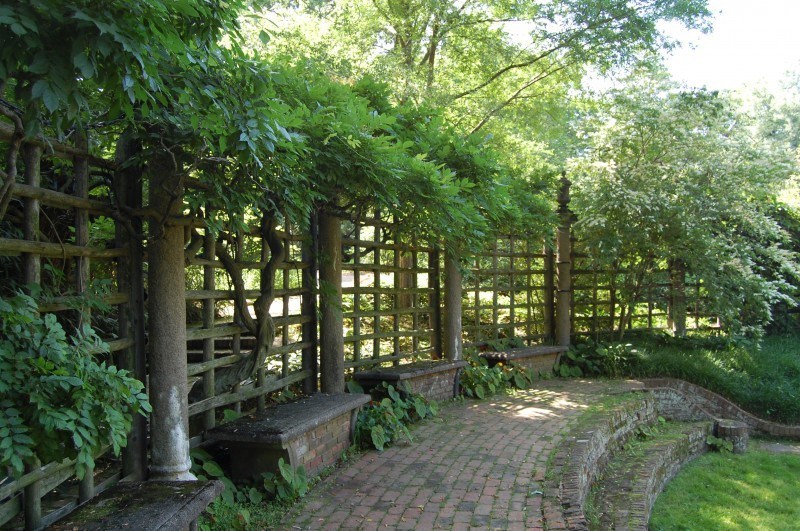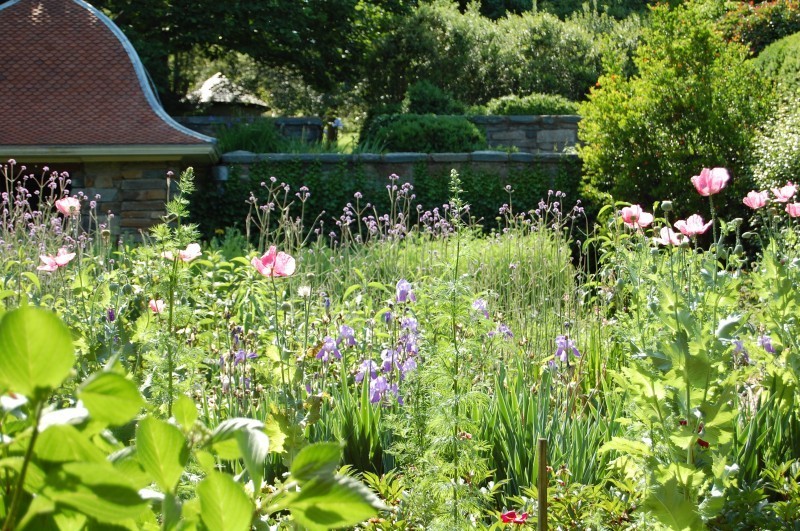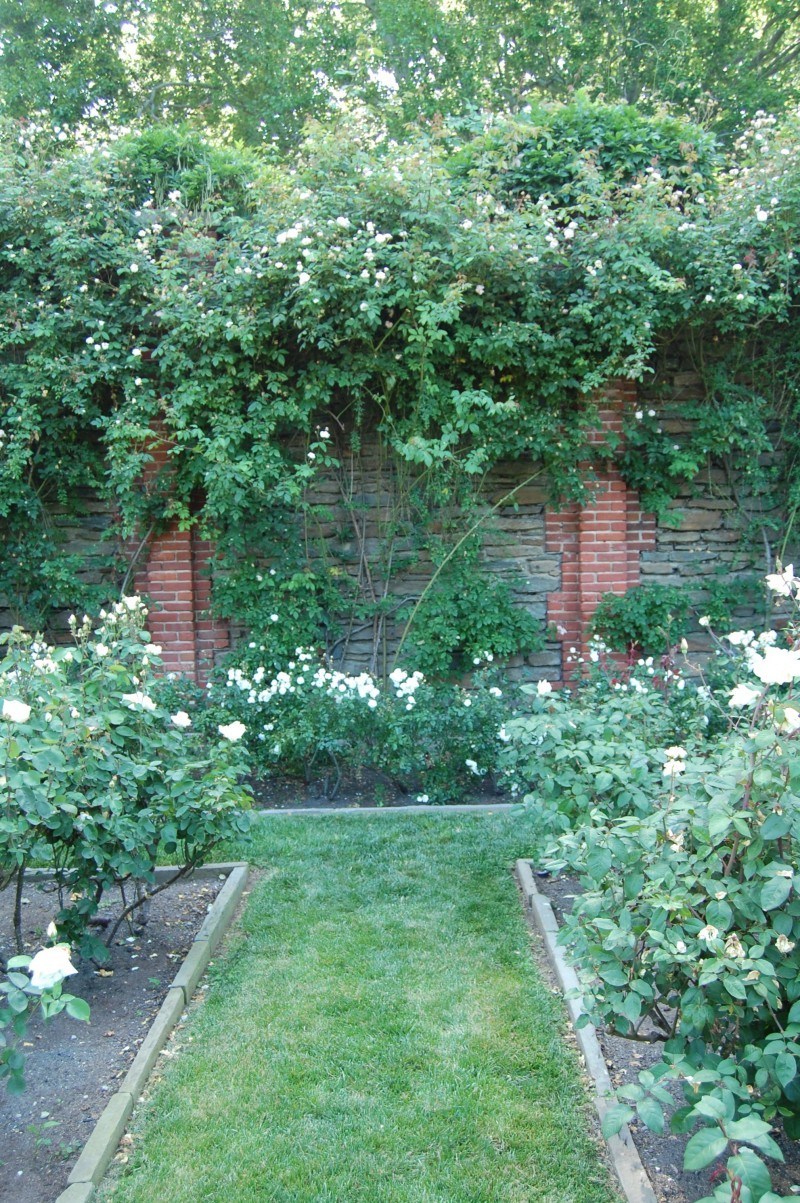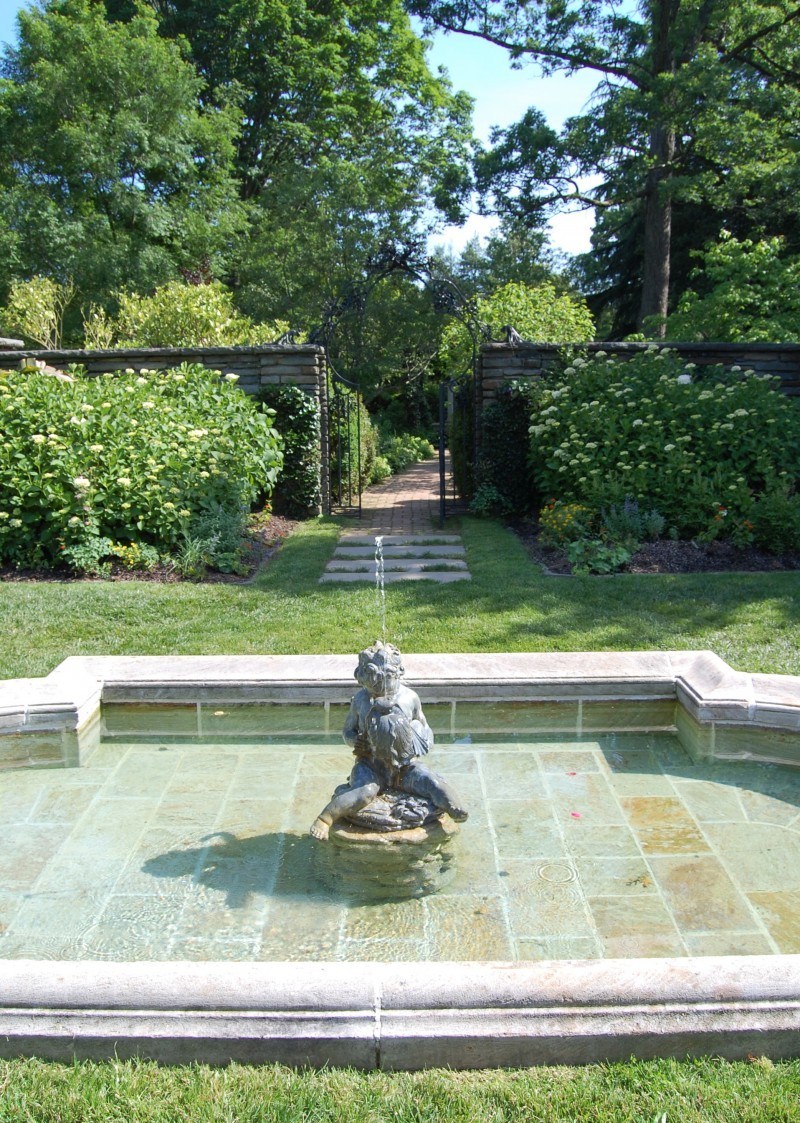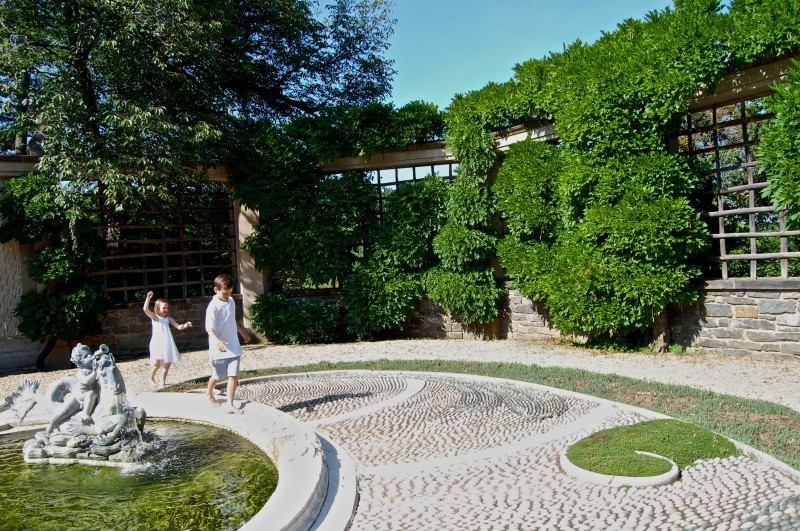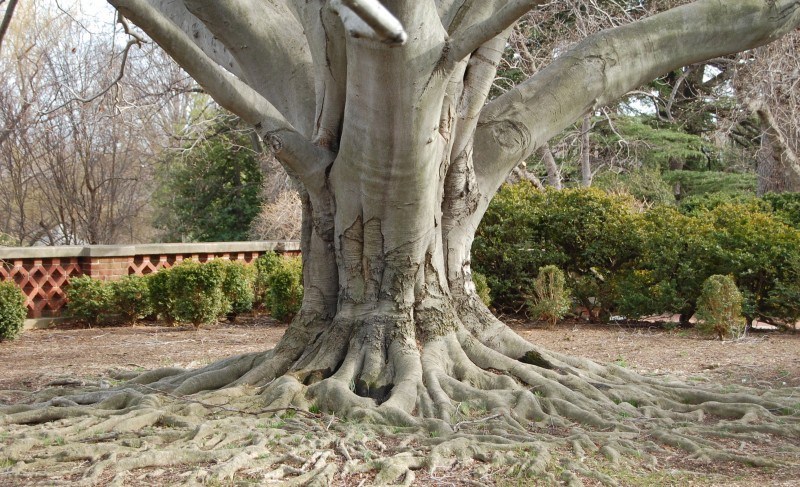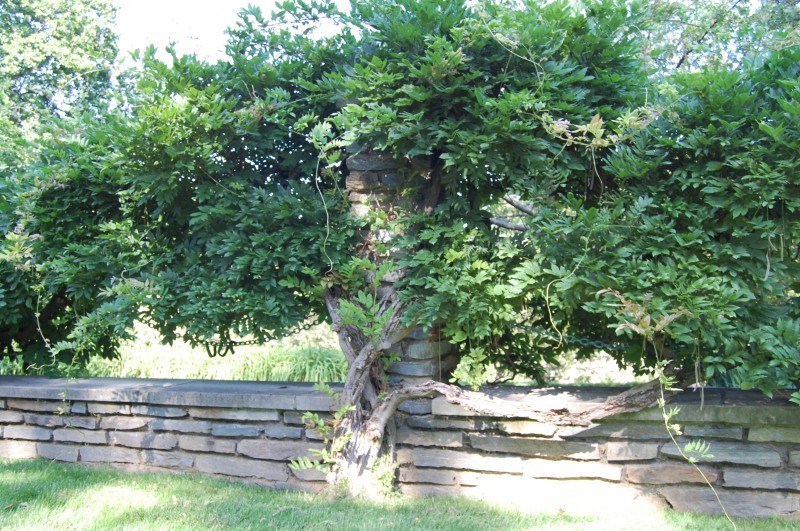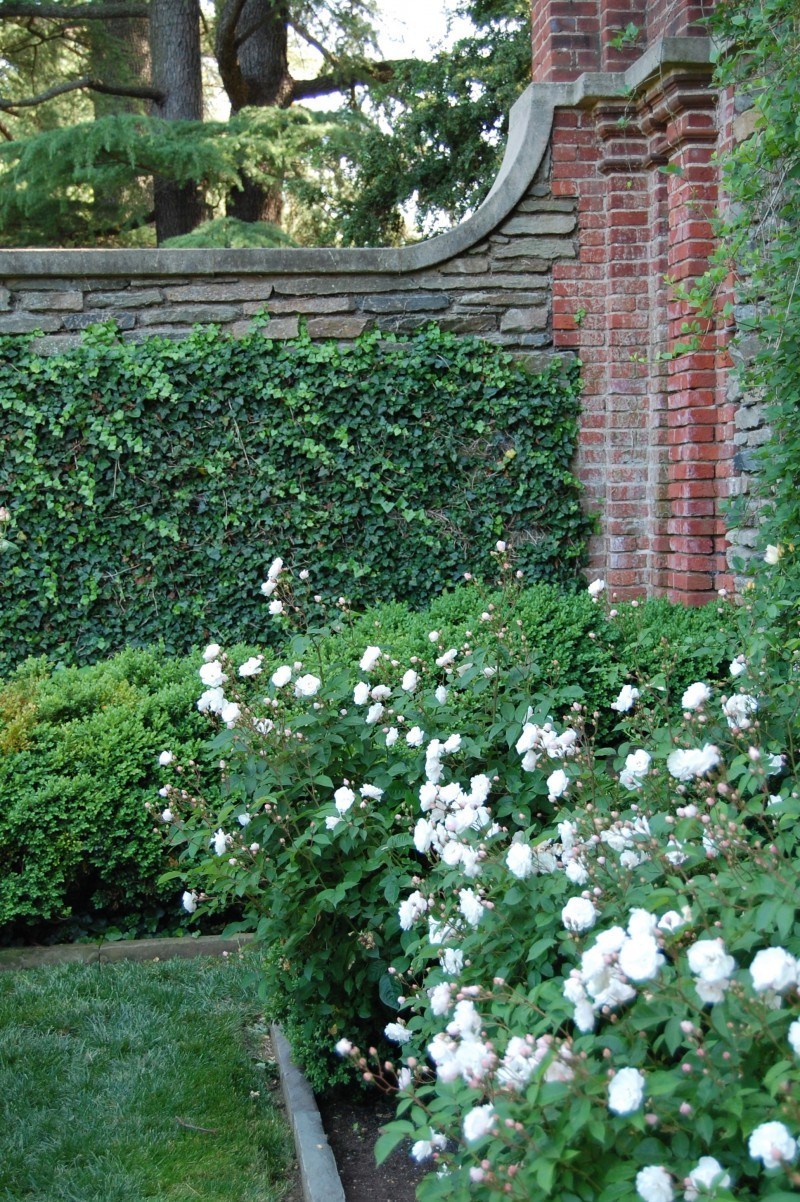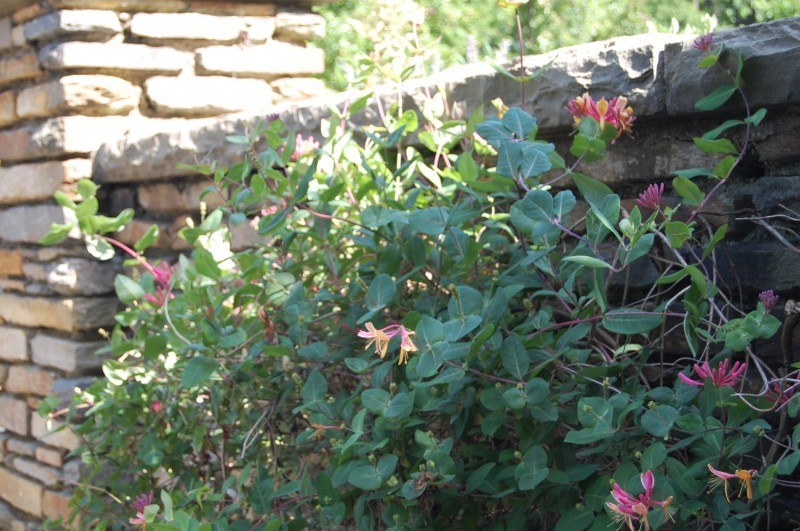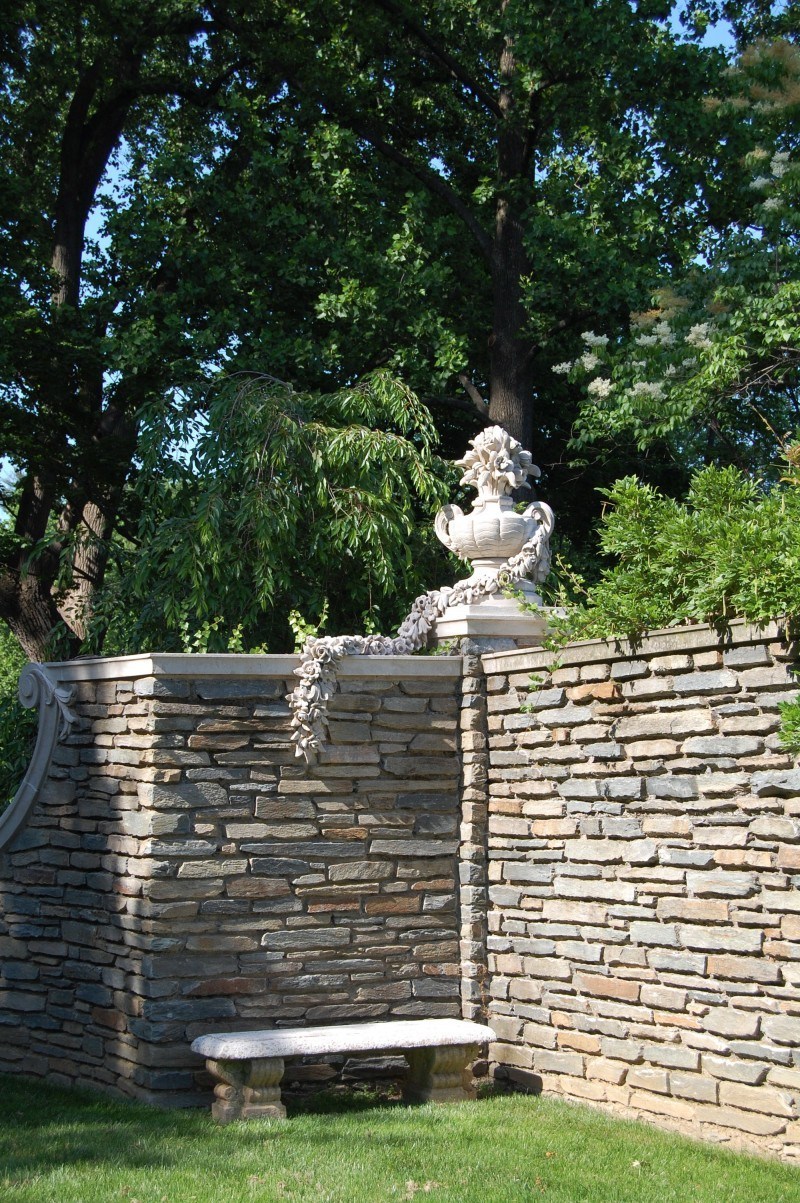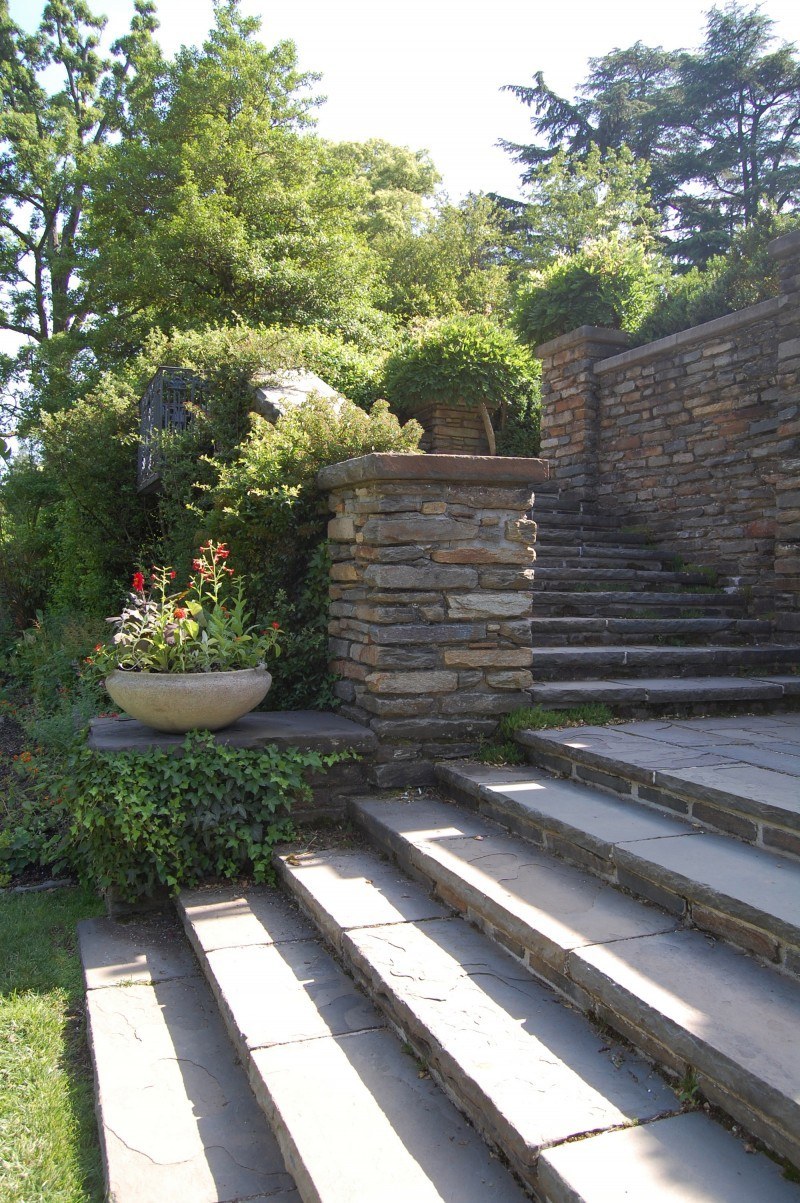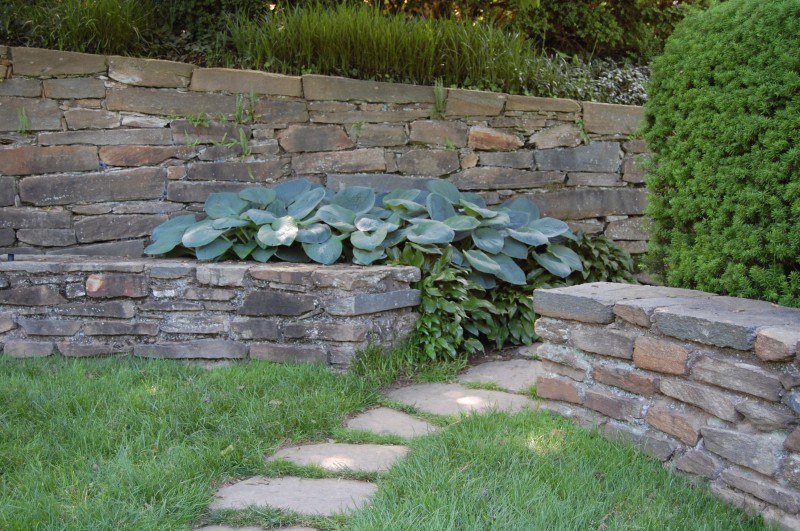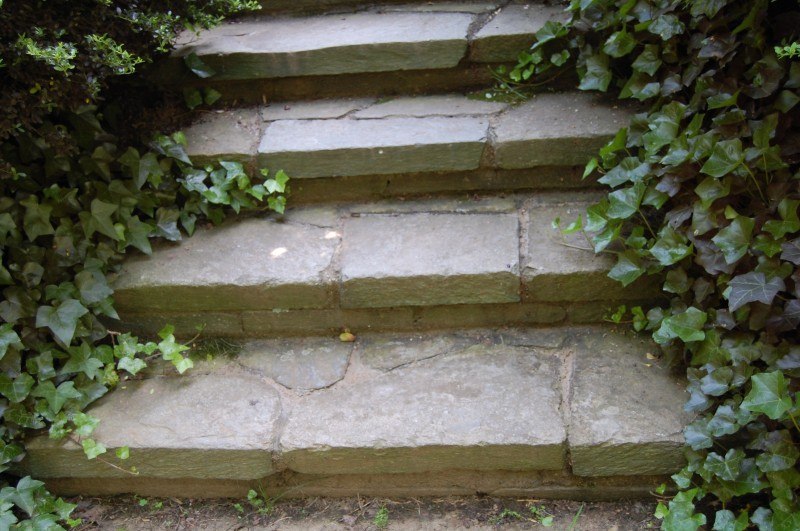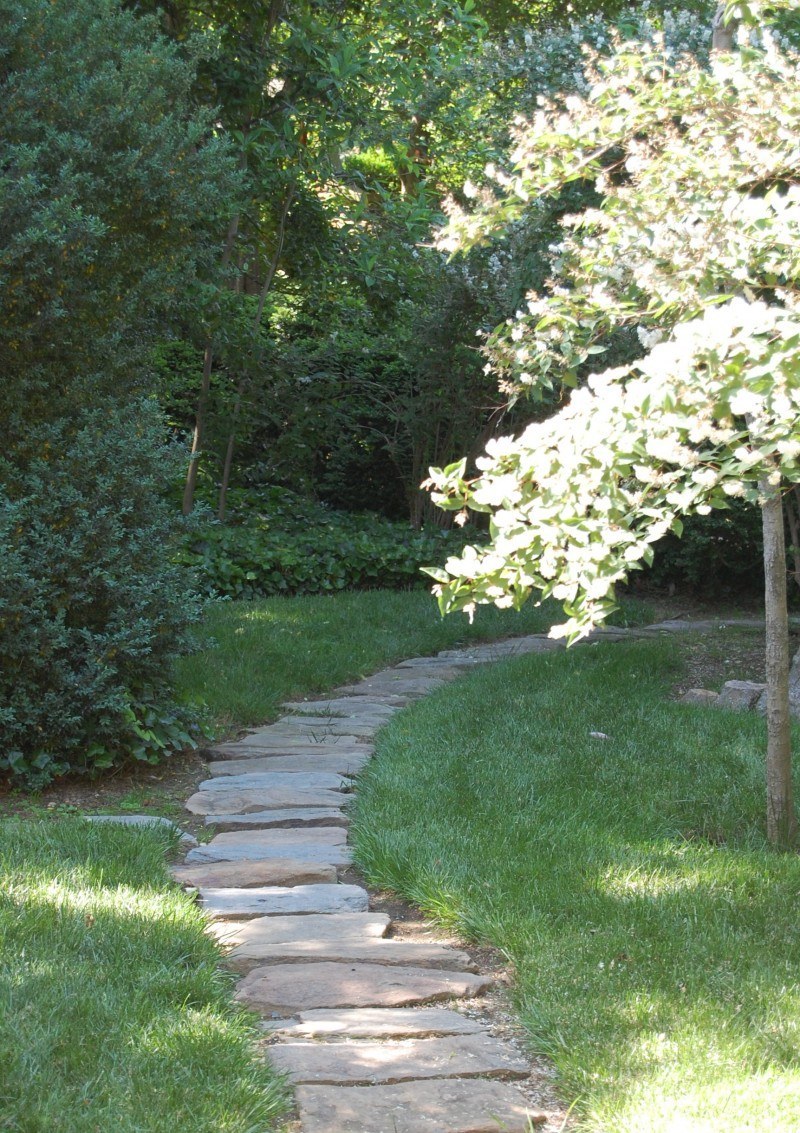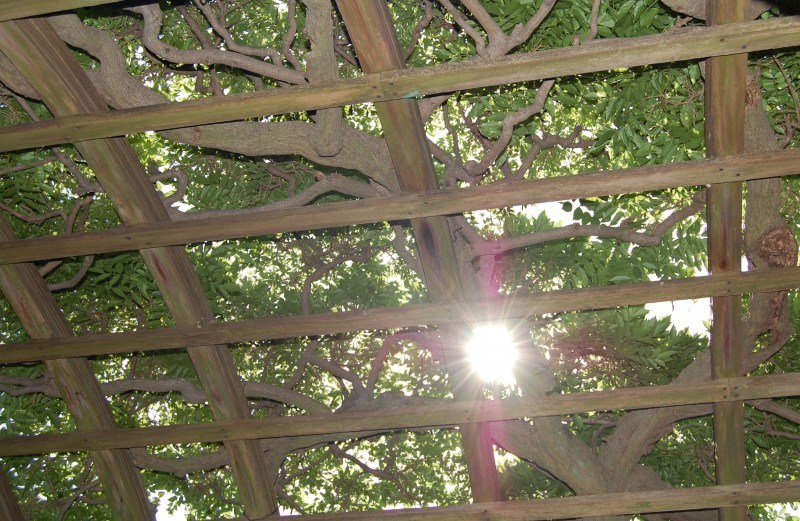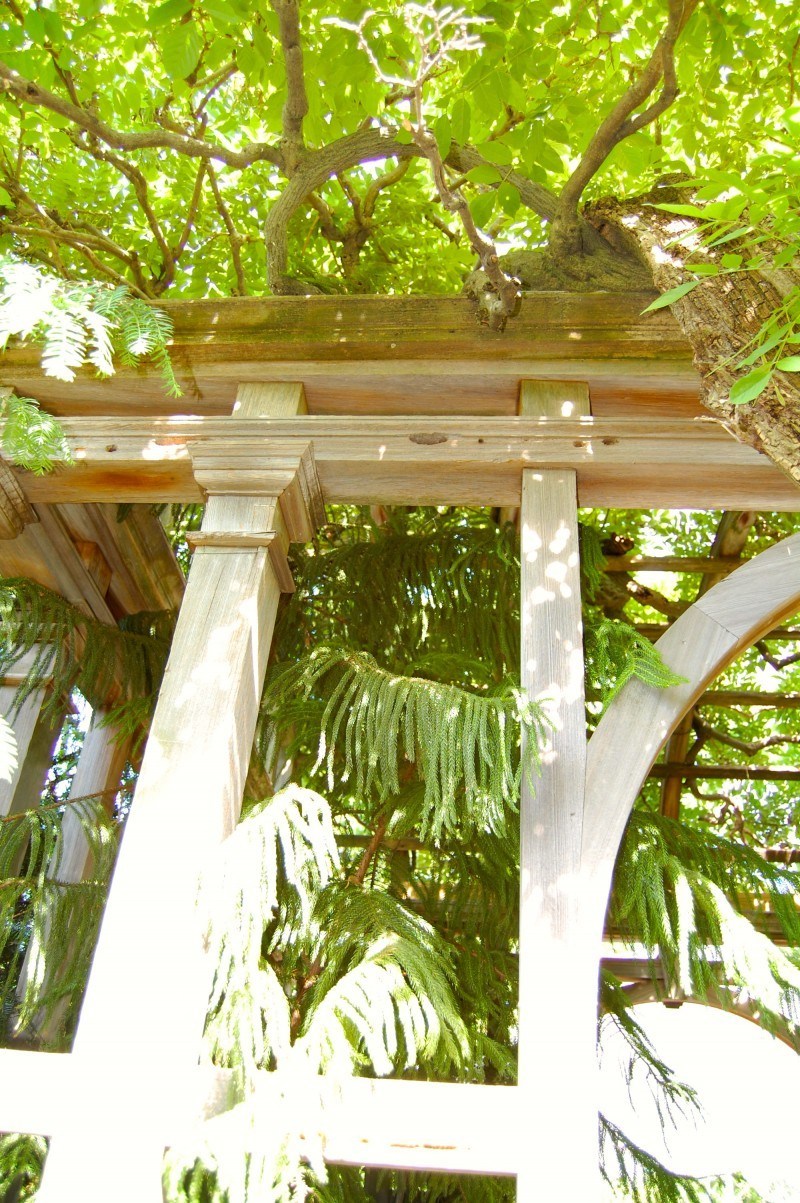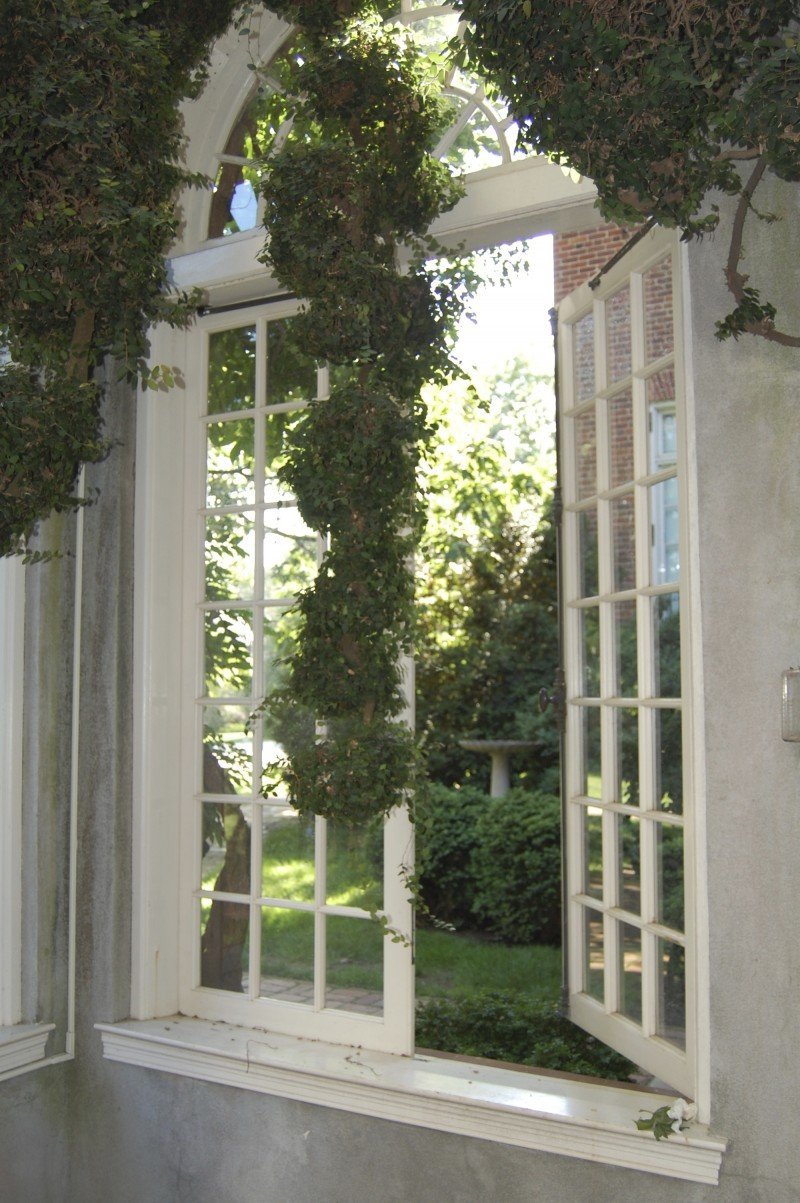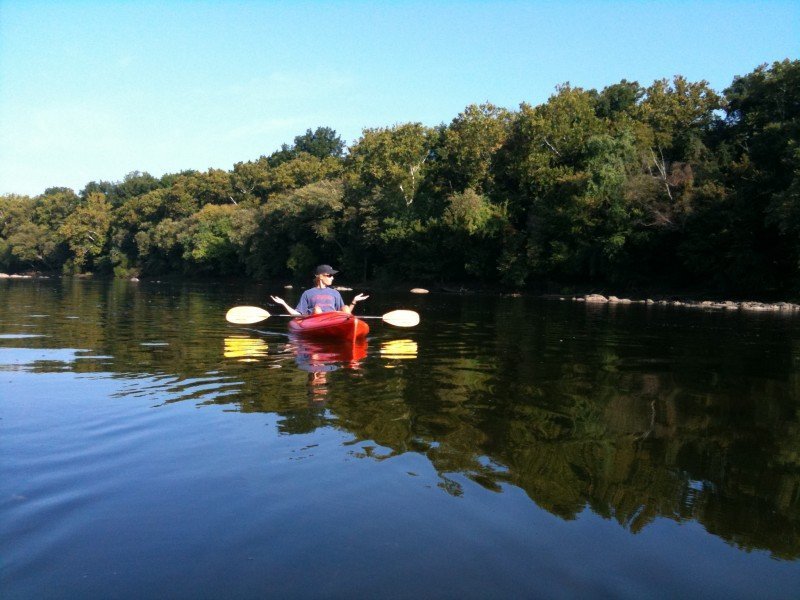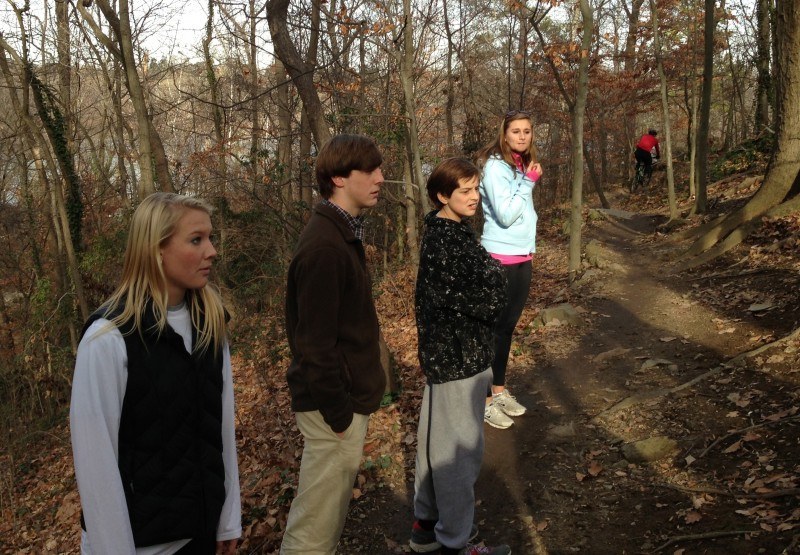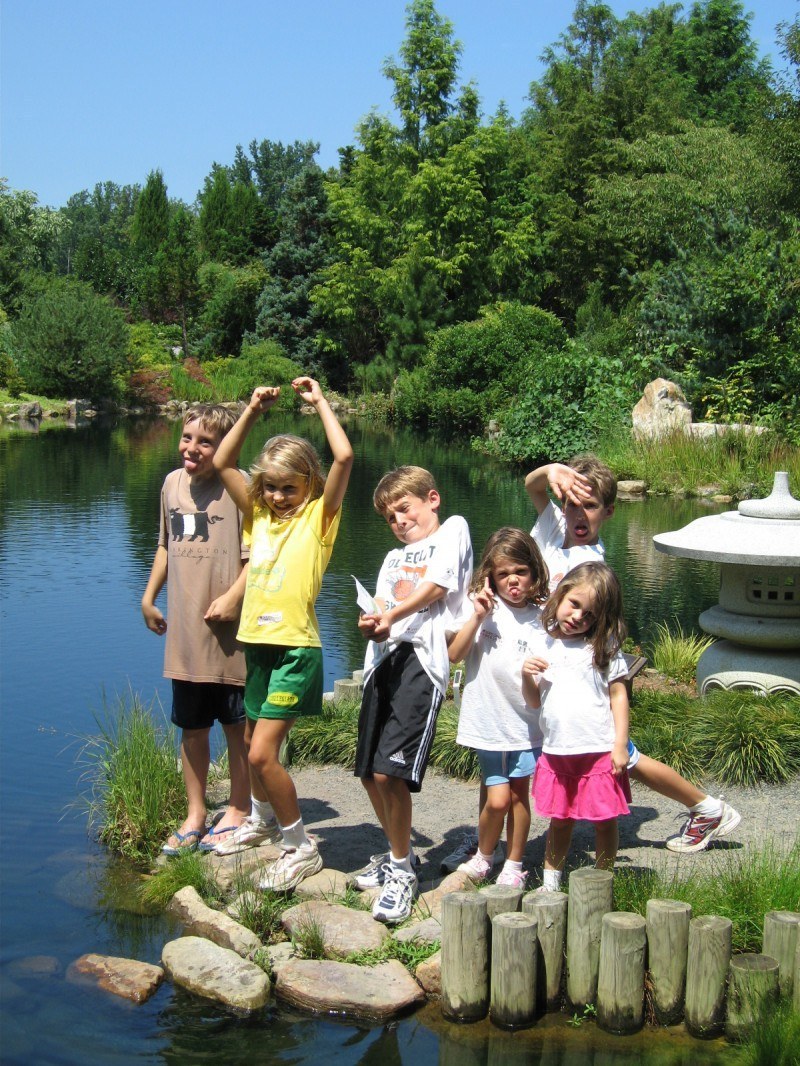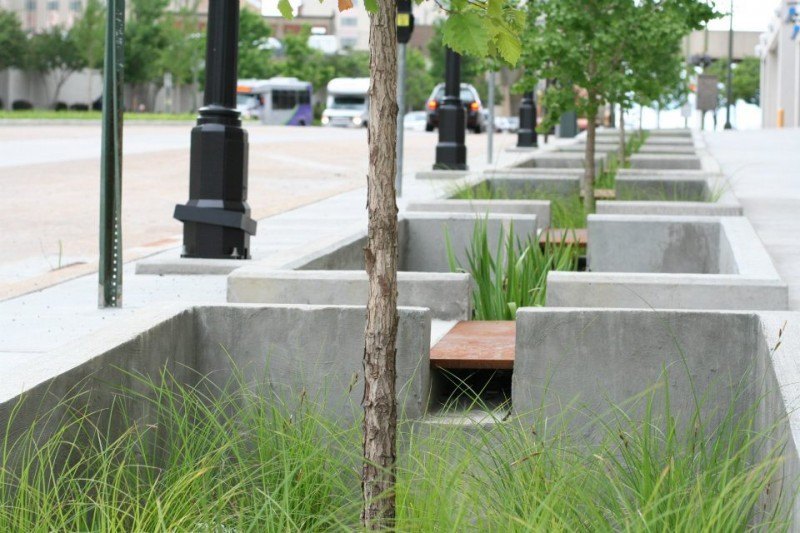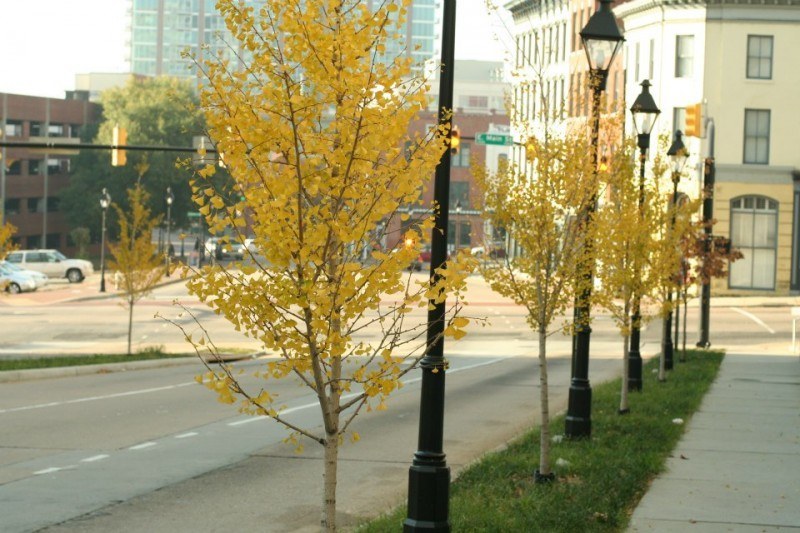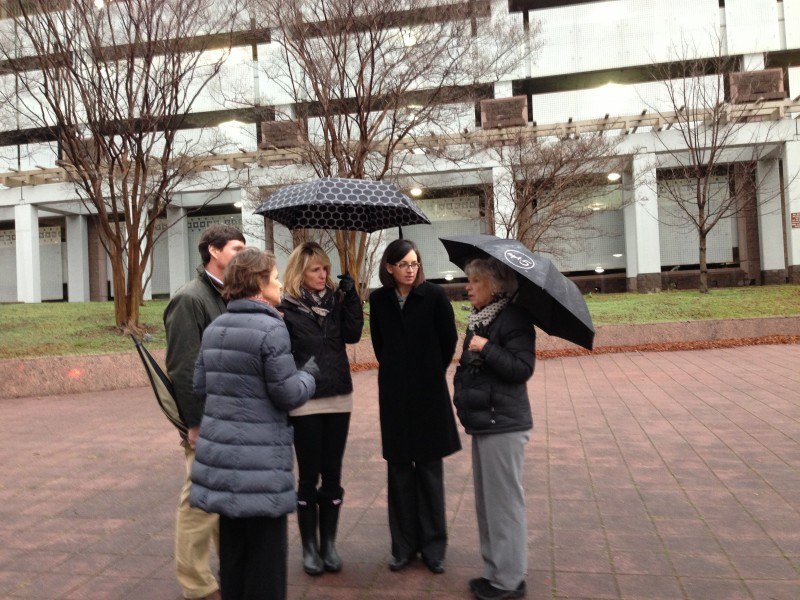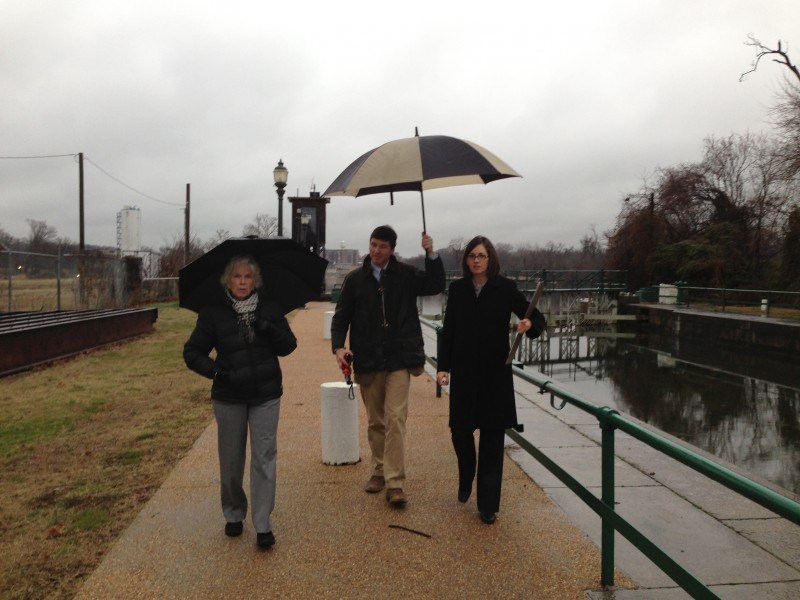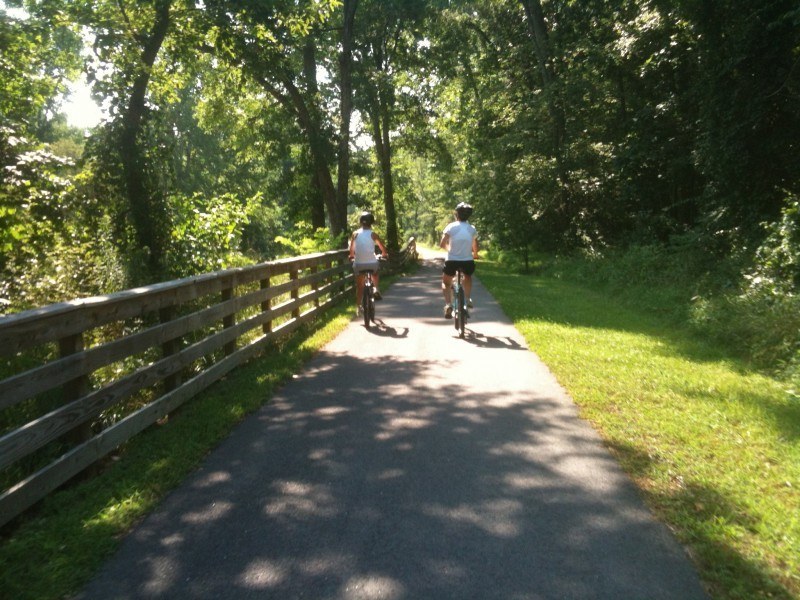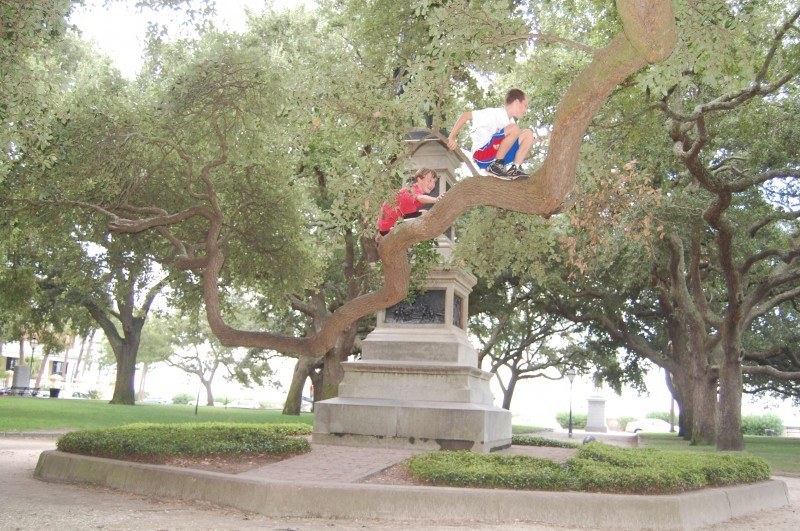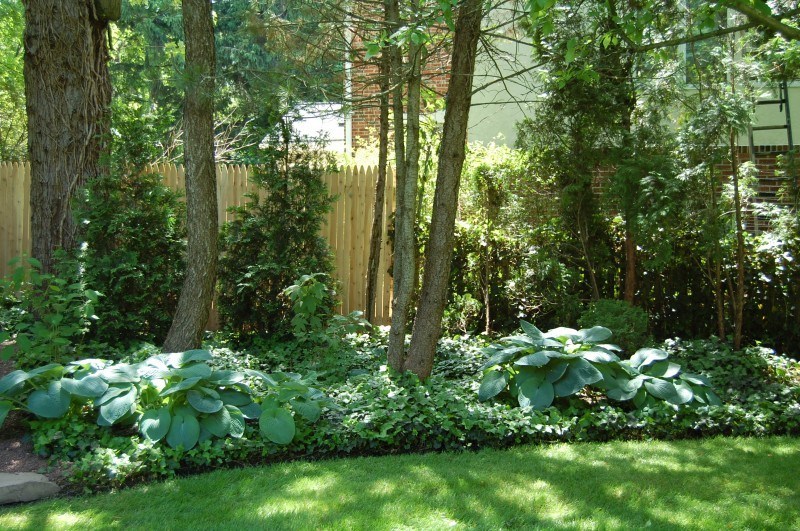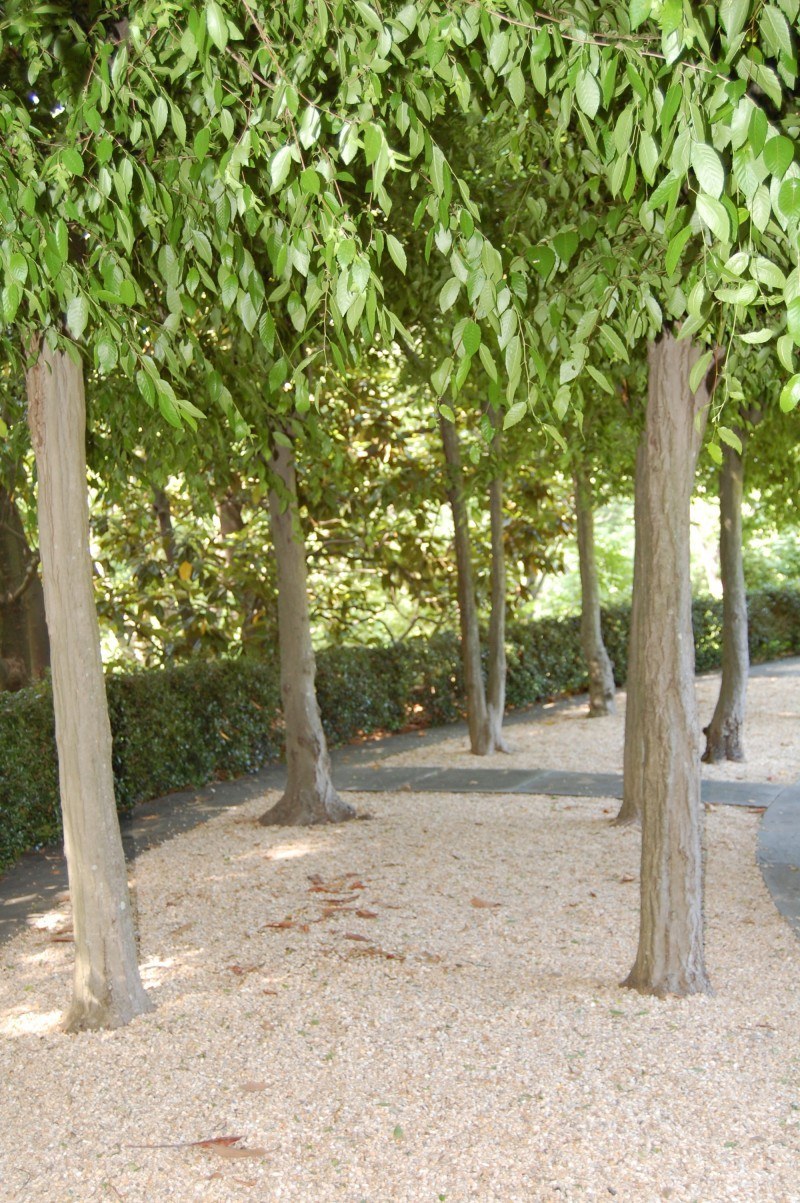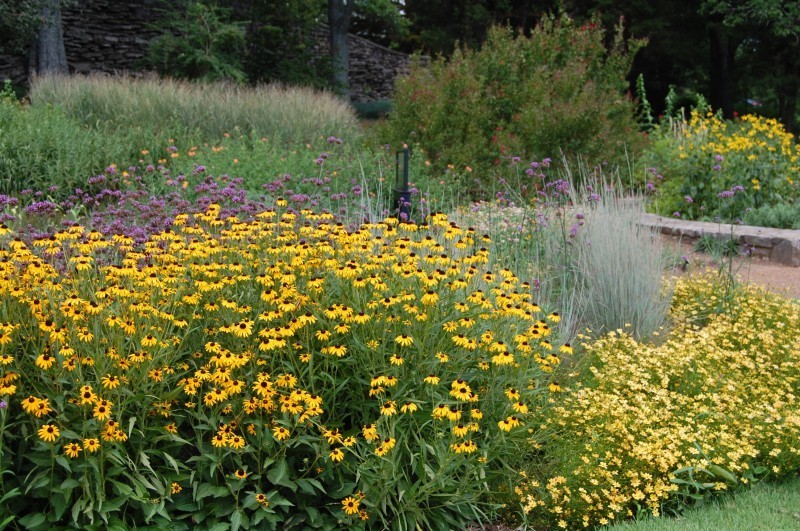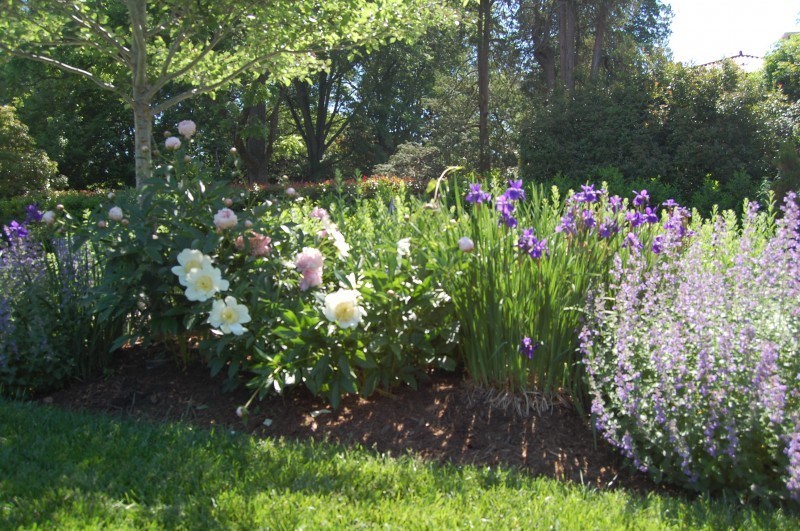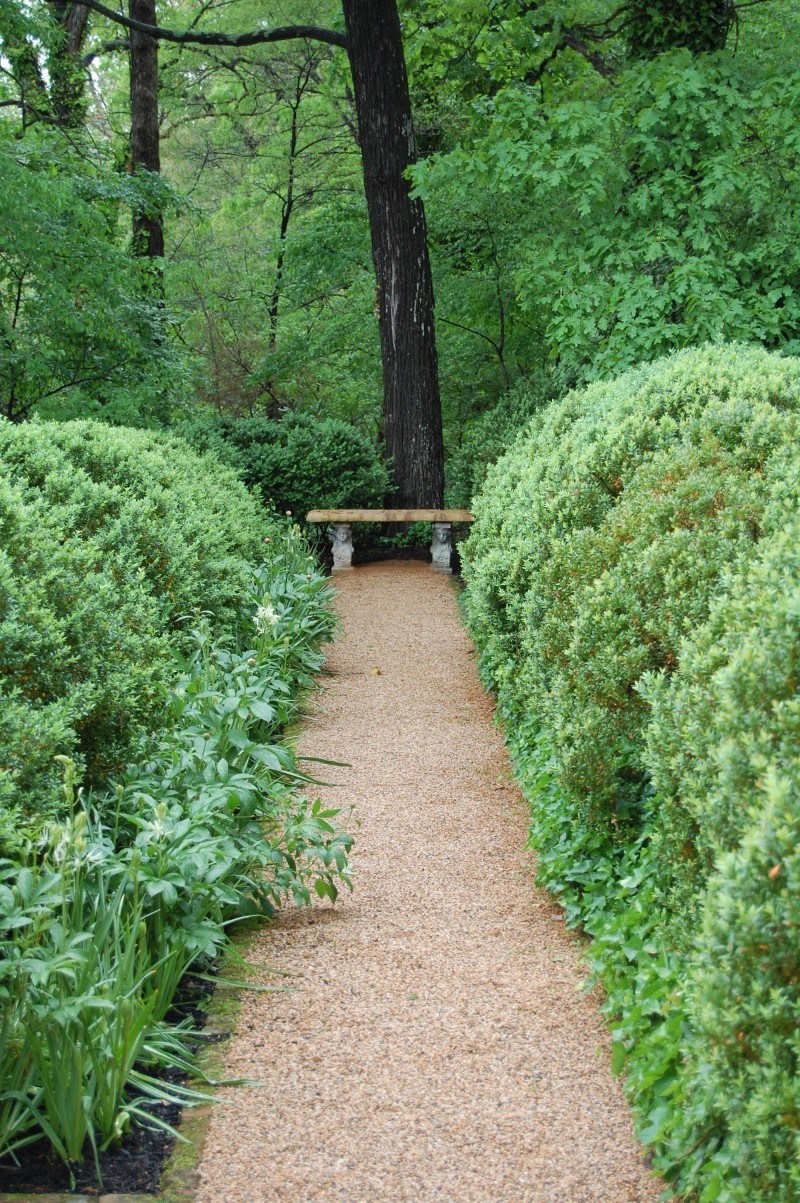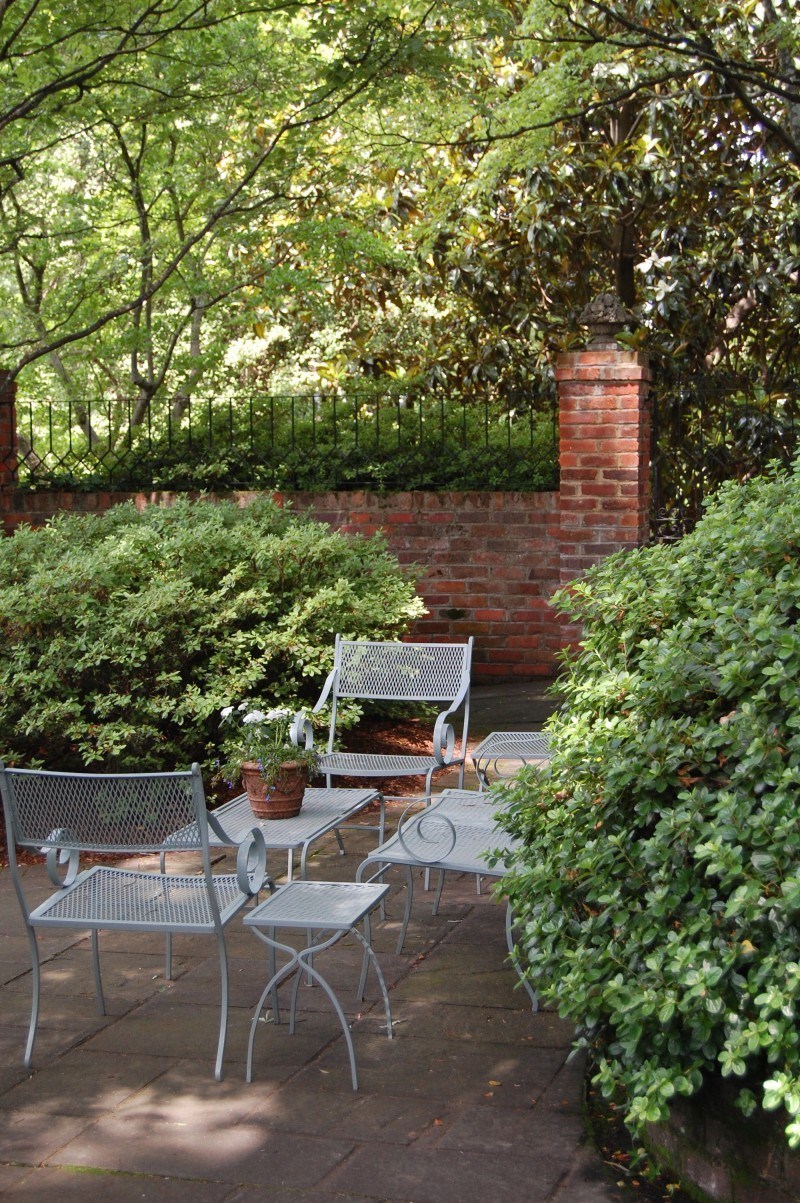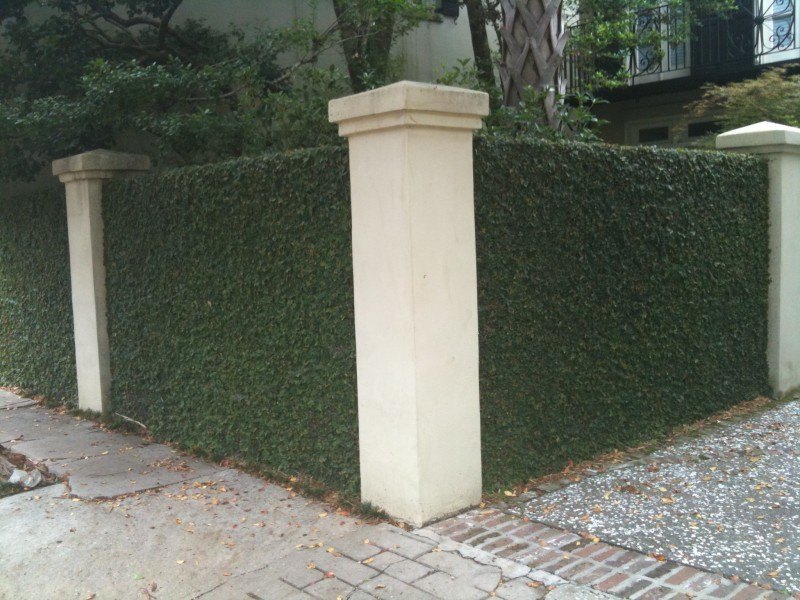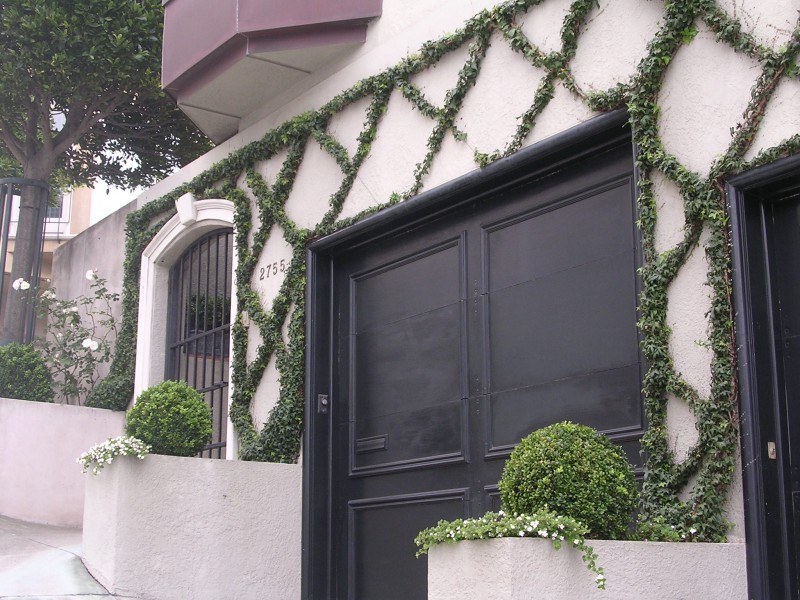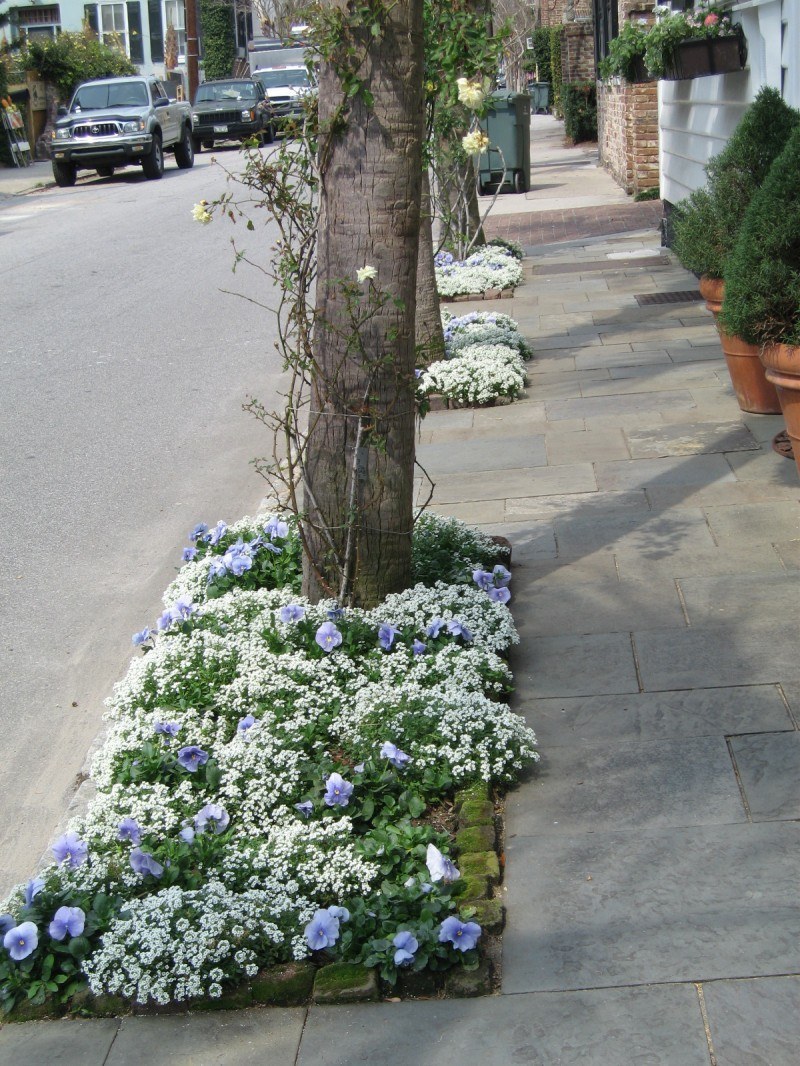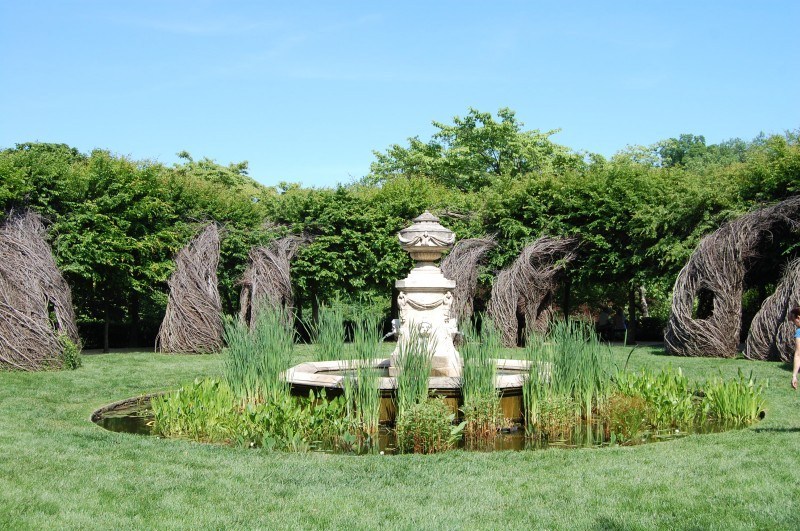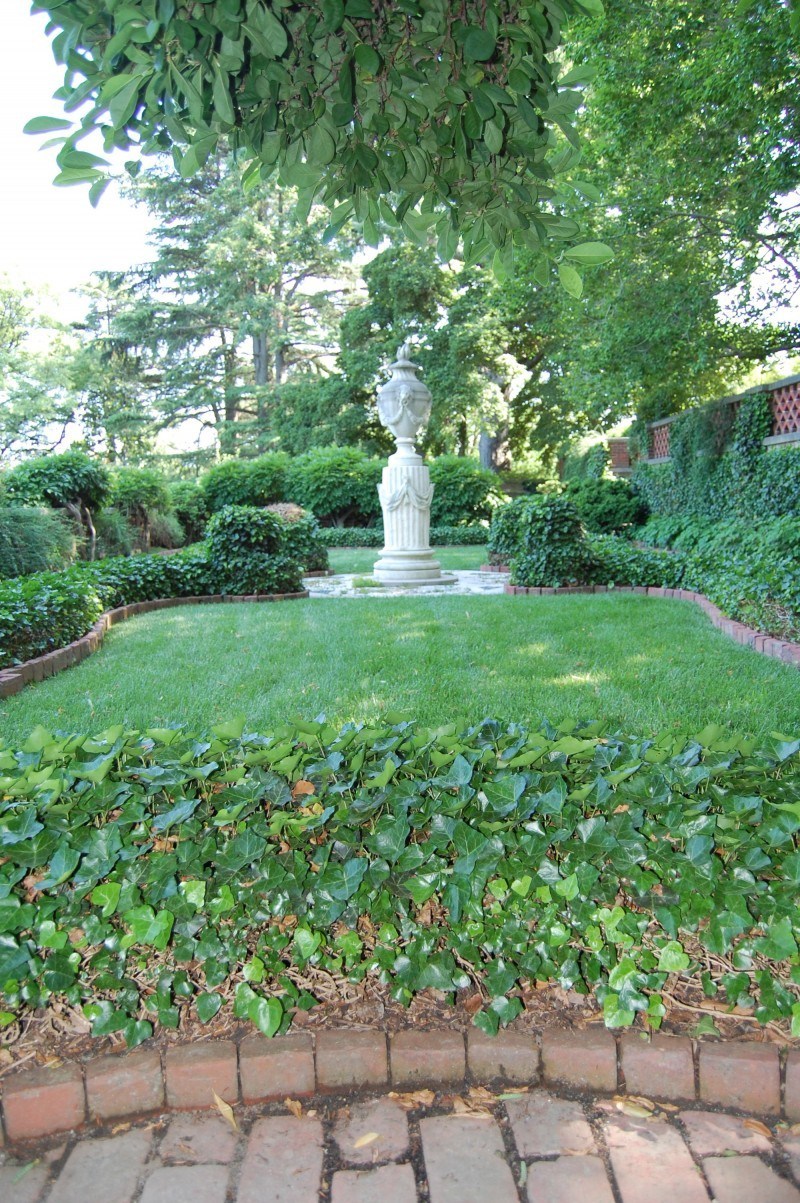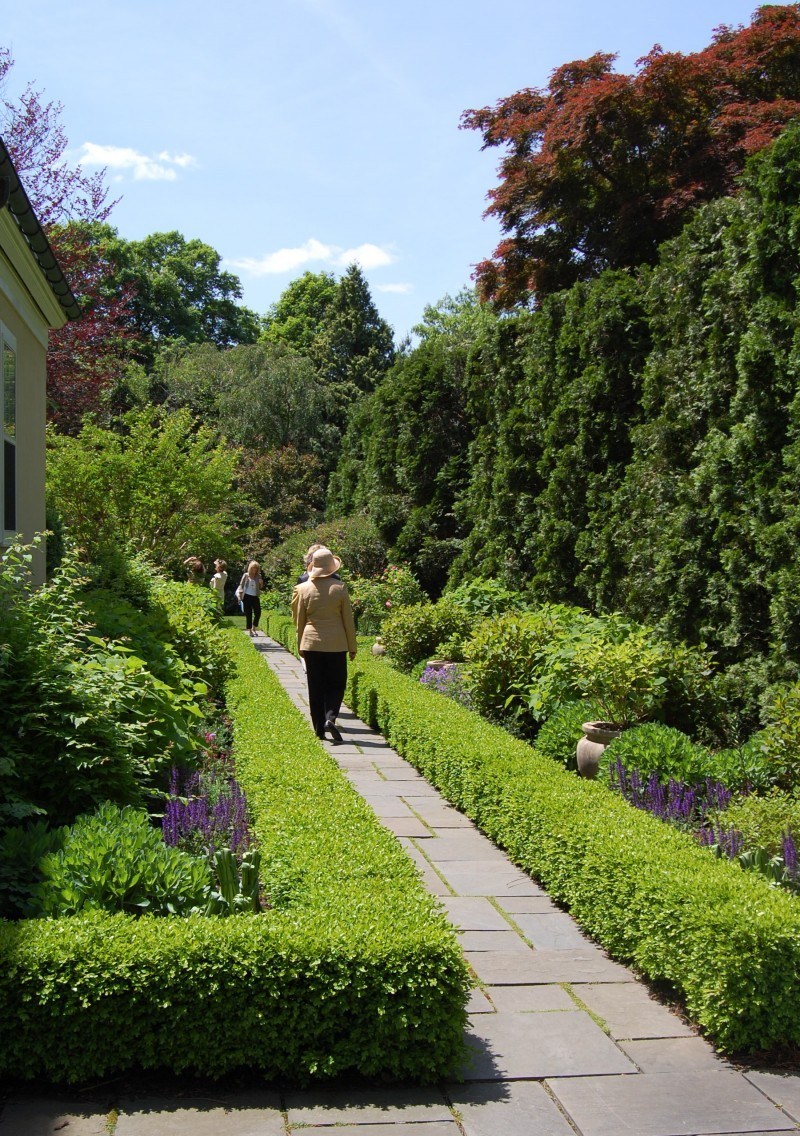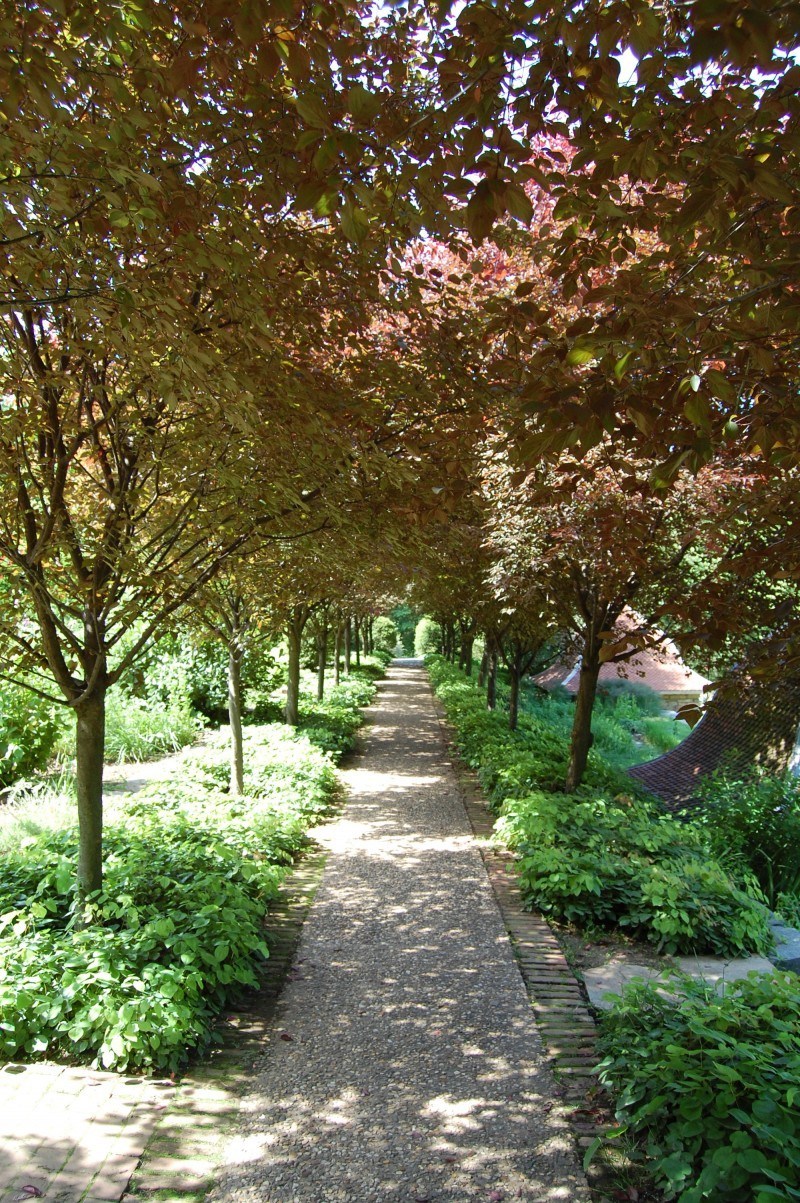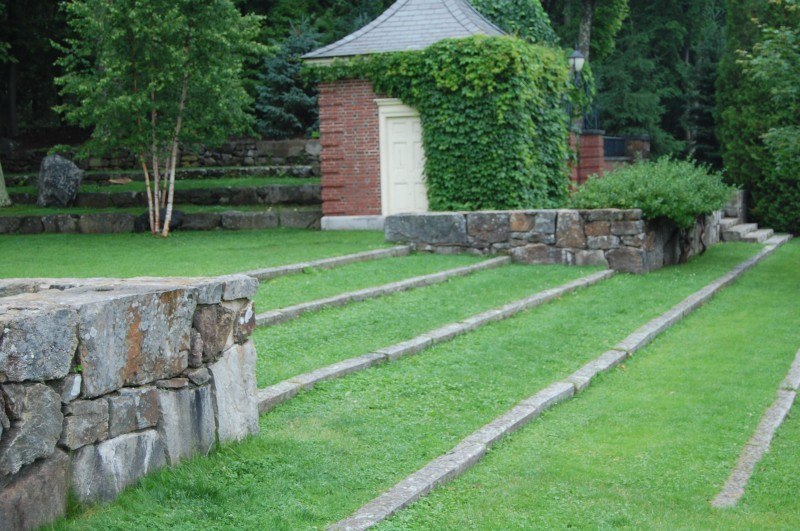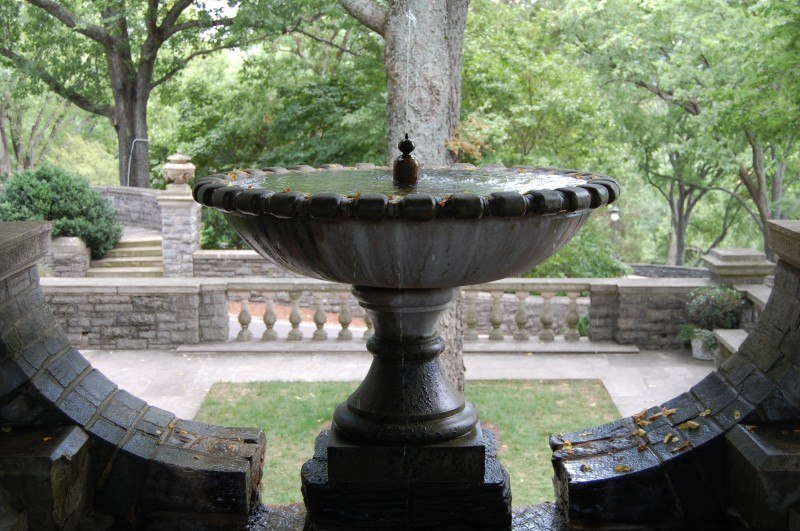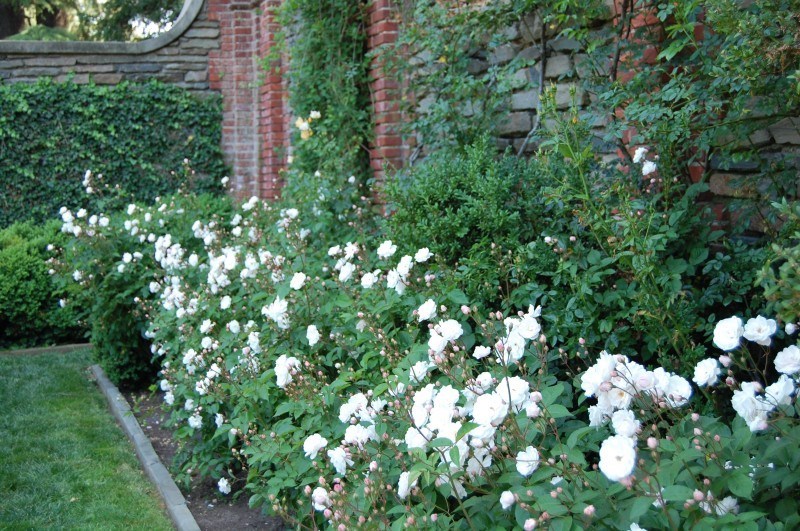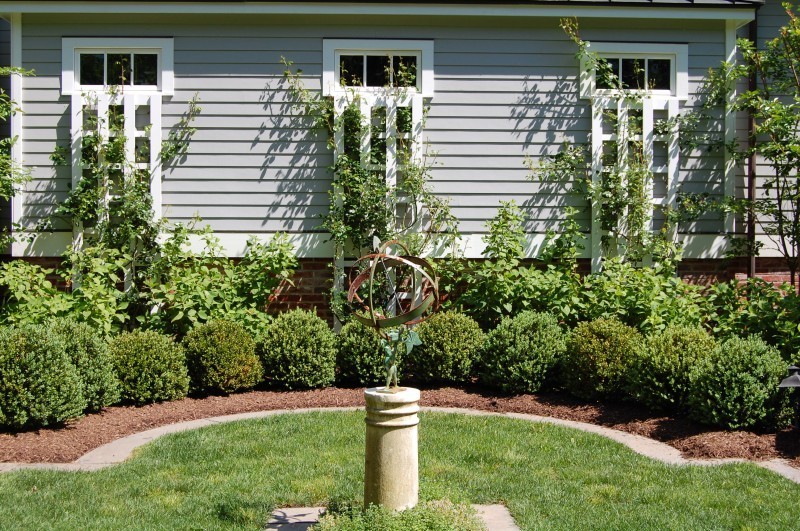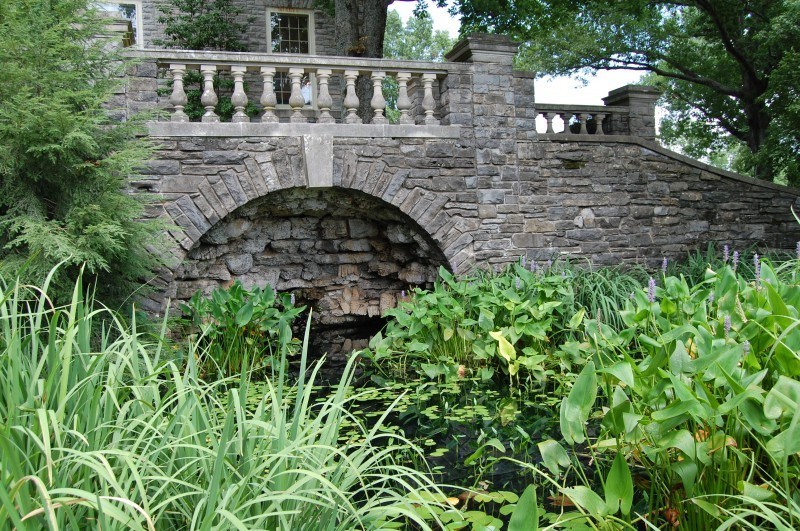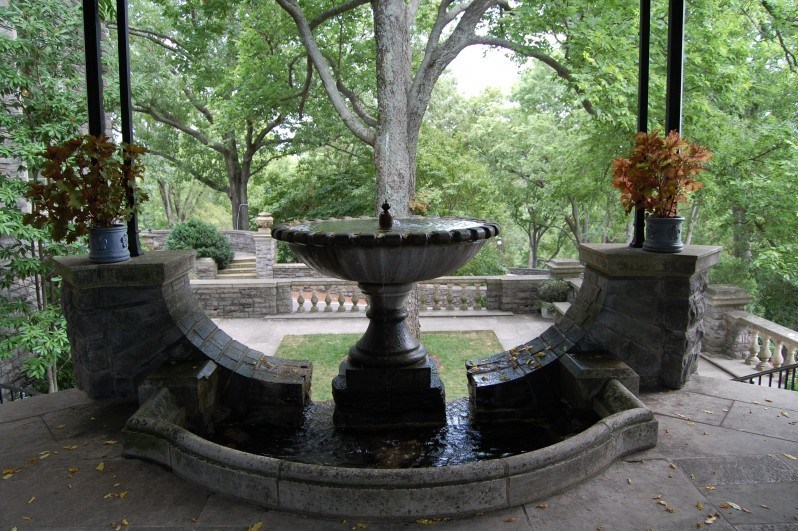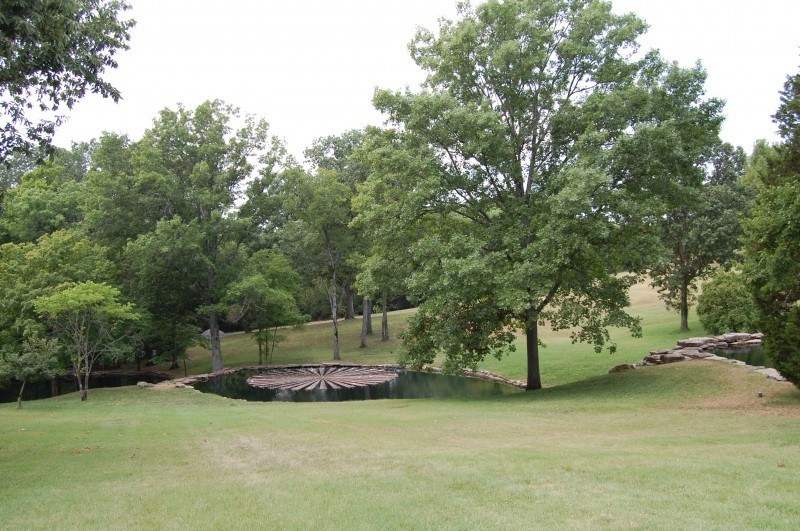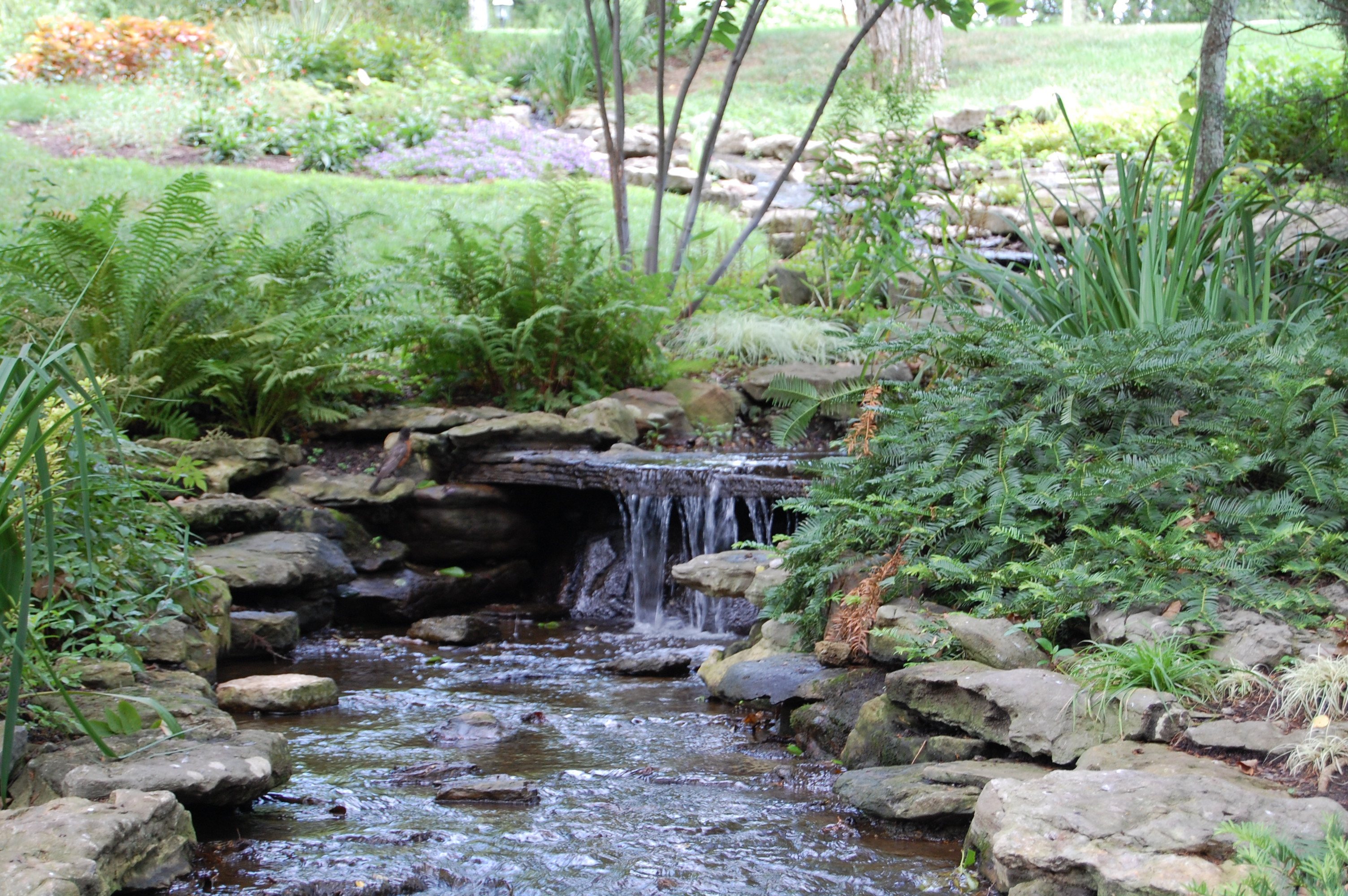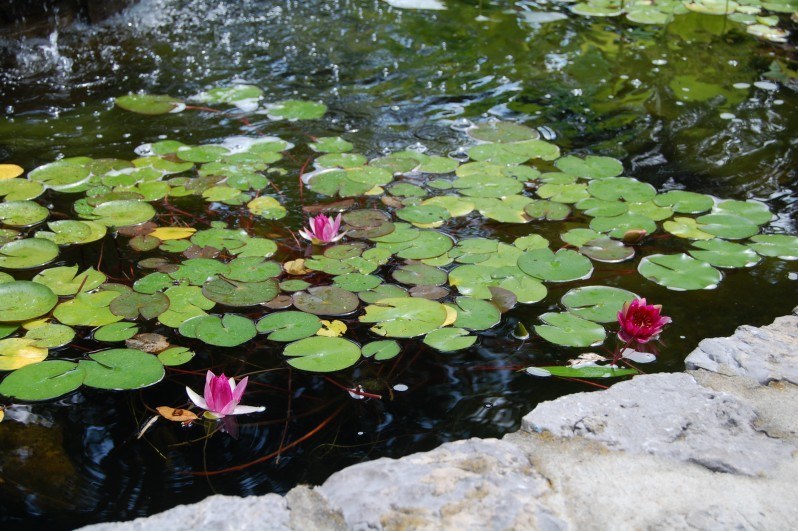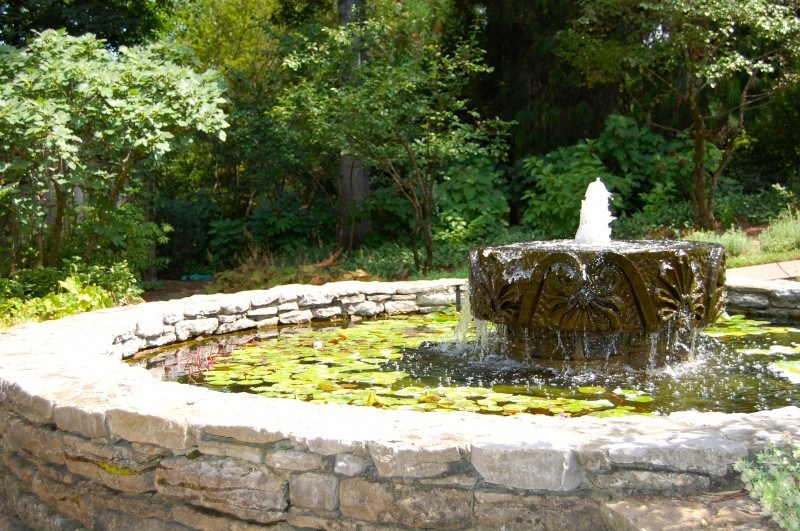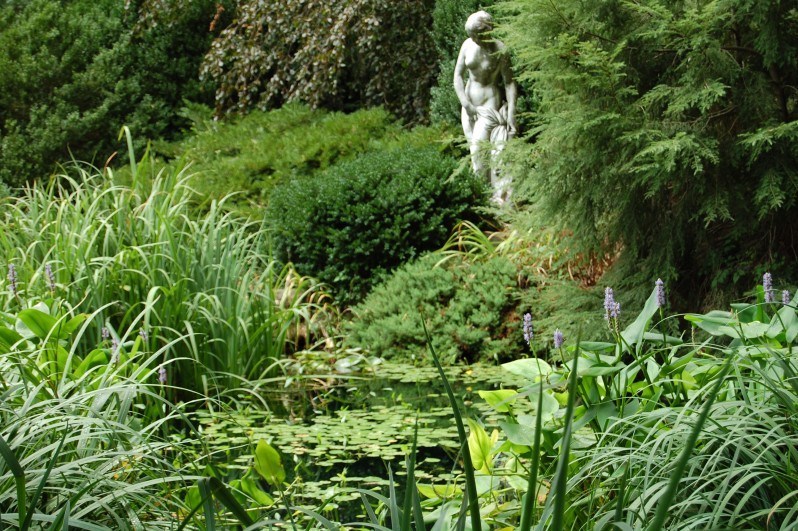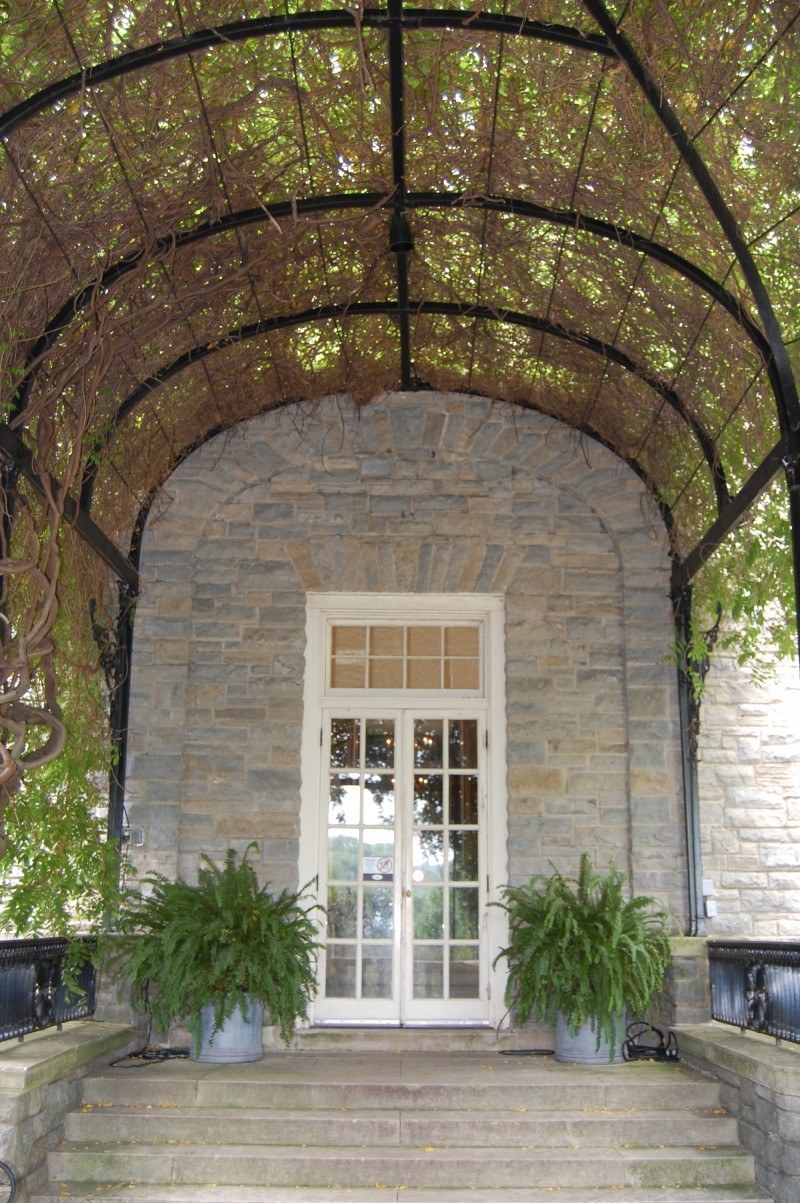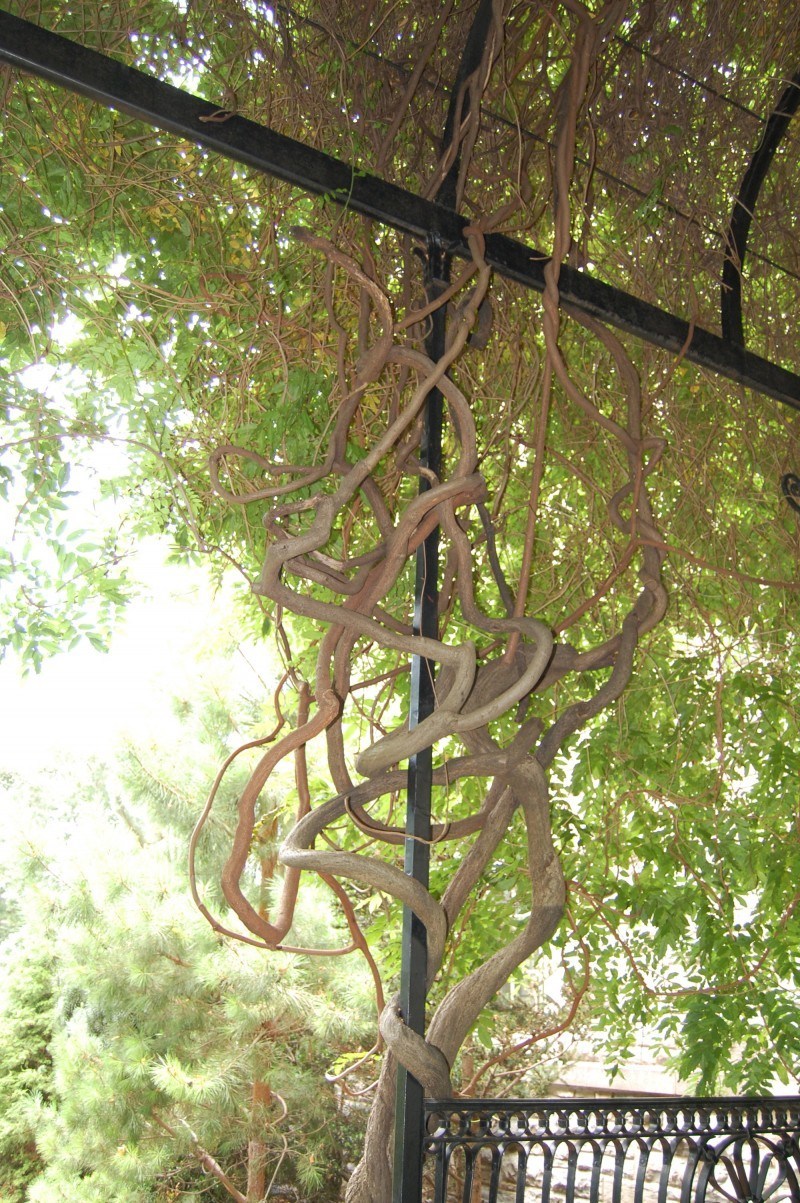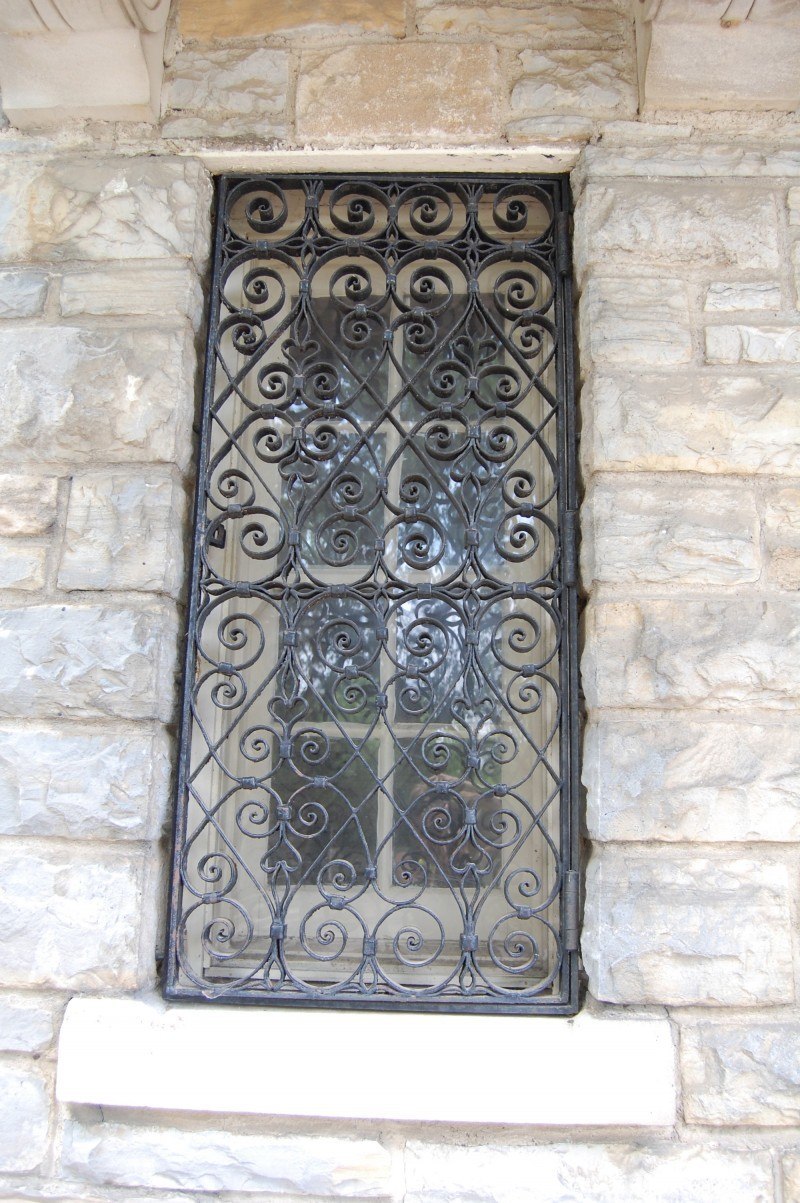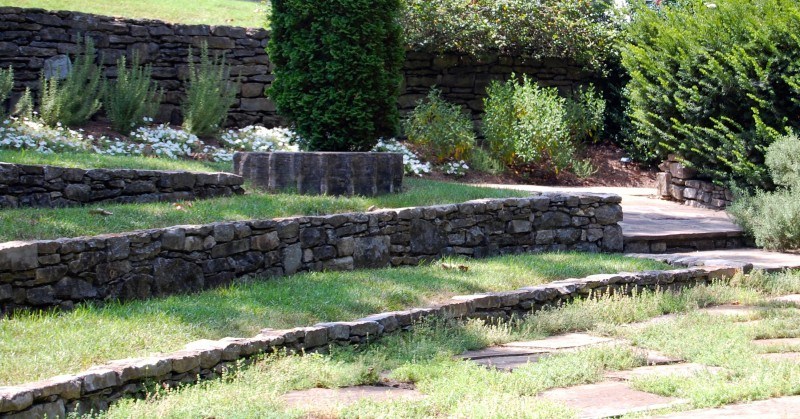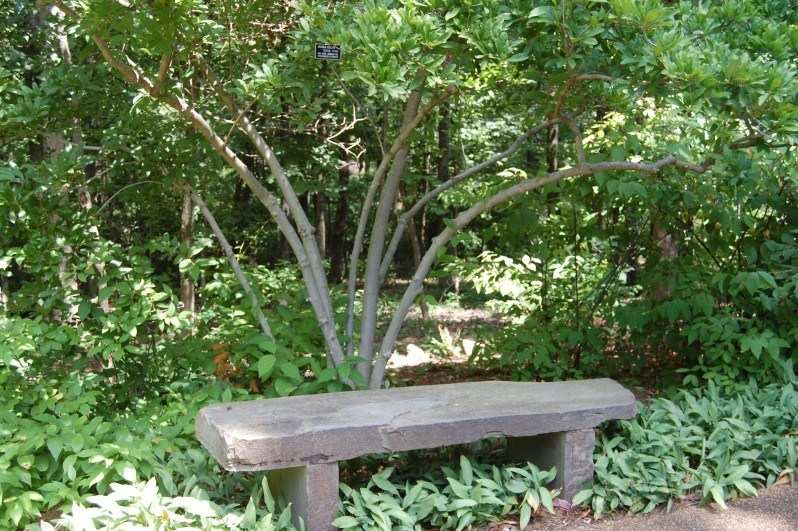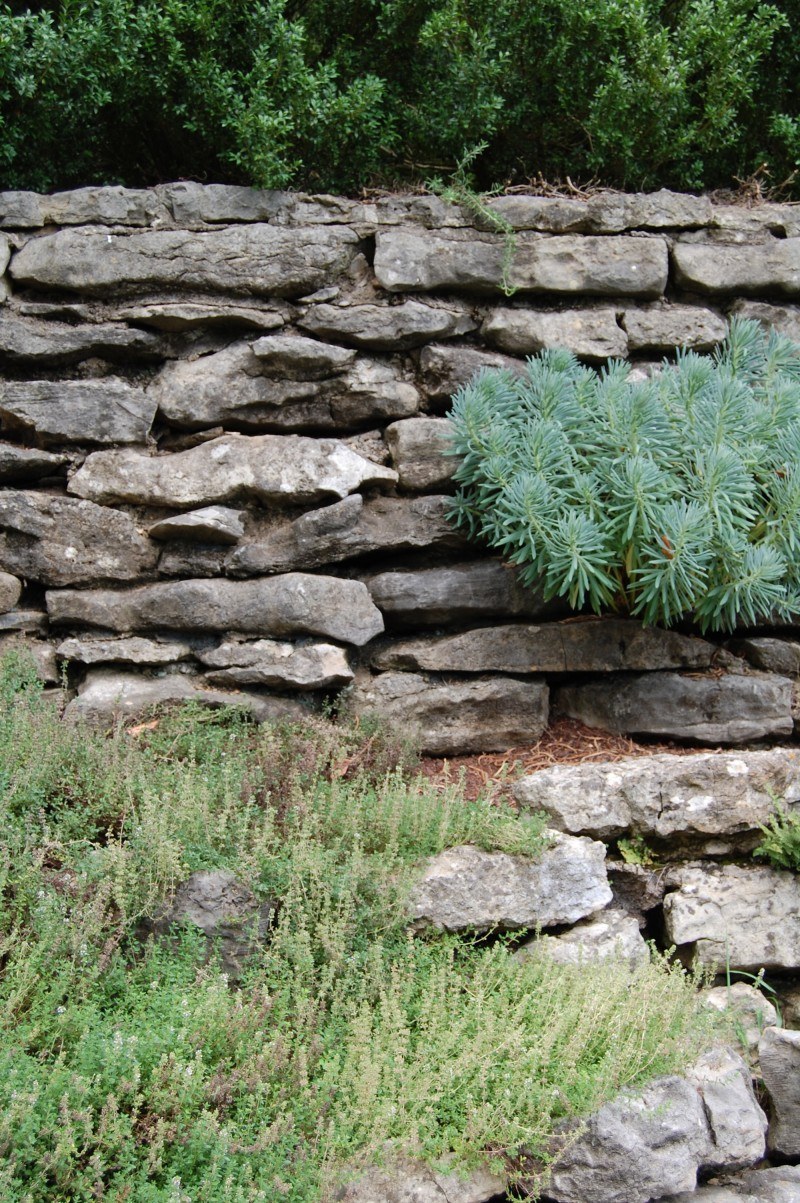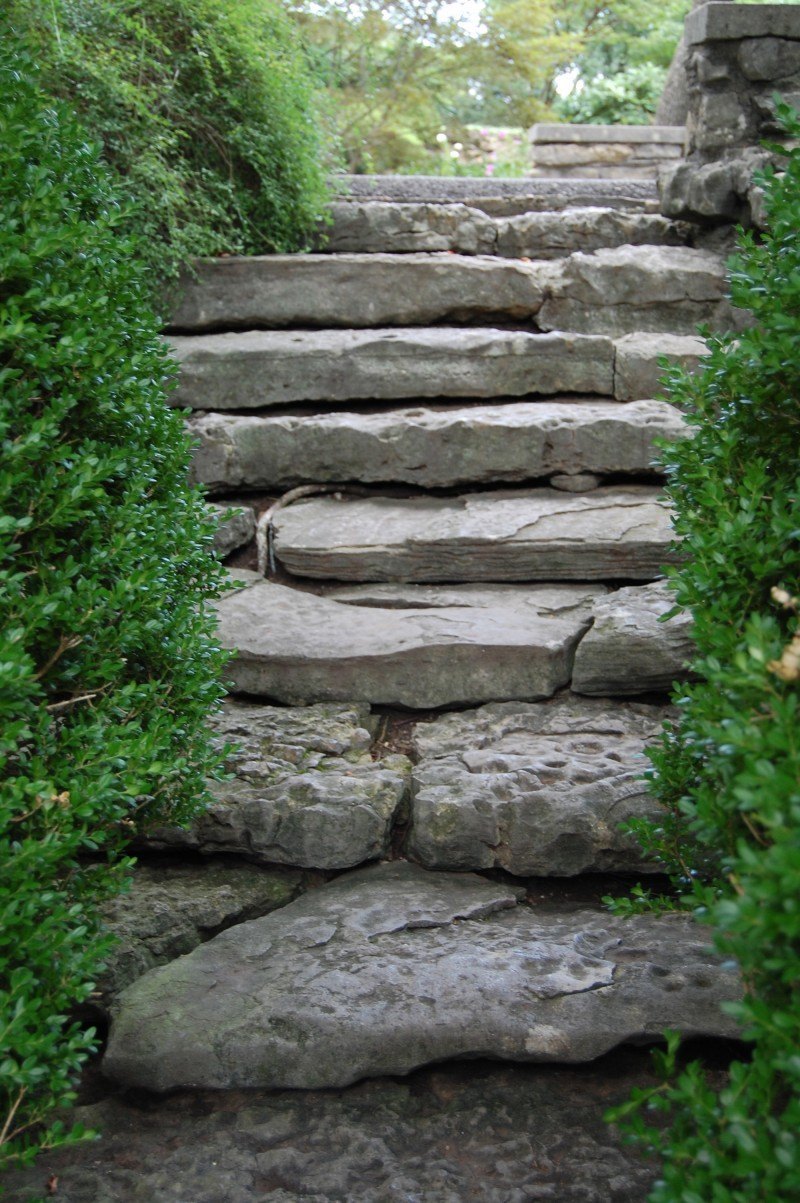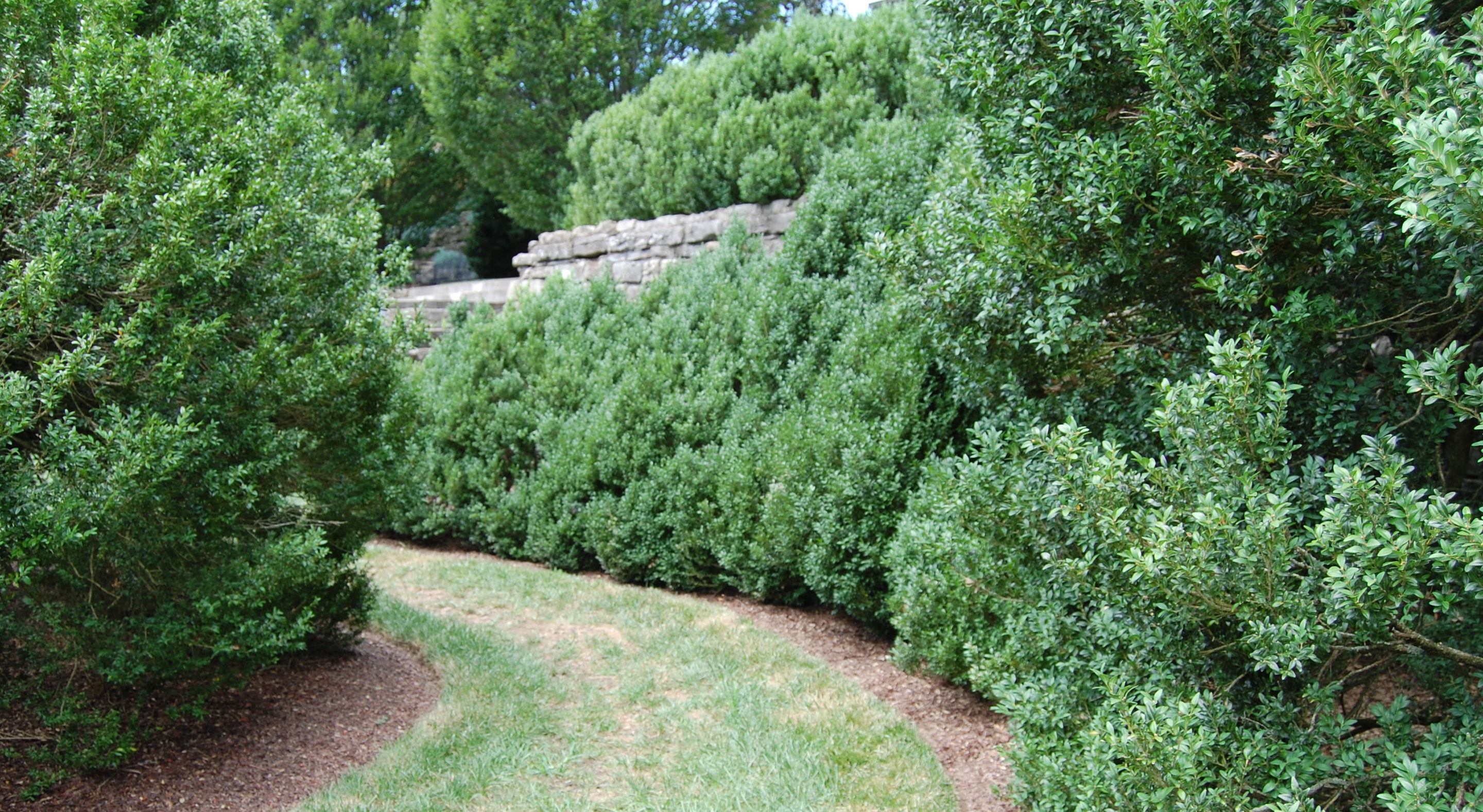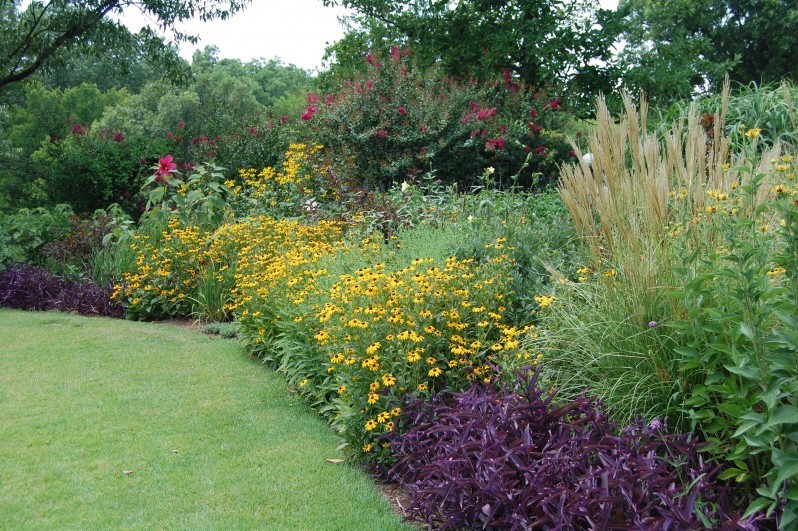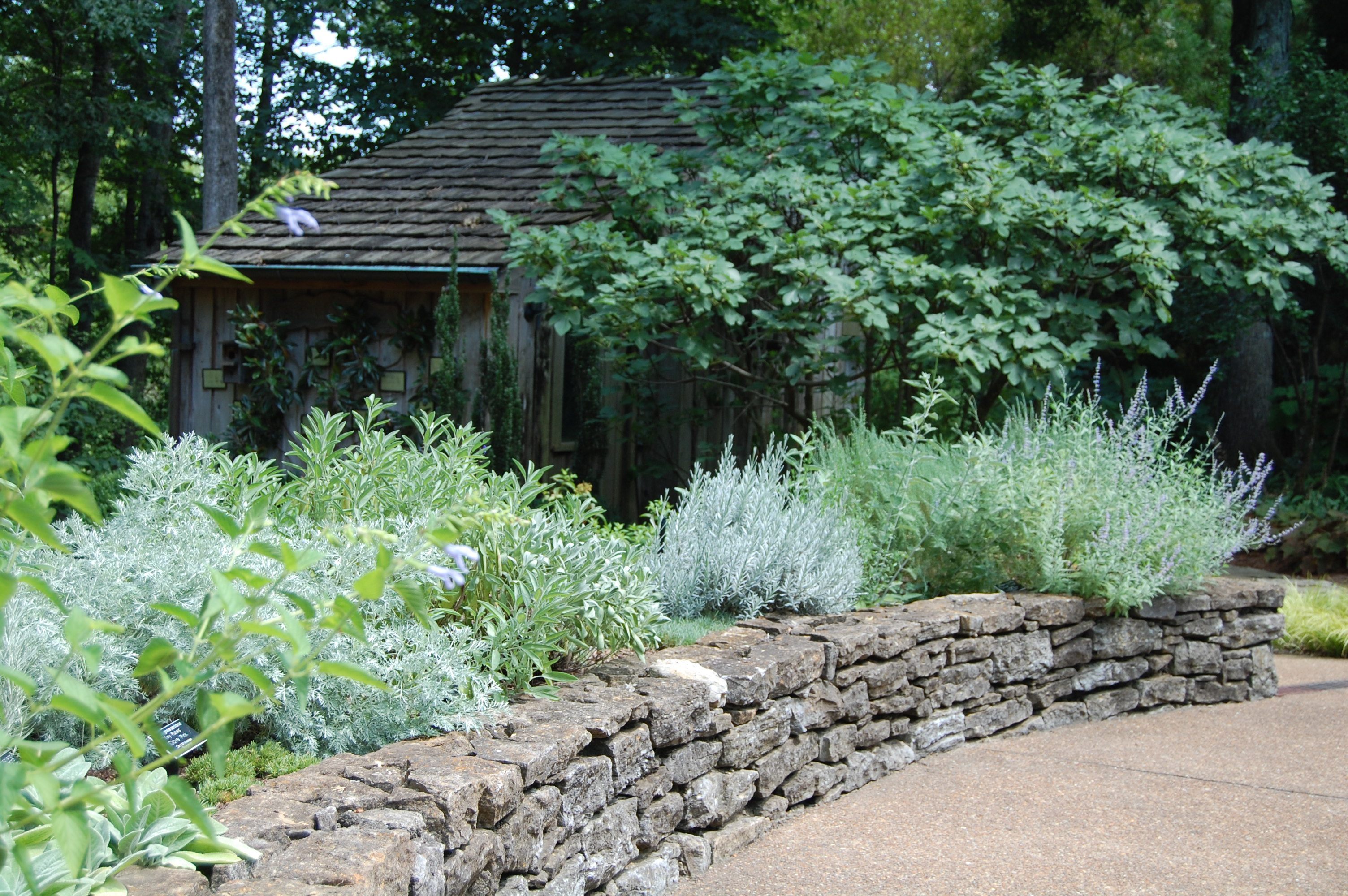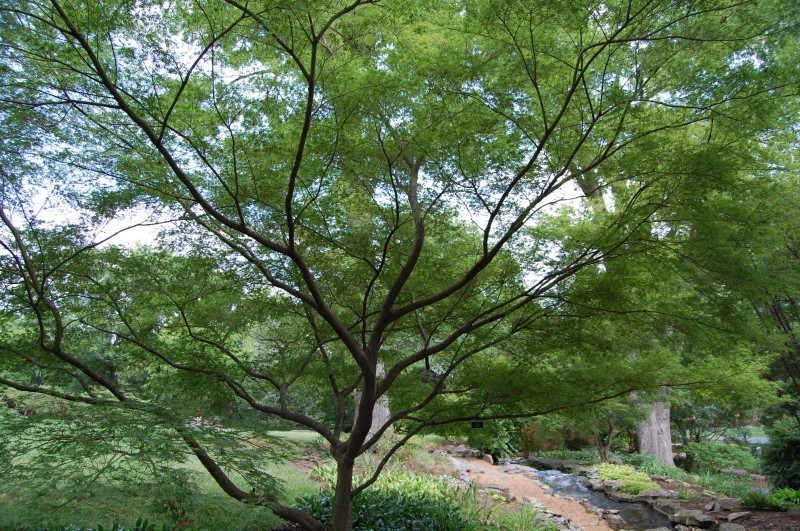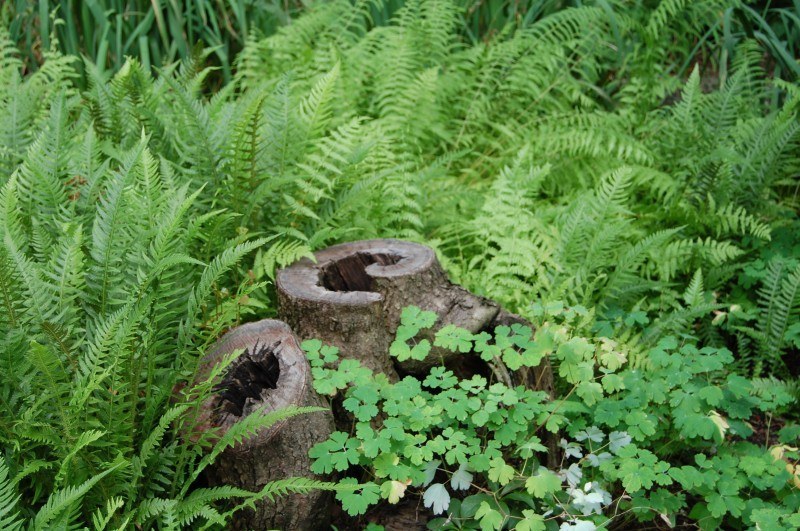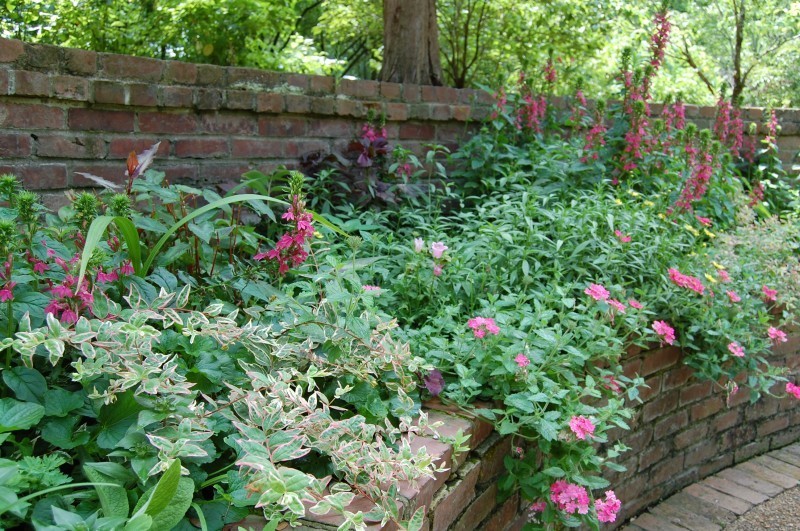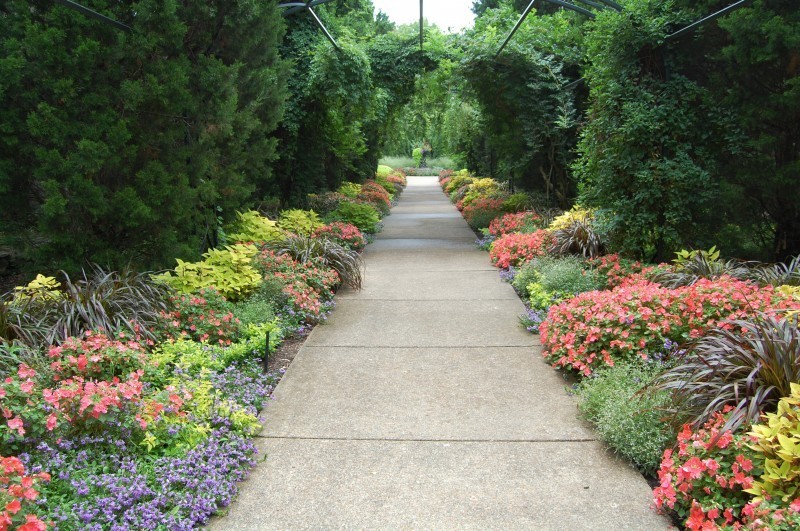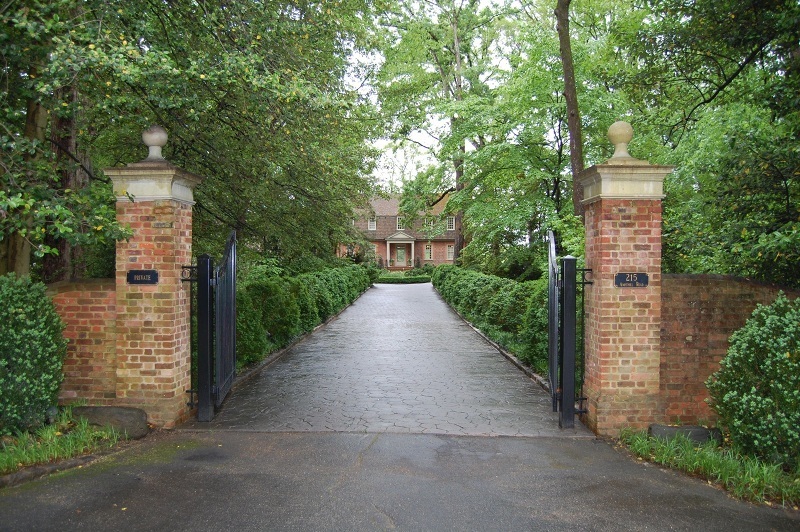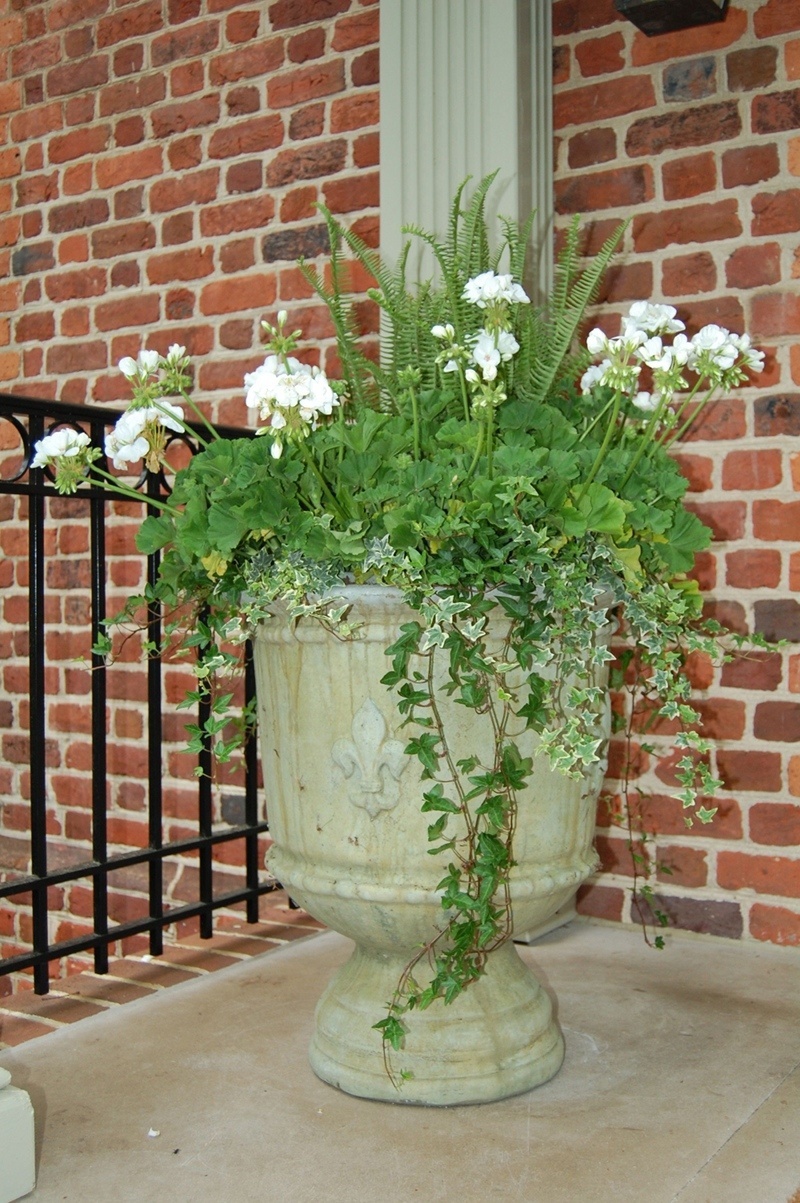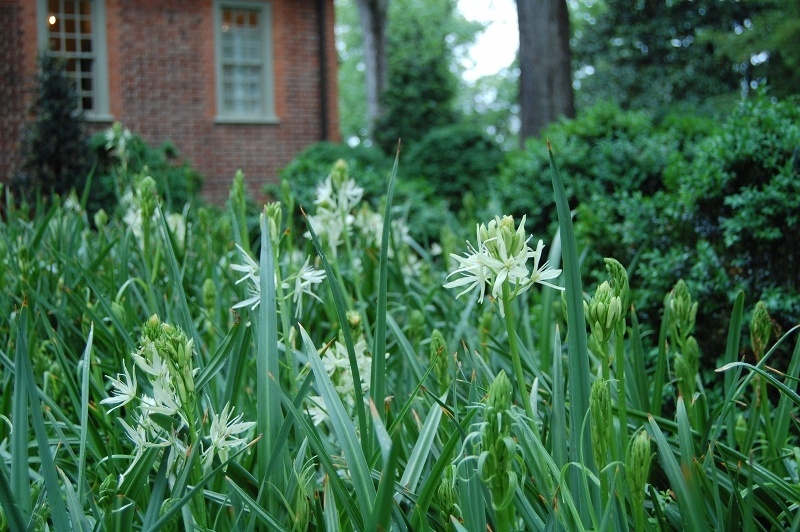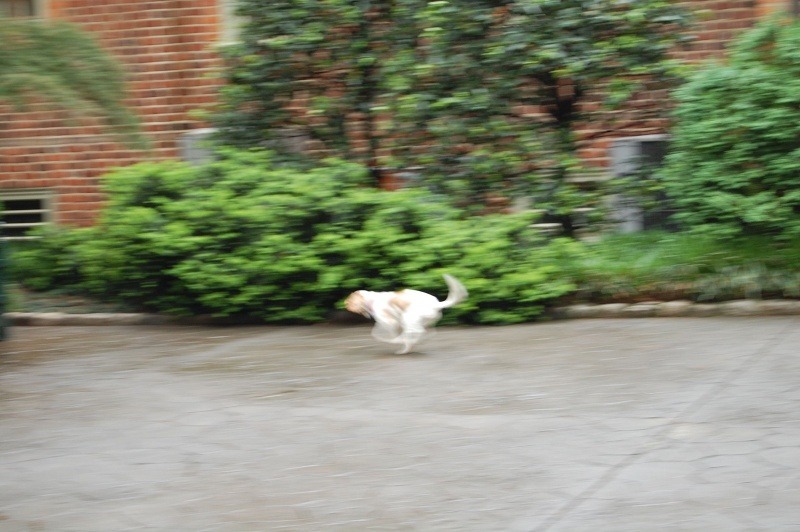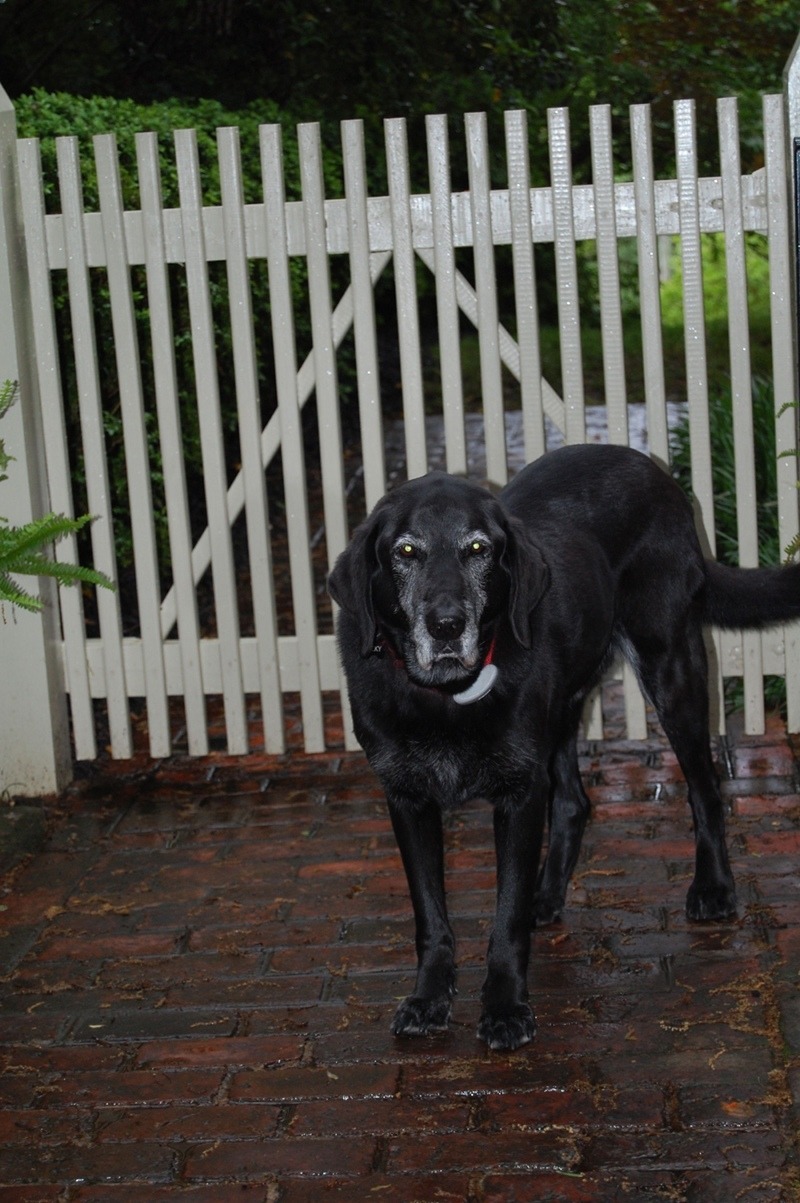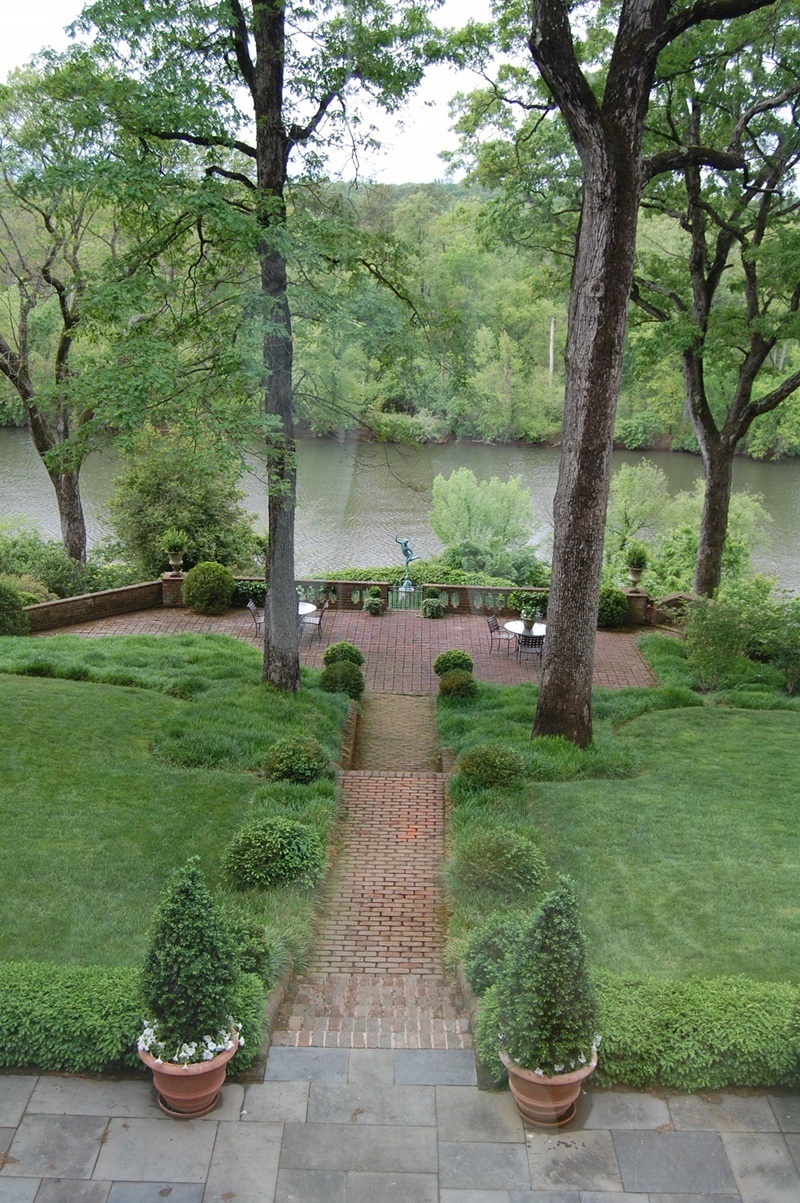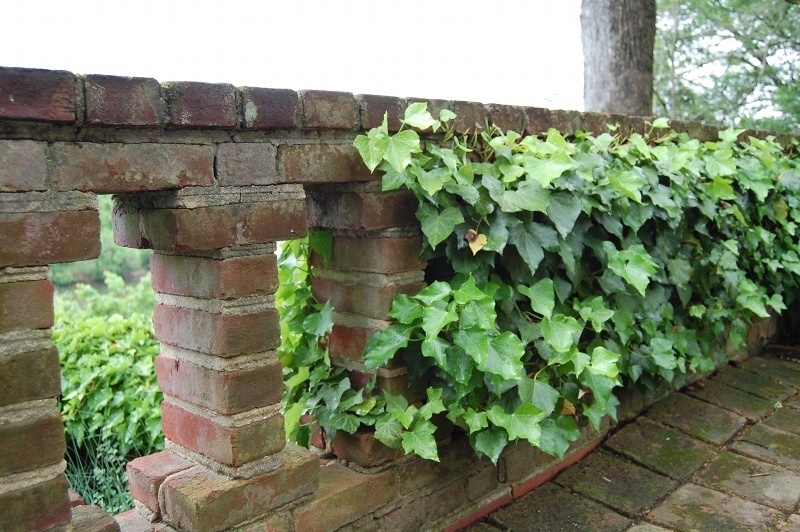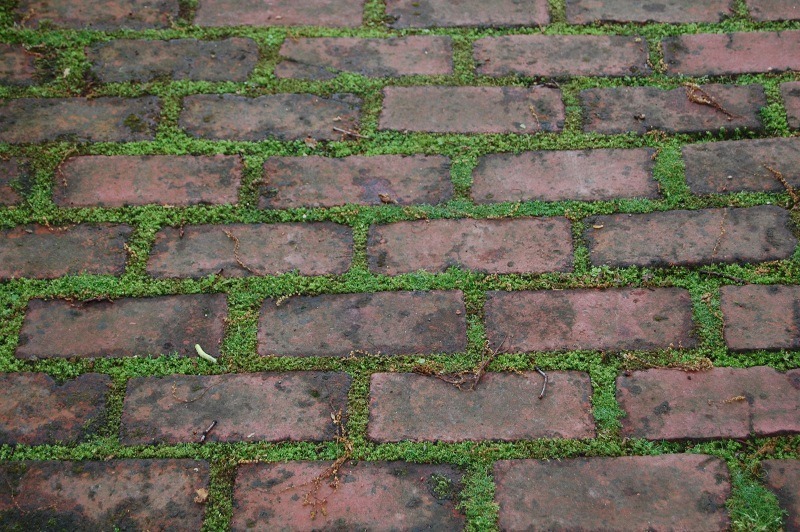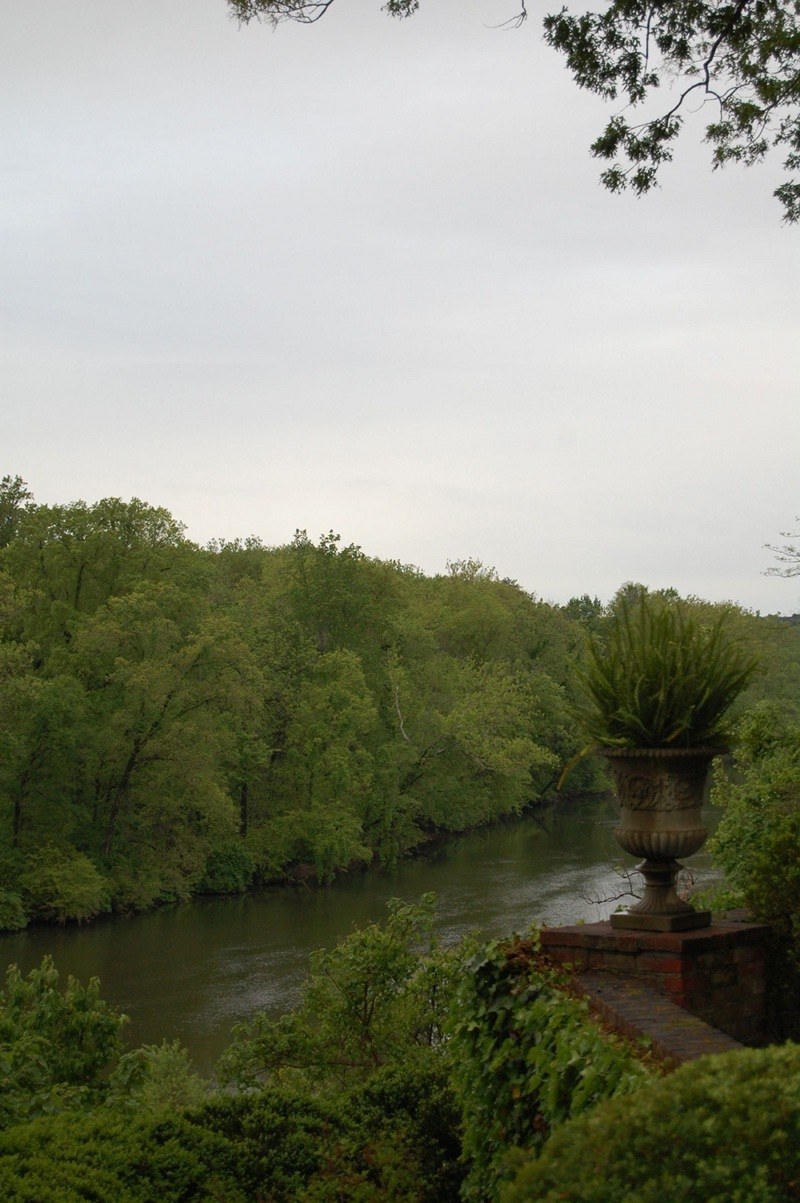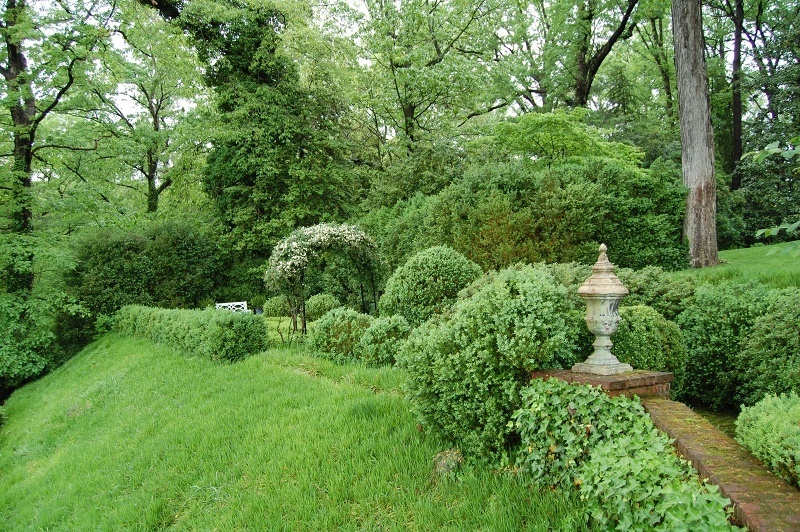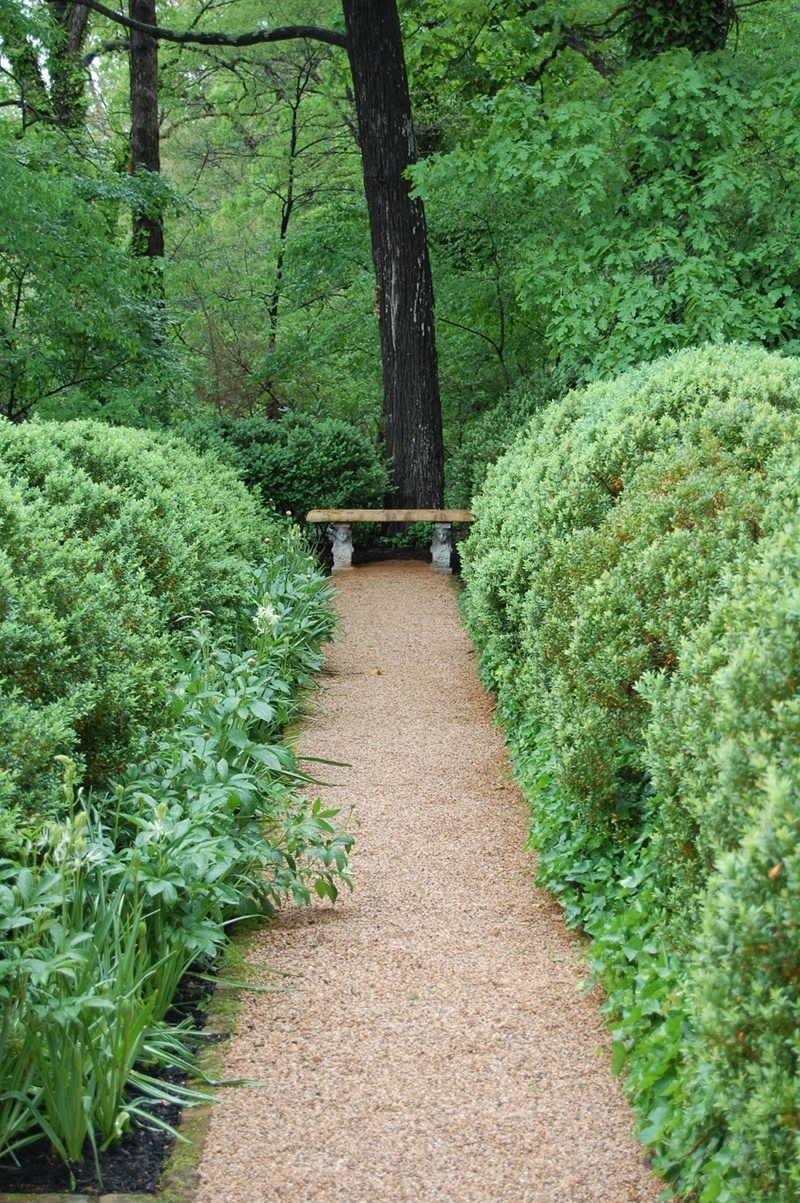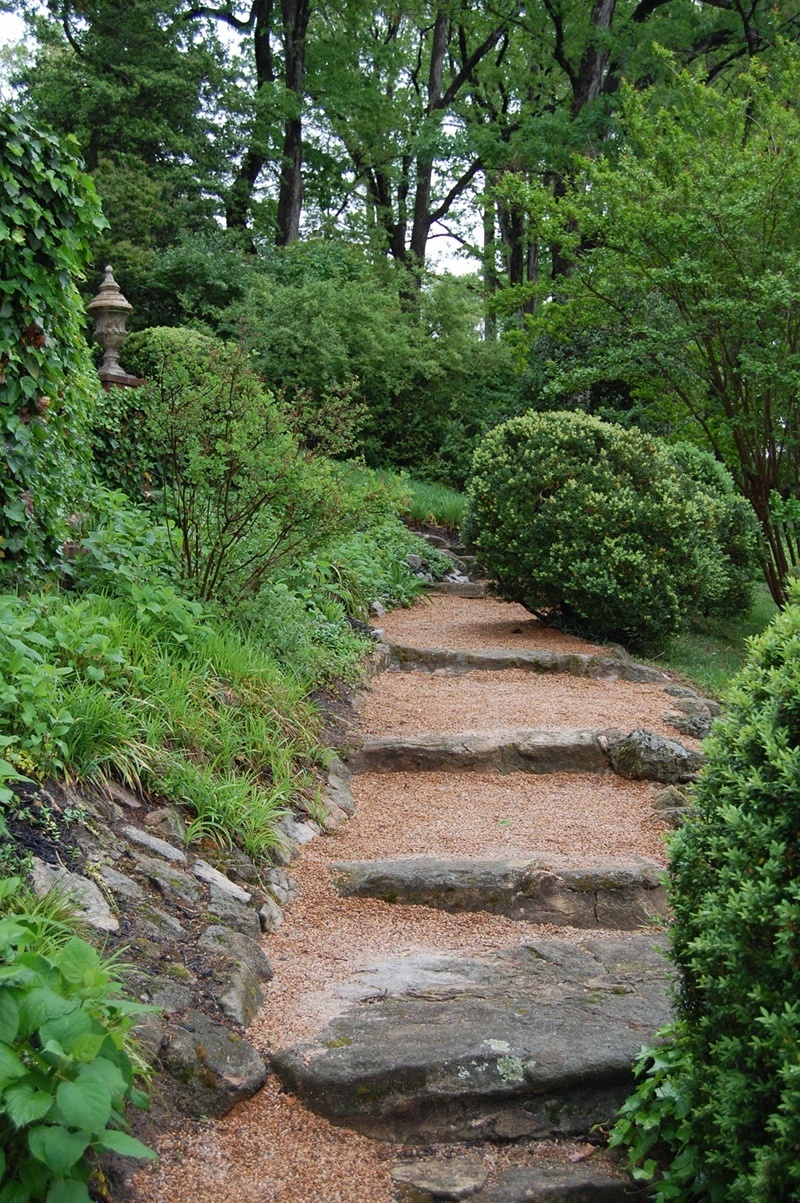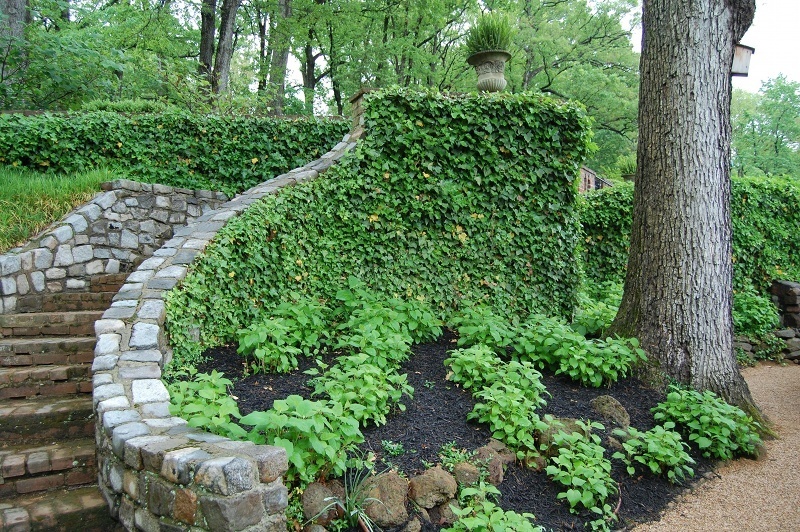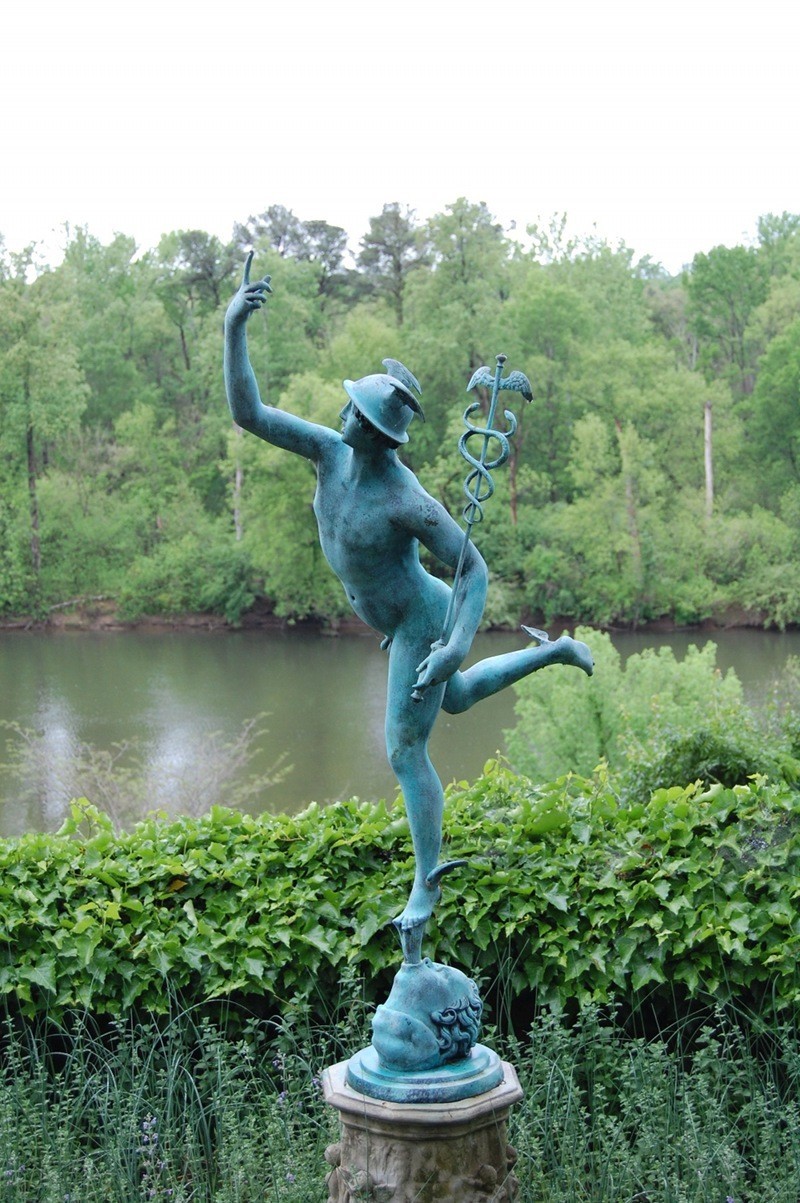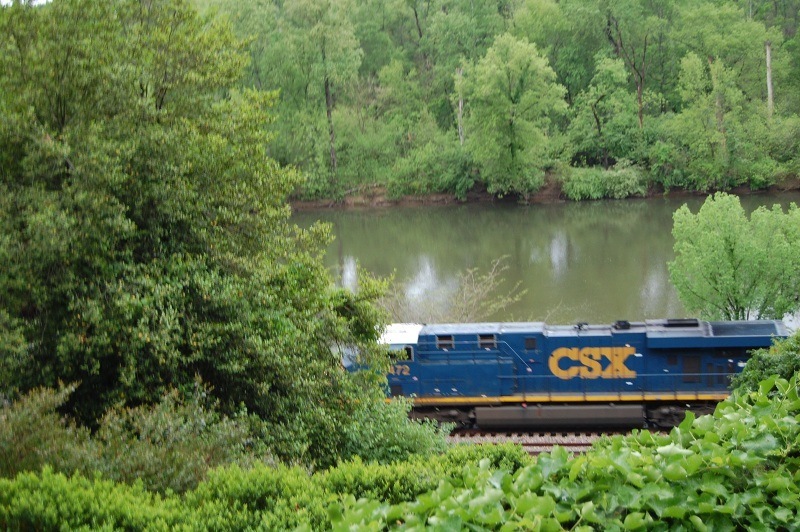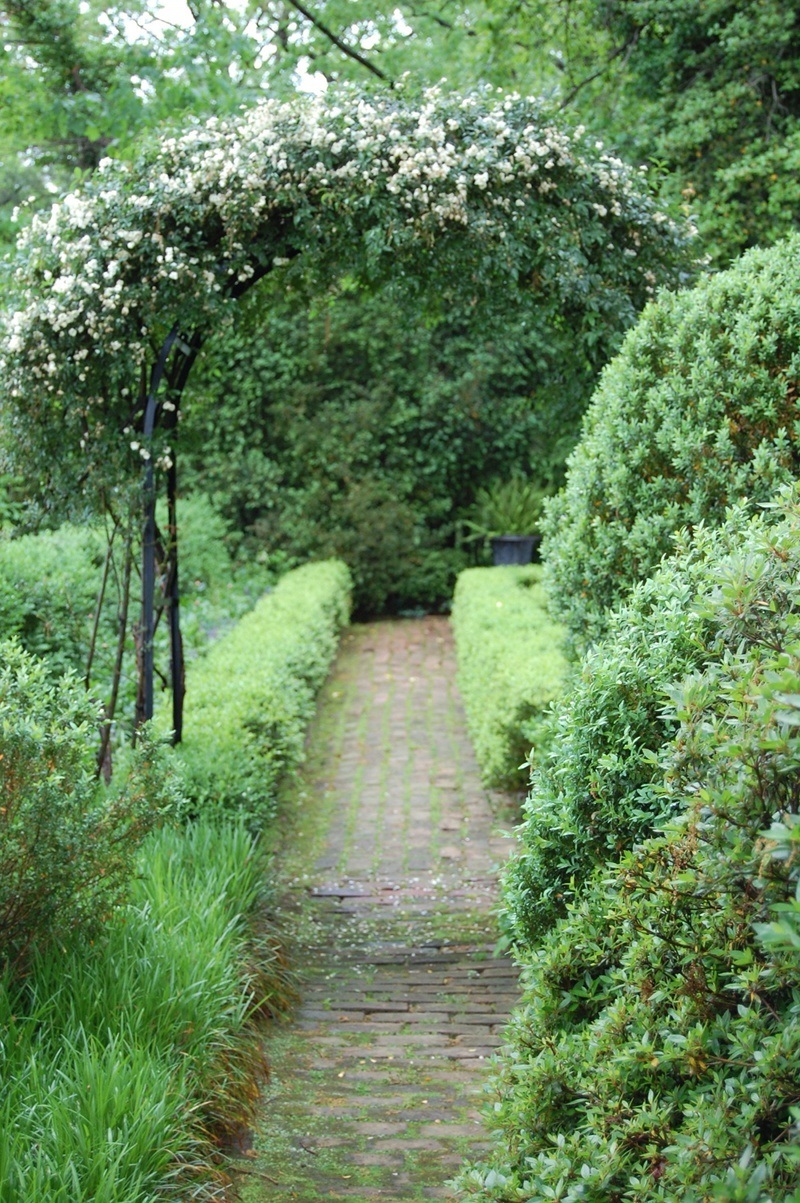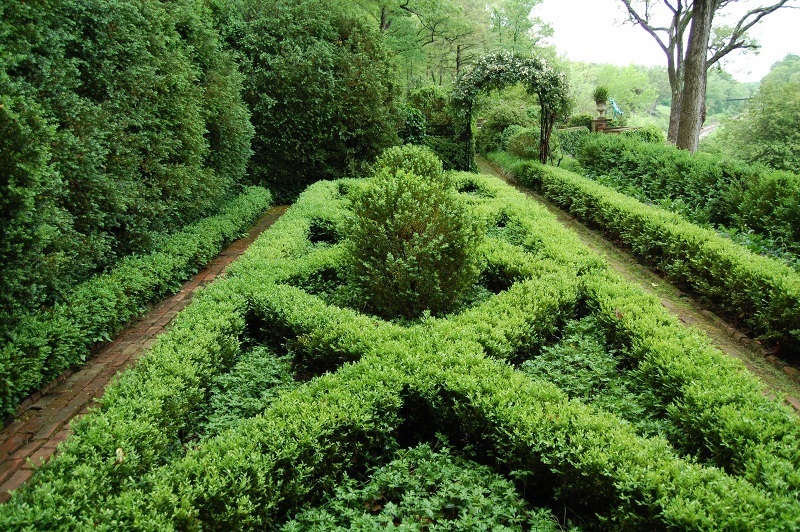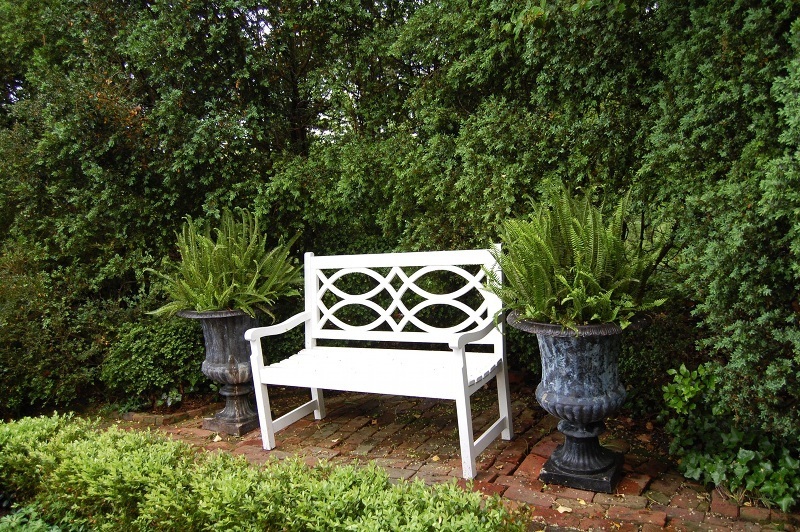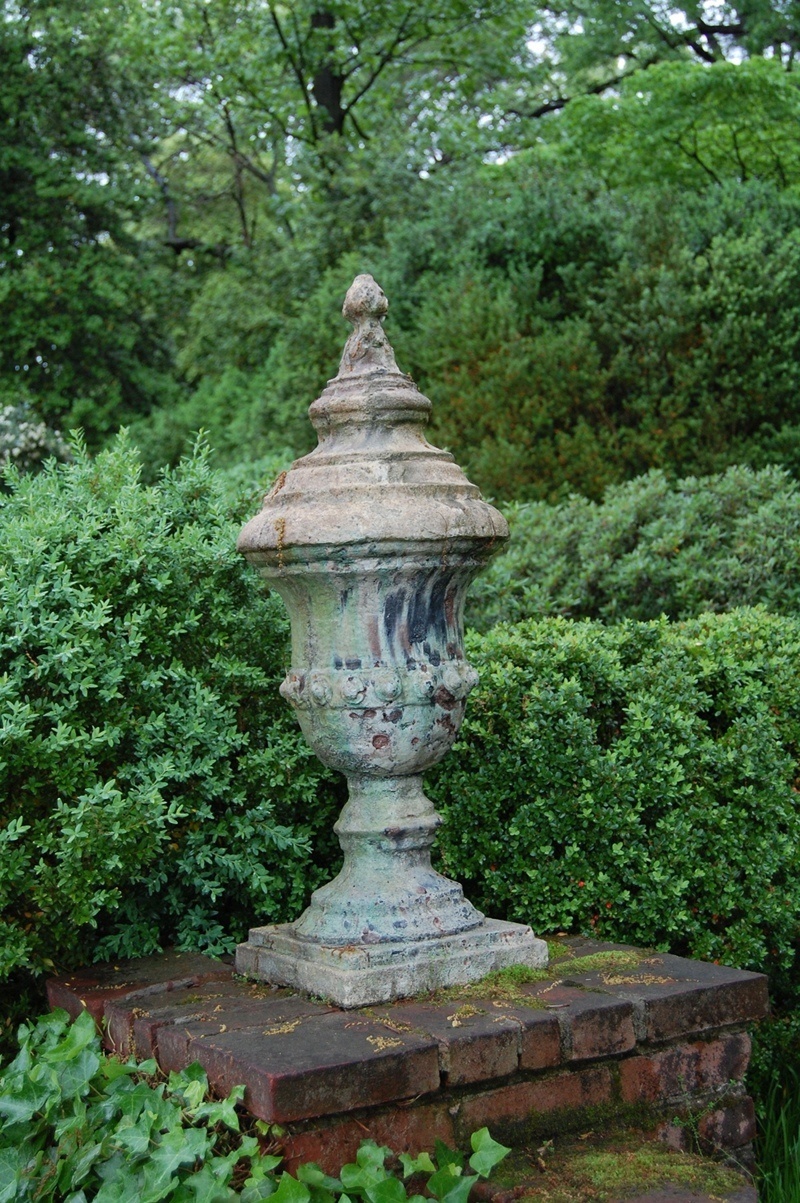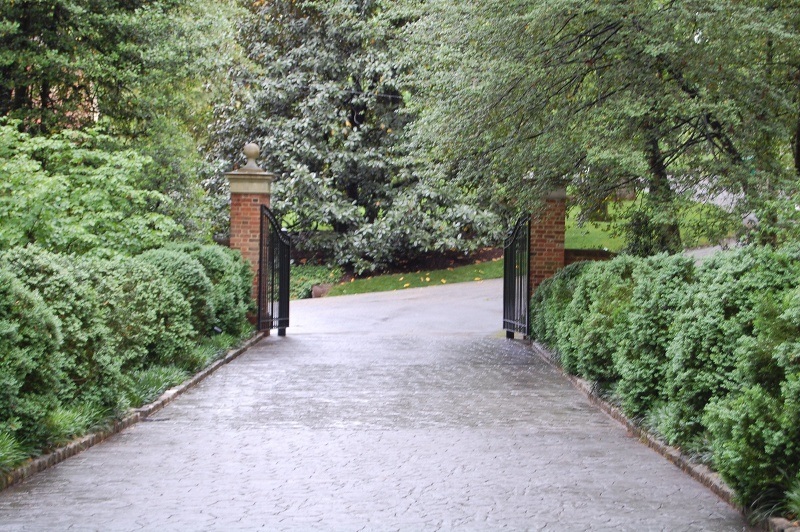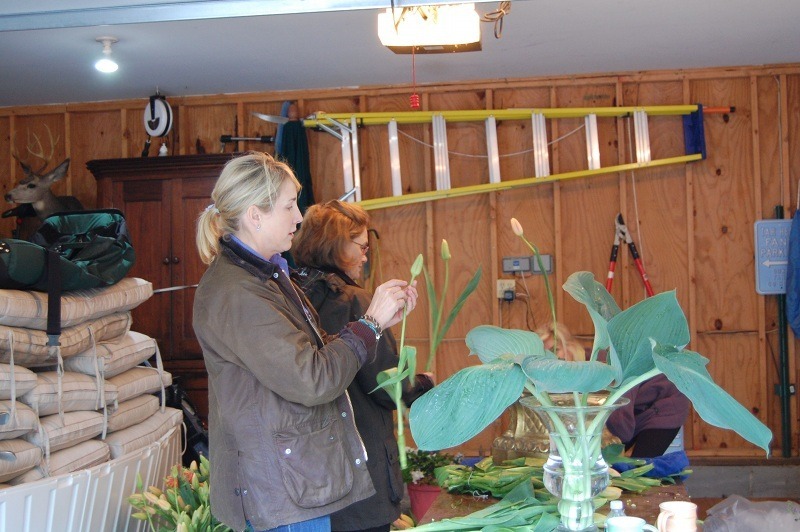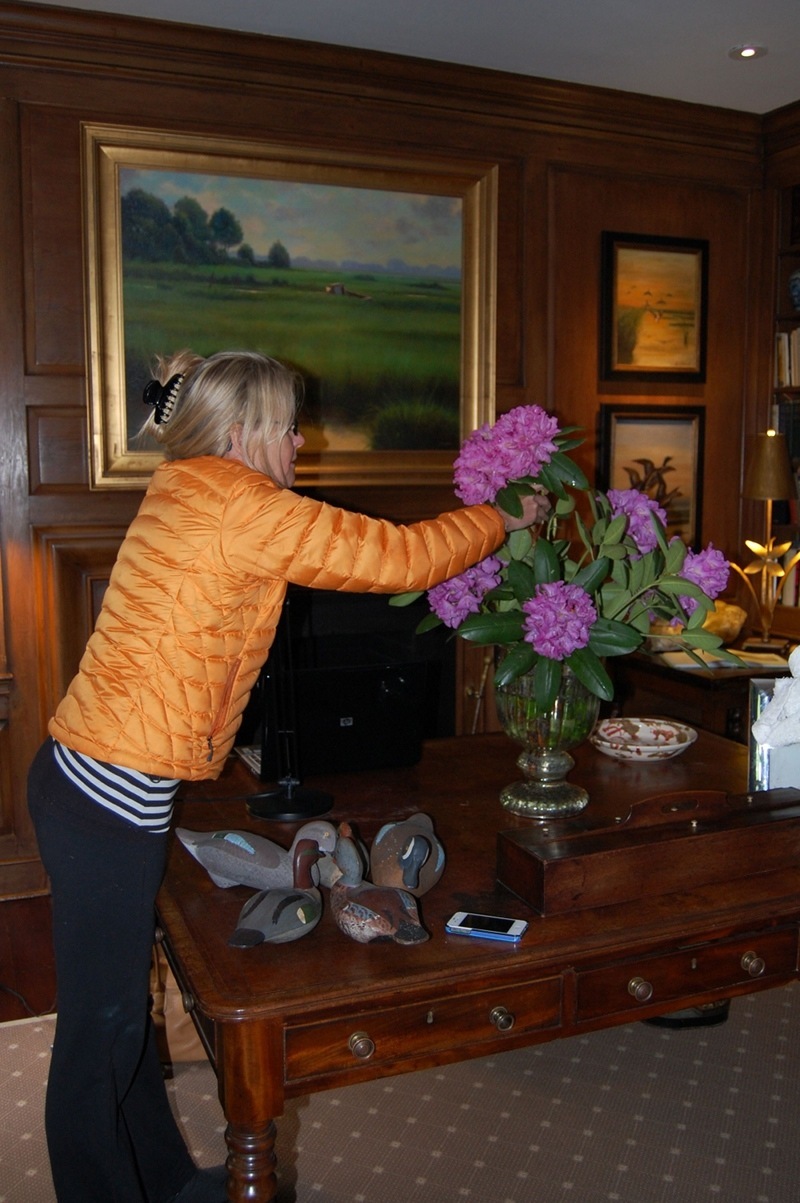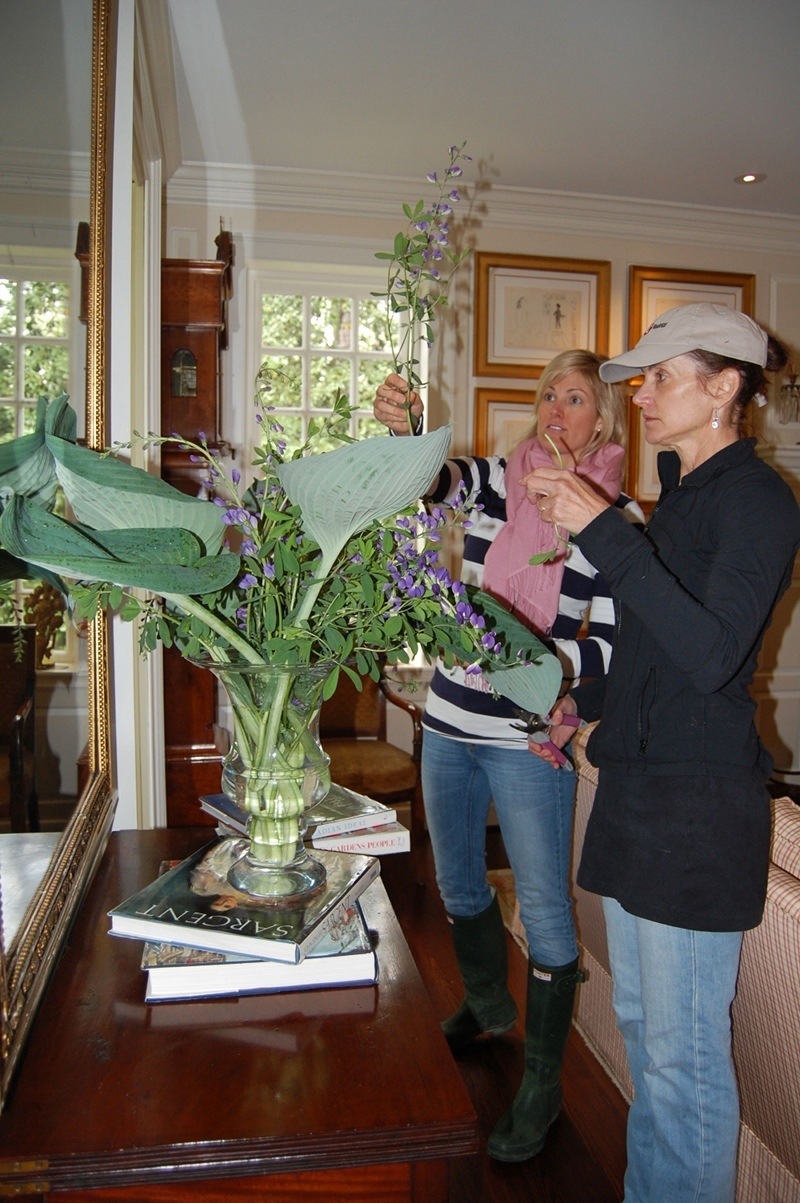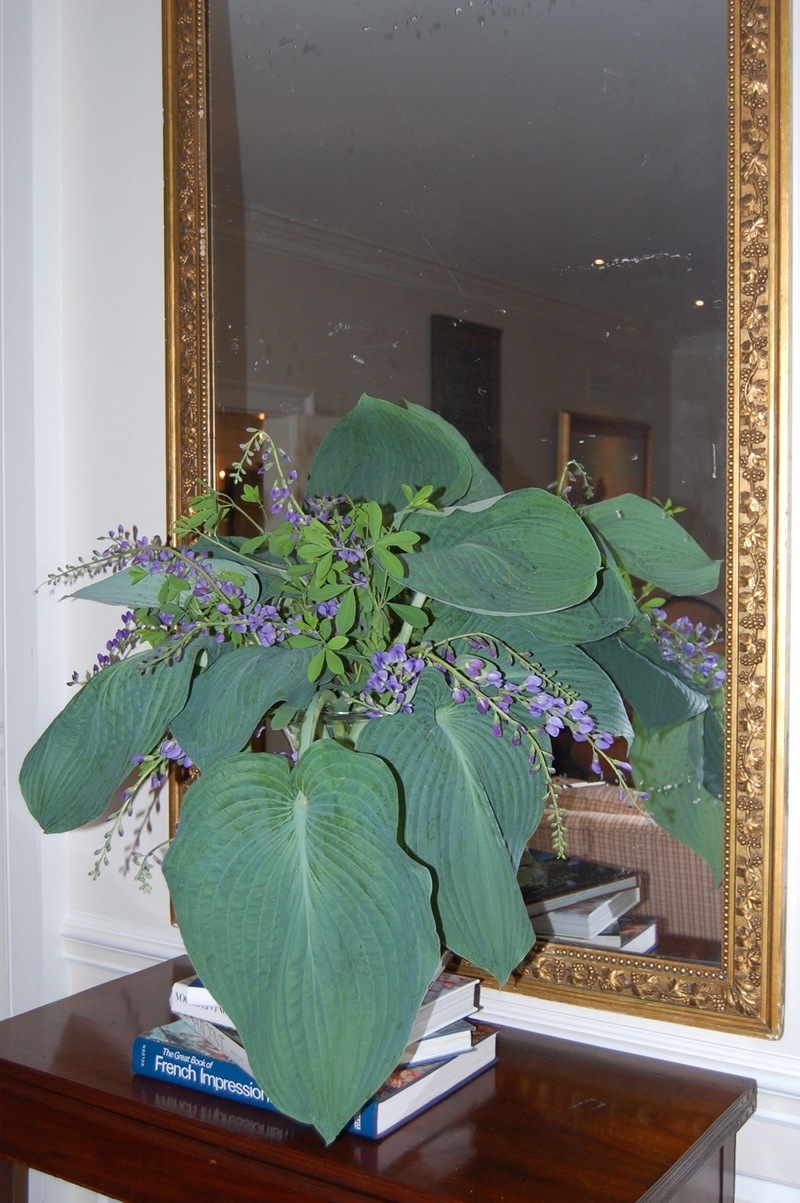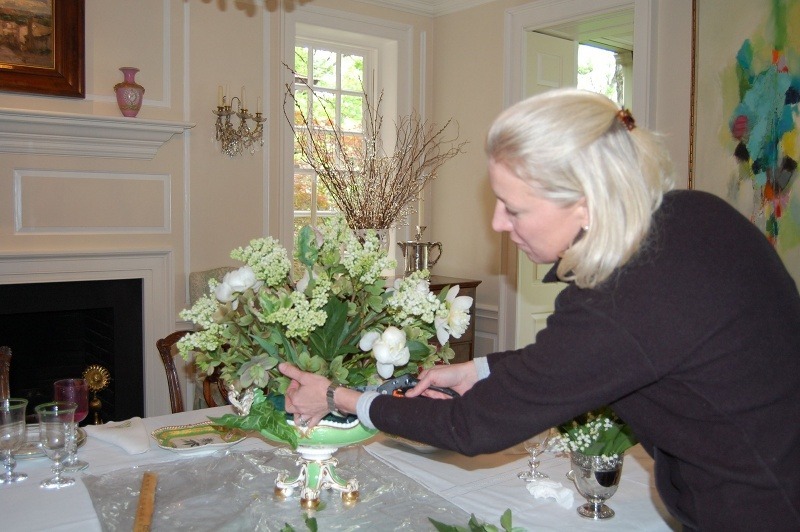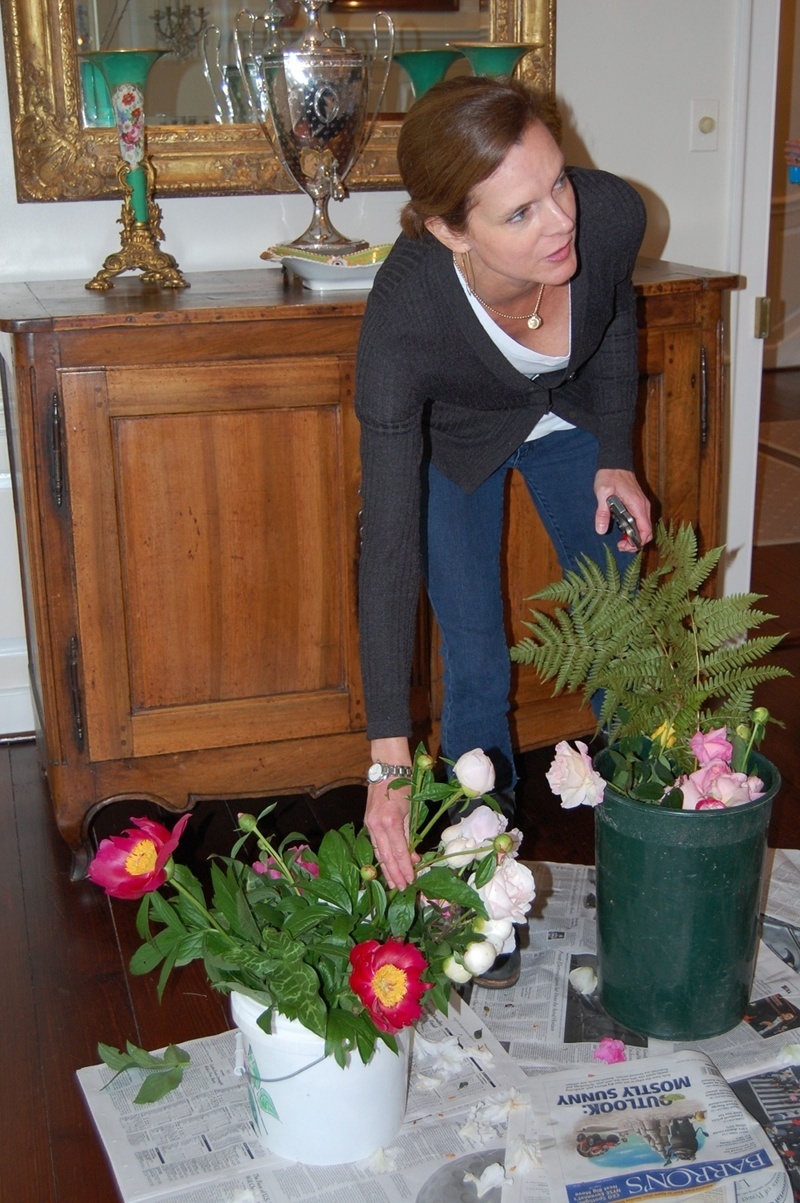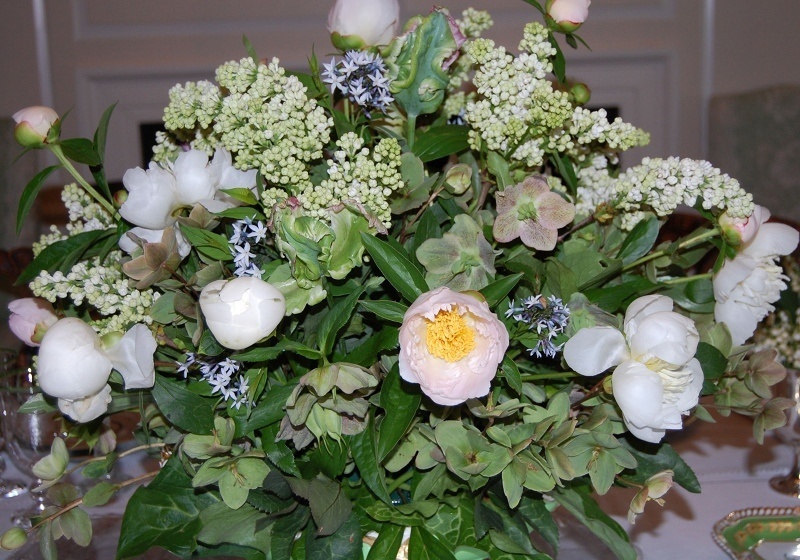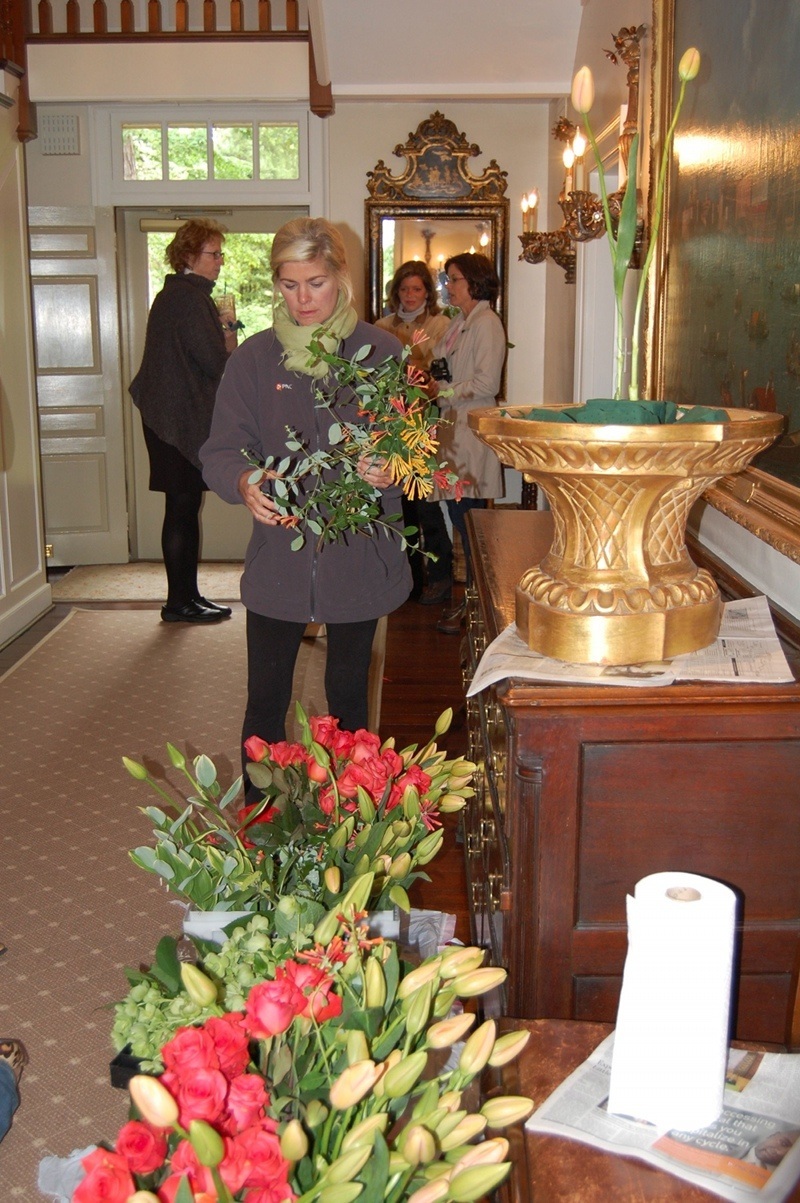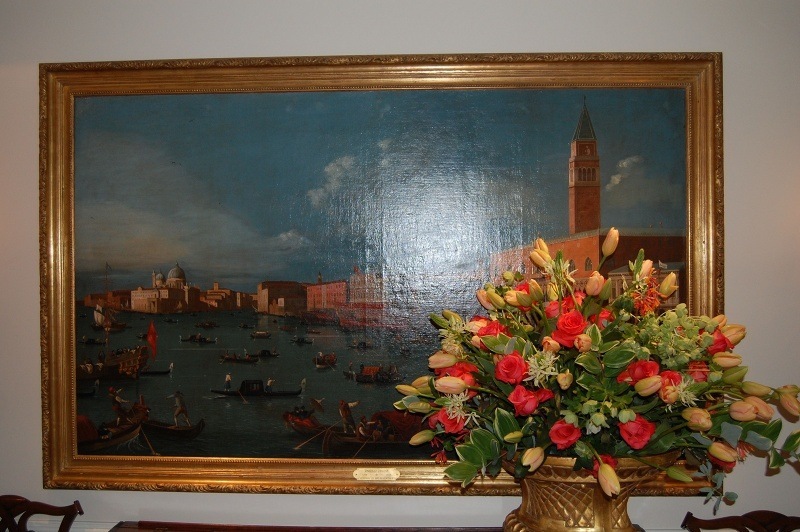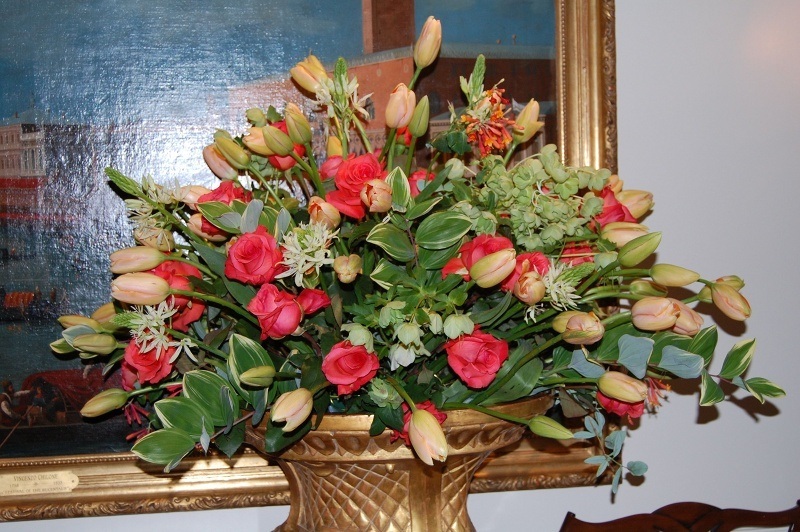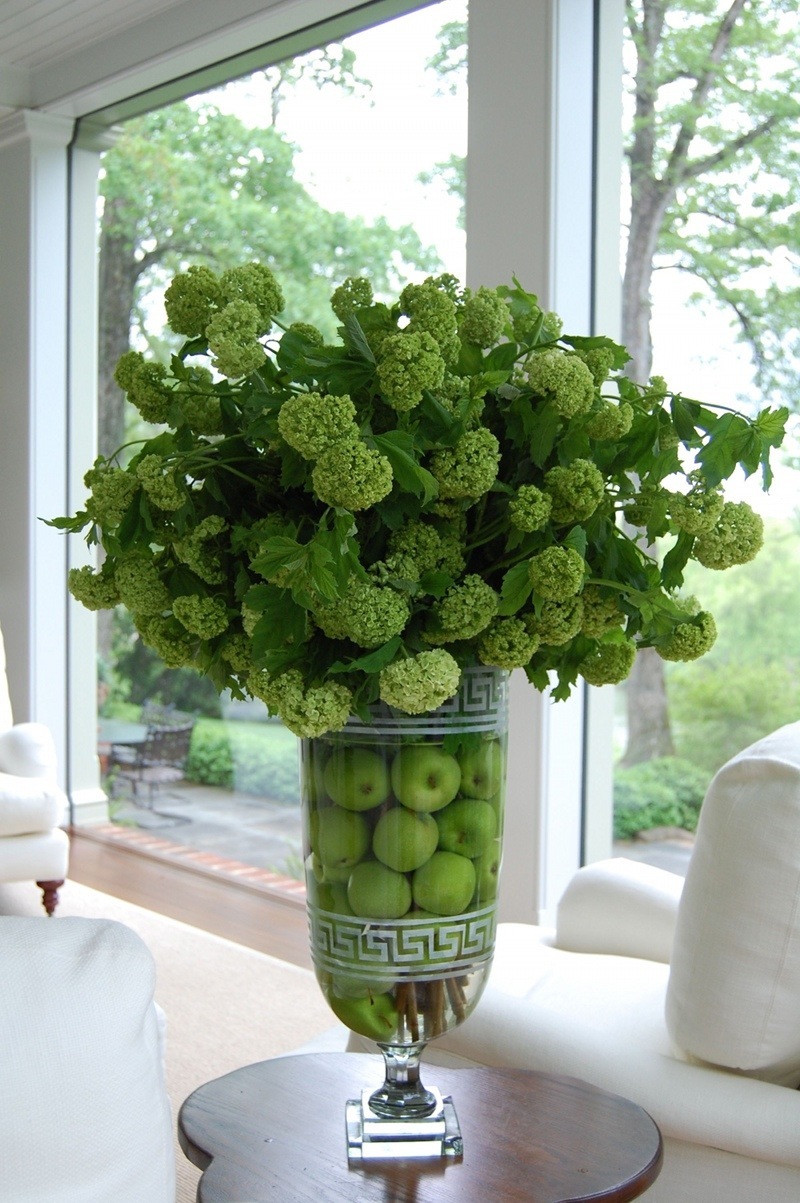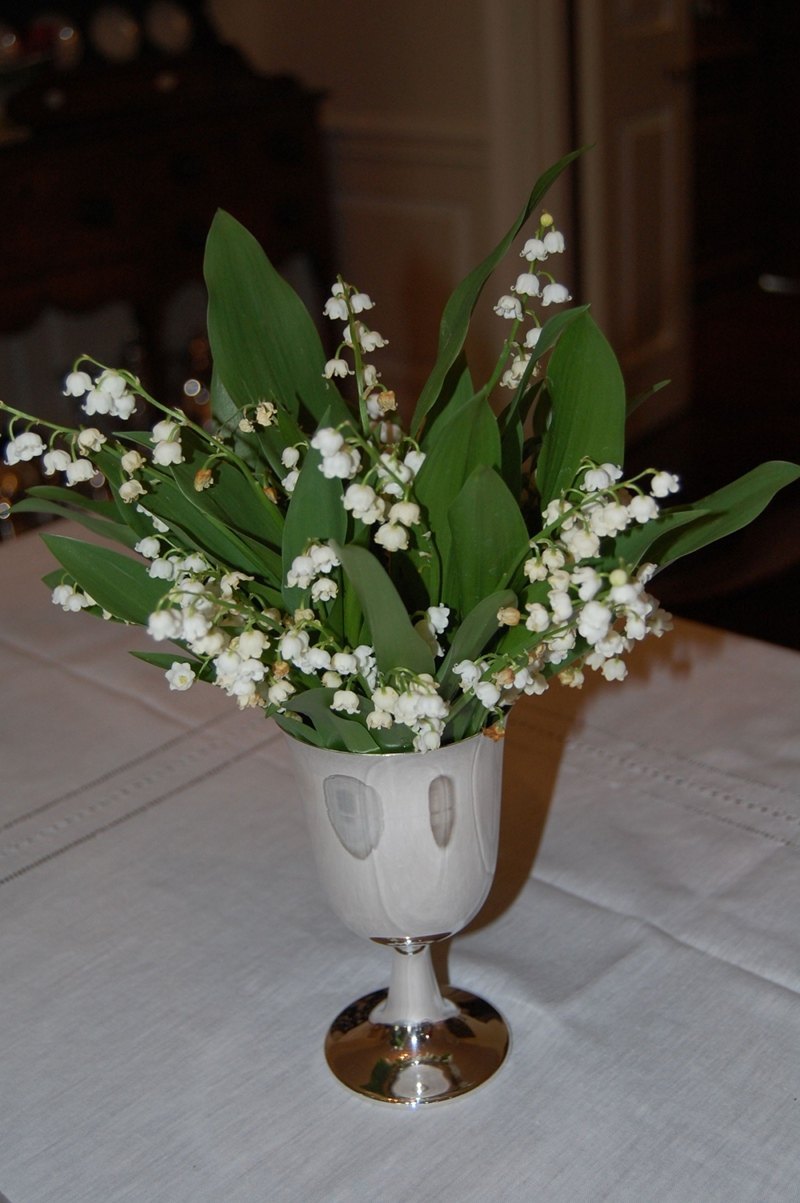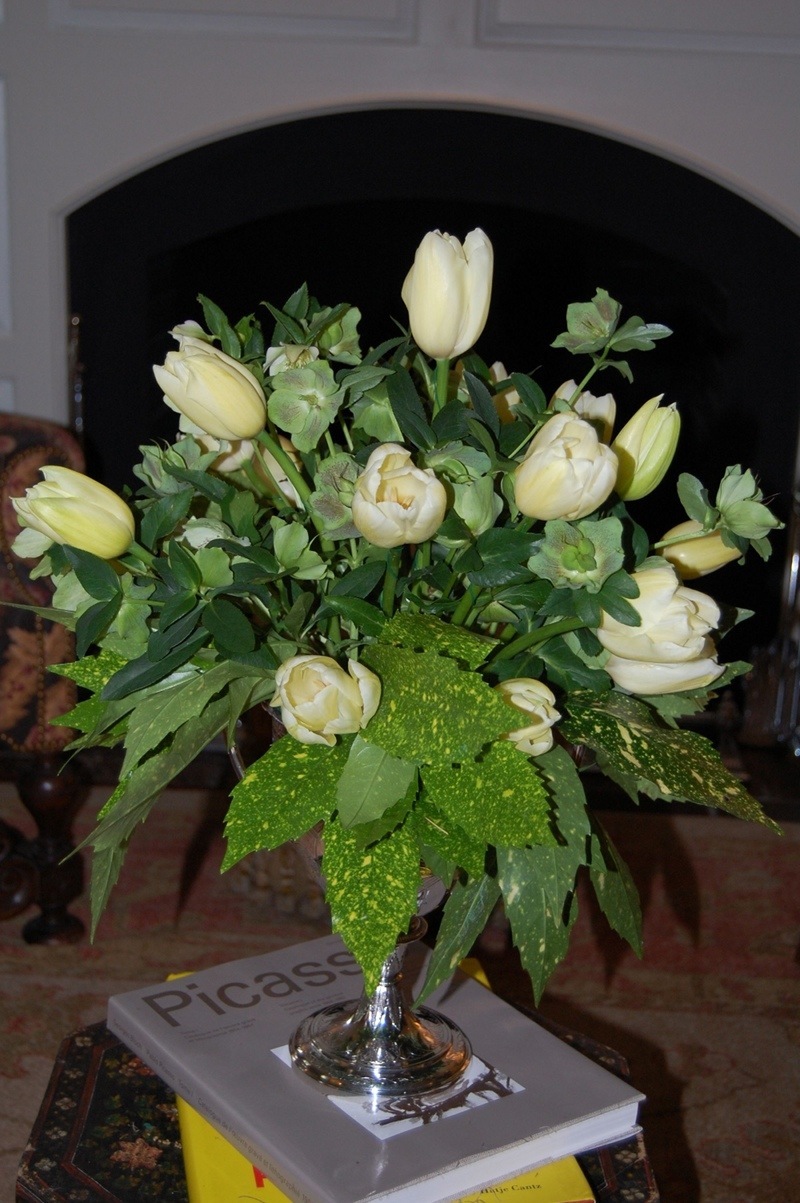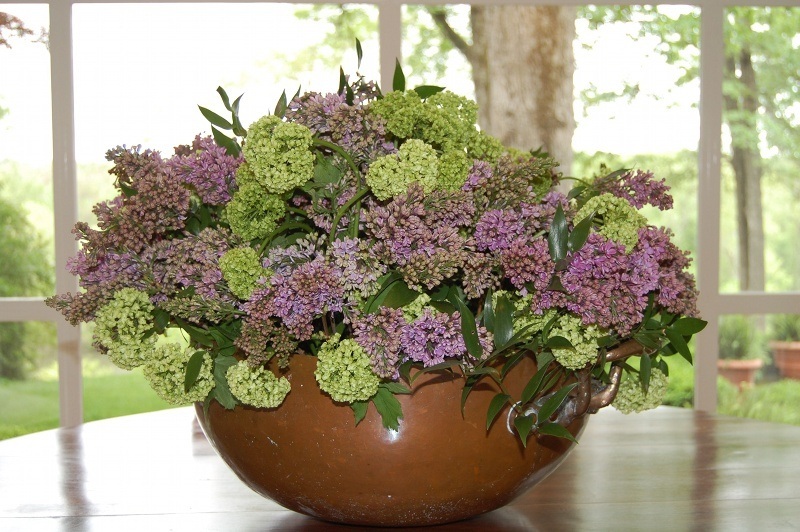HISTORIC GARDEN WEEK: THE VALENTINE GARDEN
In celebration of the Garden Club of Virginia’s 80th Historic Garden Week, I’m giving a sneak peak of three very special gardens on the Richmond tour by three talented women. Susan Robertson, Laura Valentine and Moonie Etherington have created gardens that reflect their passions and personalities. The Robertson and Valentine gardens are on the Tuesday tour and the Etherington garden is on the Thursday tour. Today, we visit the garden of Laura and Ned Valentine.
THE VALENTINE GARDEN
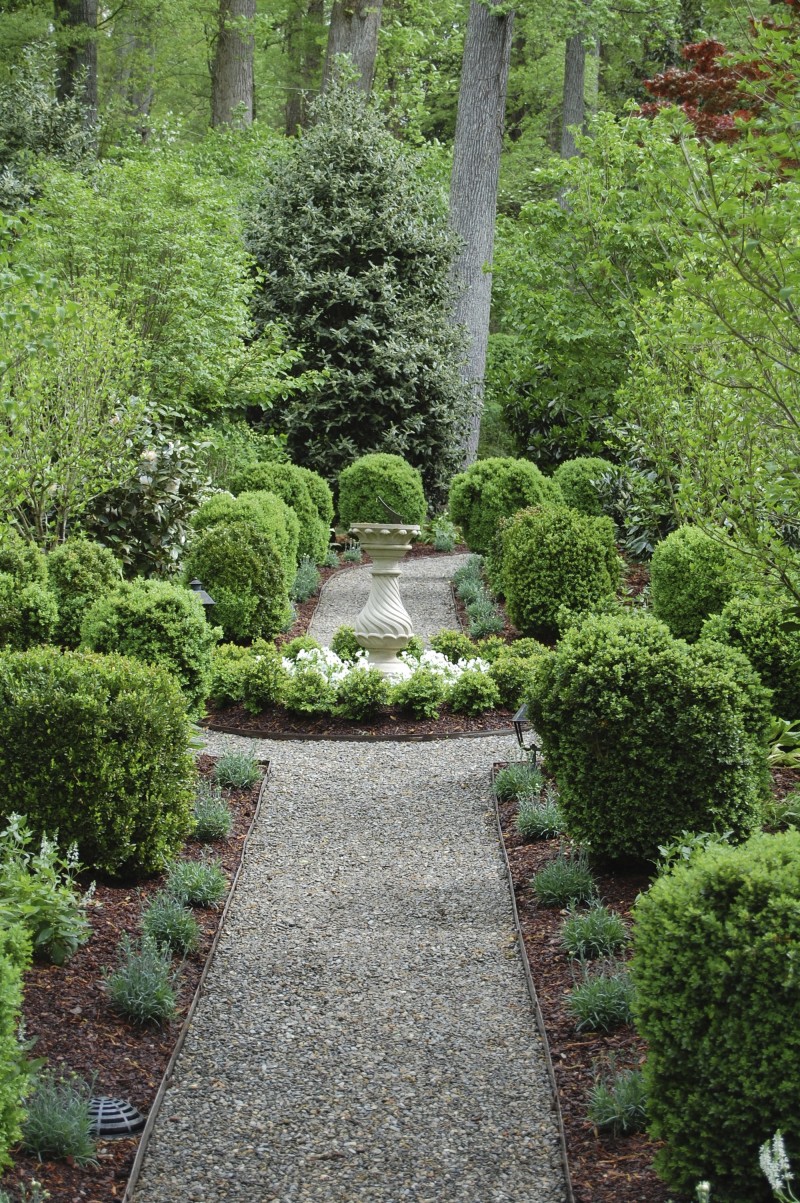
Laura’s sophisticated garden style has its roots in North Carolina. Growing up in Raleigh, some of her earliest memories are of her mother’s and grandmother’s gardens. Legendary southern garden writer Elizabeth Lawrence lived around the corner from Laura’s grandmother in Charlotte. When in Charlotte to see her grandmother, they would often visit Elizabeth Lawrence’s garden. While her mother and grandmother sipped brandy with Miss Lawrence, Laura and her sister wandered the garden, fascinated by the lily pads in her pond and the birds flying through the house.
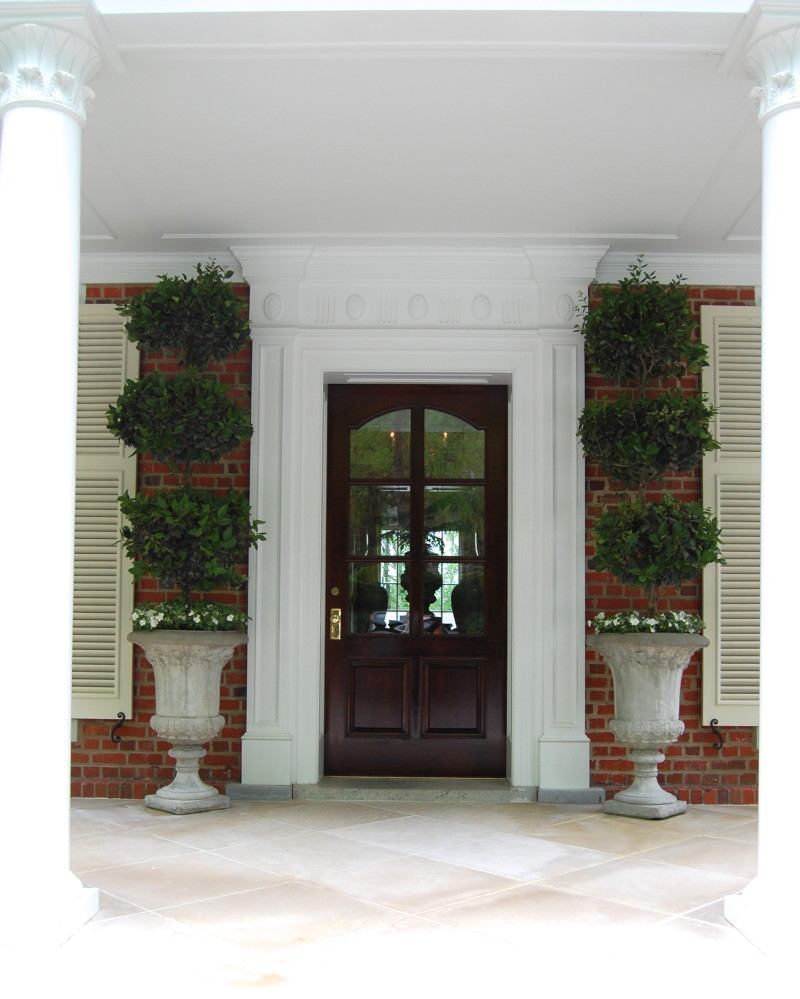
Laura’s husband, Ned, was equally blessed, growing up with a mother who created, and tends, one of the most beautiful gardens in Richmond. Enter North Carolina landscape architect Chip Callaway, who had collaborated with Laura’s family in the past (I’m a huge fan). Laura brought Chip to Richmond to help her with the Valentines’ new garden. Chip appears to have masterfully harnessed these horticultural bloodlines, by creating, with Laura and Ned, a garden that any Tarheel or Wahoo would love.
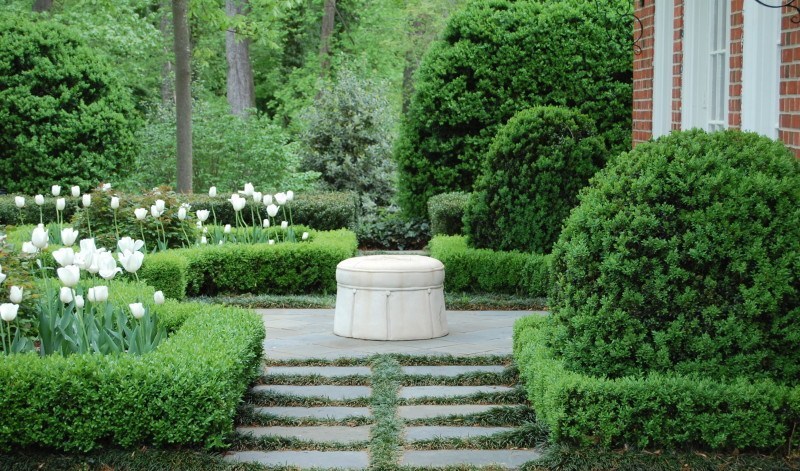
Laura’s love of symmetry and restrained use of color are evident in the twin bluestone terraces that flank the main brick terrace.
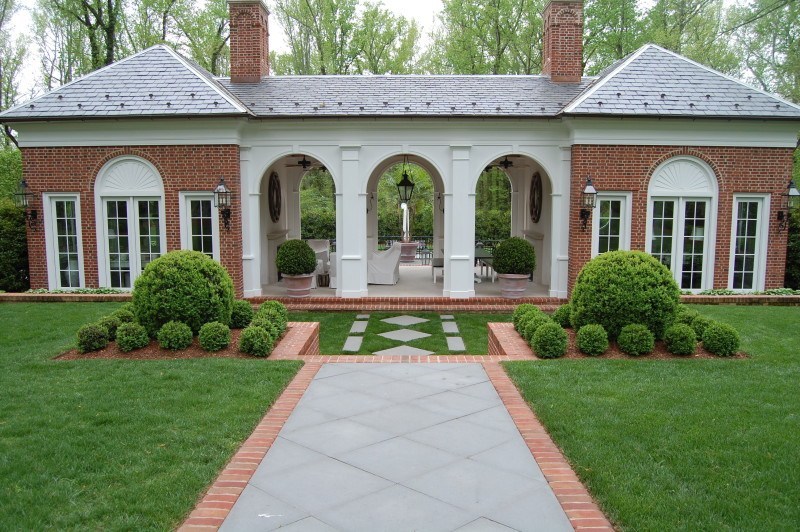
The gardens are reminiscent of Italian Renaissance gardens — the gently sloping property has been transformed into several terraced planes.
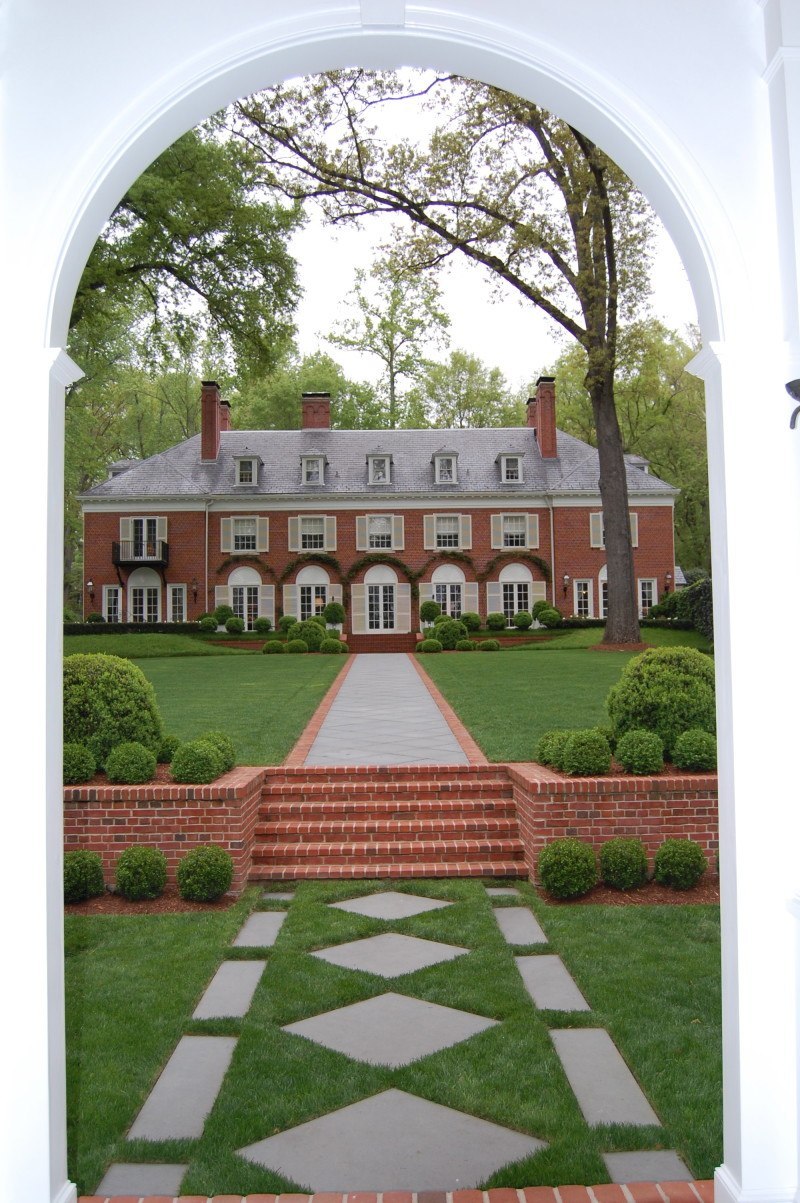
Smilax, an evergreen vine popular in North Carolina, is trained in arches on the back of the house. A farmer near Wilson, North Carolina gave my husband’s cousin the Smilax that climbs our house.
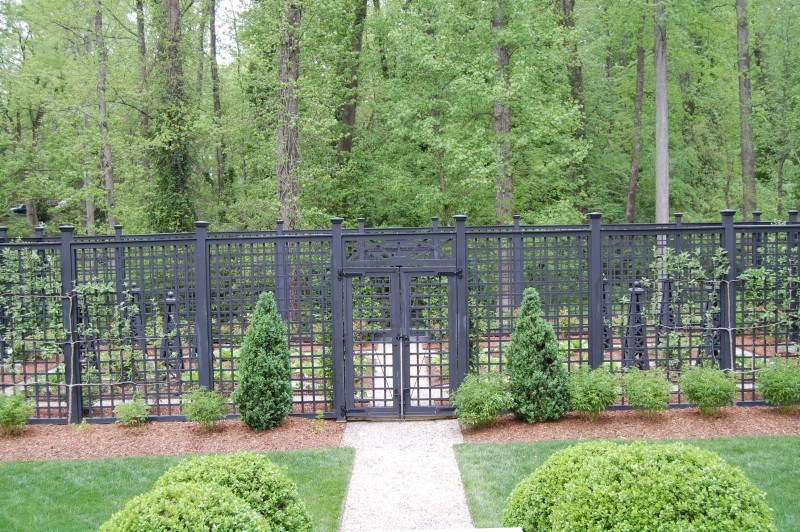
Deer run rampant in this neighborhood bordering the James River. The trellised fence allows the Valentines to grow vegetables and roses and to espallier fruit trees. Derrick, who helps Laura maintain the grounds, has added netting to keep Peter Rabbit and his progeny away.
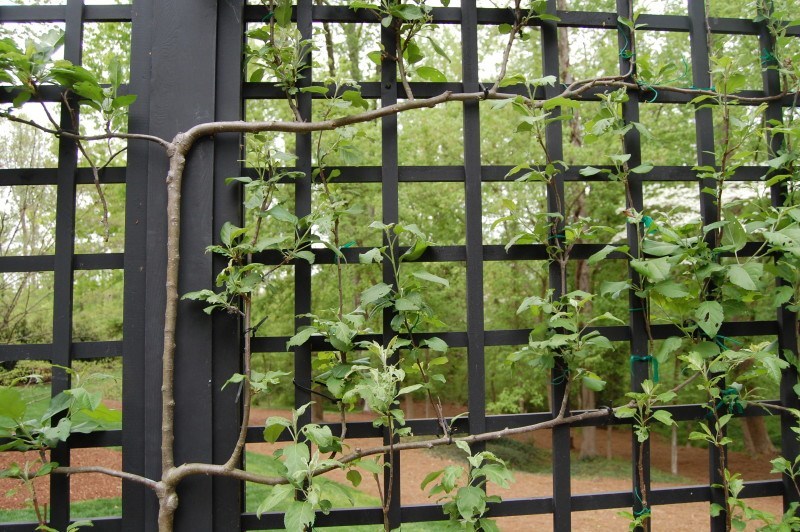
Apple trees are expertly espaliered on the fence.
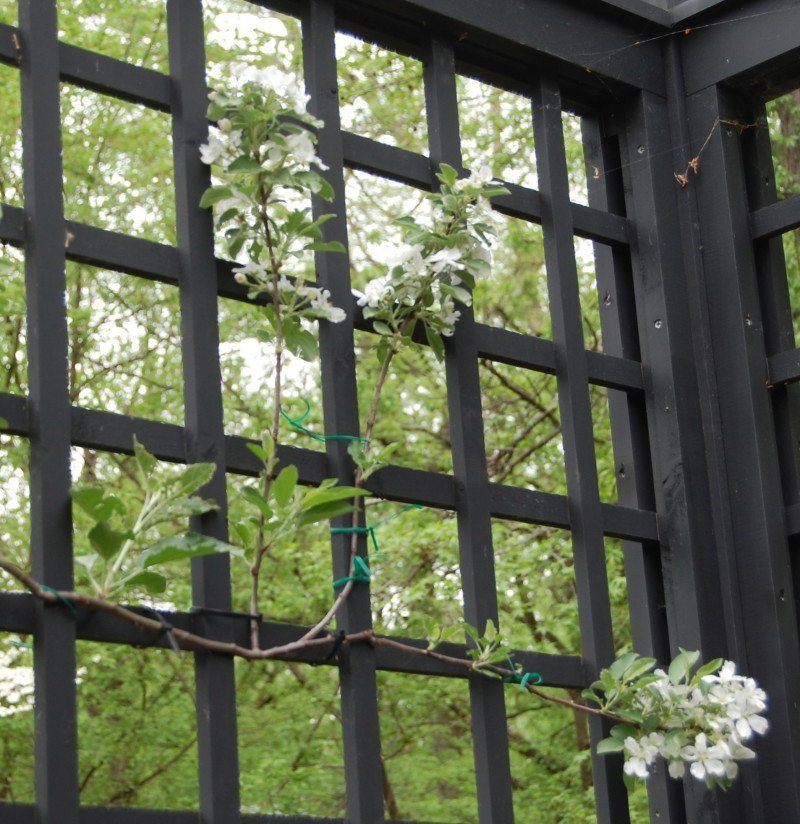 Apple blossoms.
Apple blossoms.
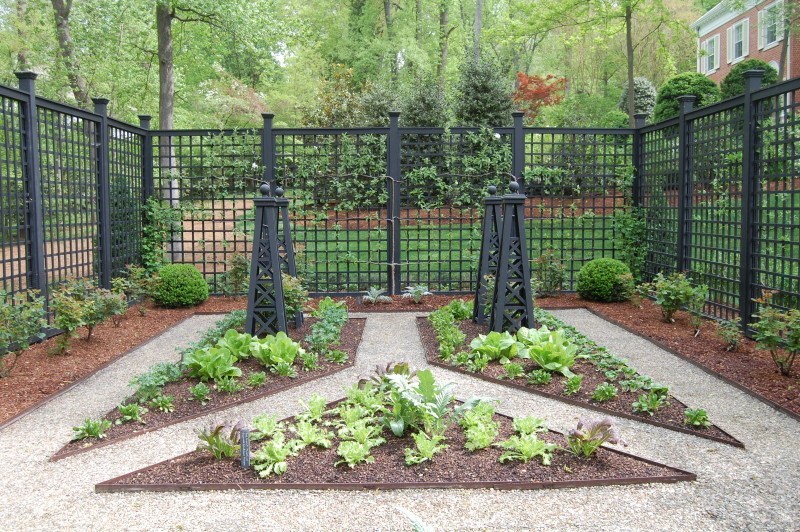
The garden currently is planted with cool season vegetables, including Chinese Cabbages, Chard, Kale, Spinach, Arugula, Escarole and Mustard. The garden is bordered on the inside with roses and the outside with peonies. While the peonies are all white, Laura got jiggy and introduced color with the roses.
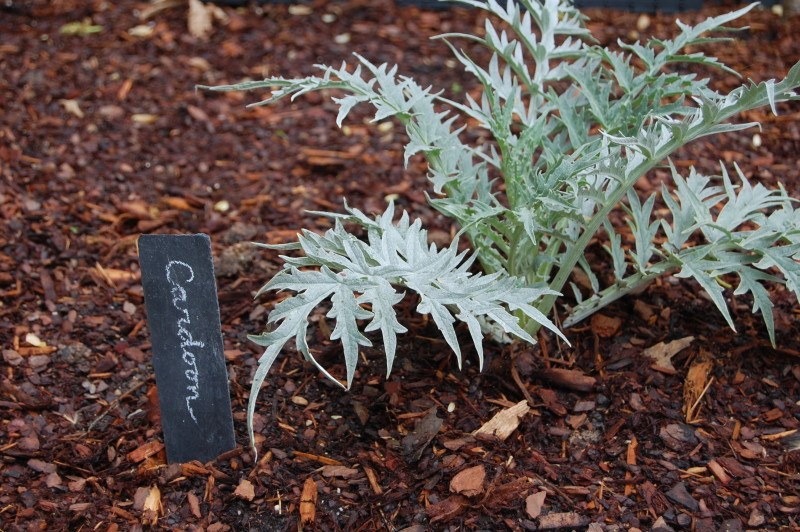 I love the plant markers — written with chalk on pieces of slate. So practical and good looking.
I love the plant markers — written with chalk on pieces of slate. So practical and good looking.
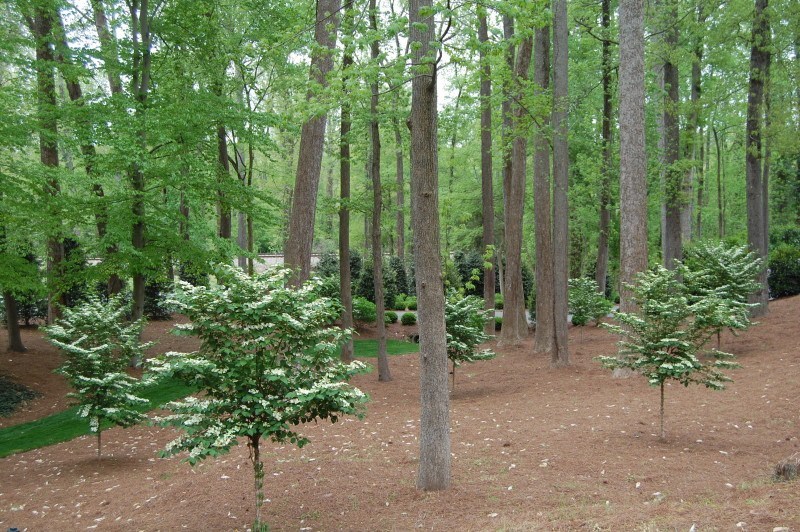
This is a grove of Doublefile Viburnum (Viburnum plicatum var. tomentosum). I have never seen them trained as single-trunk trees — gorgeous!
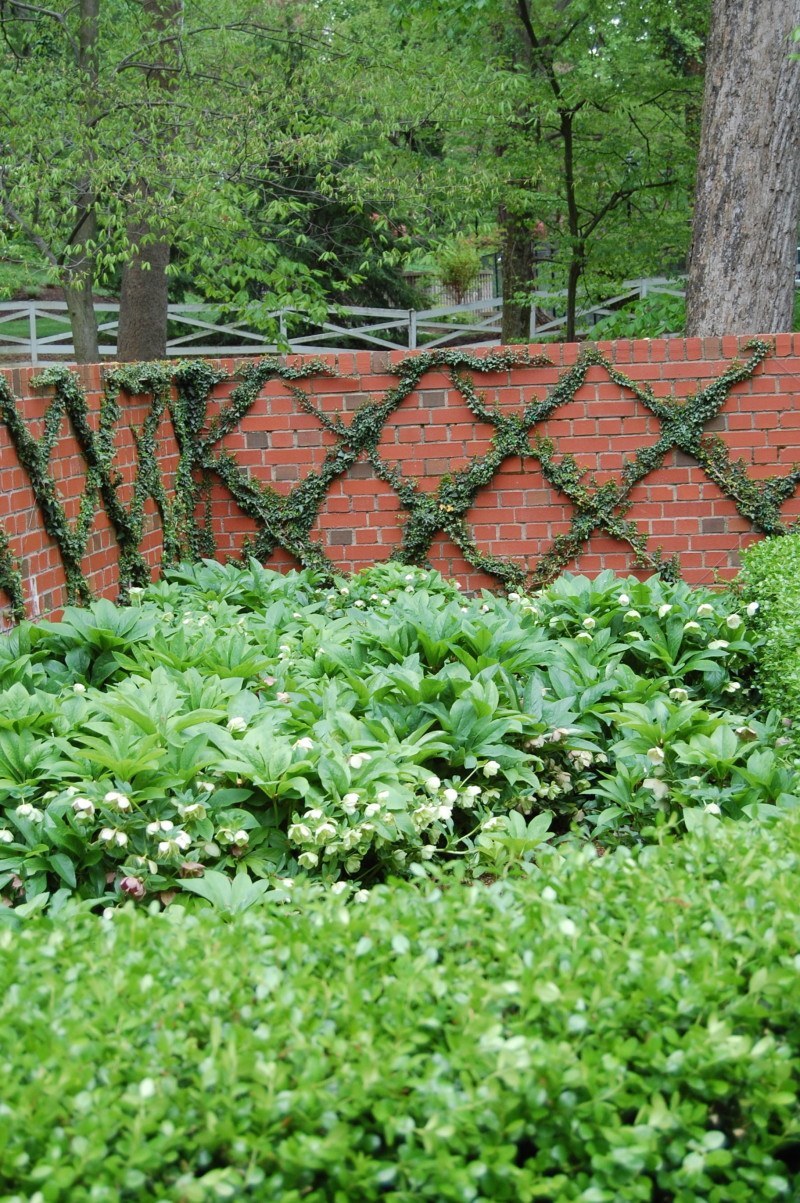
Attention to detail extends even to the service entrance. The Ivy lattice wall is underplanted with Lenten Rose (Helleborus orientalis) and bordered in clipped Boxwood. Laura’s grandmother planted Hellebores long before they hit the mainstream.
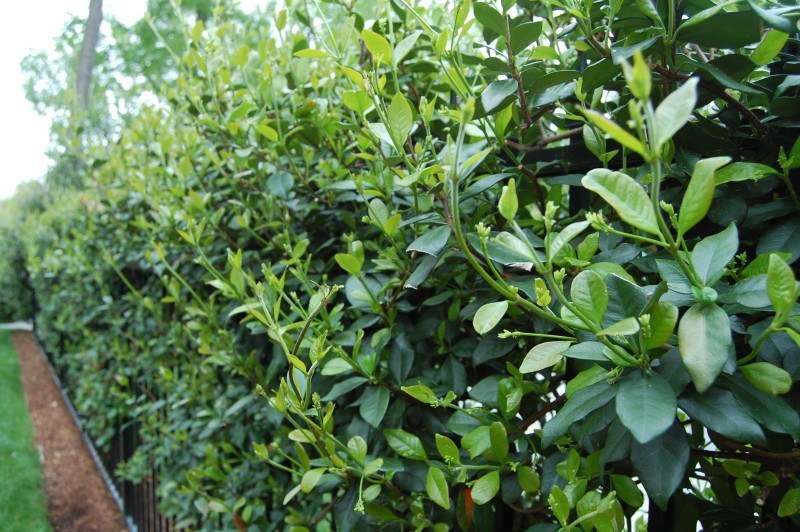
Chip and Laura make the most of veritcal opportunities. Here, Confederate Jasmine, about to bloom, blankets the pool fence.
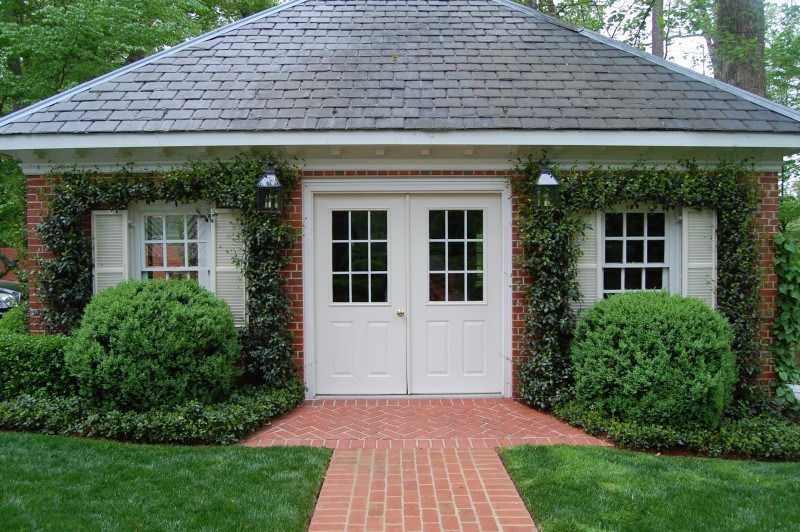
Confederate Jasmine also frames the windows on the garage.
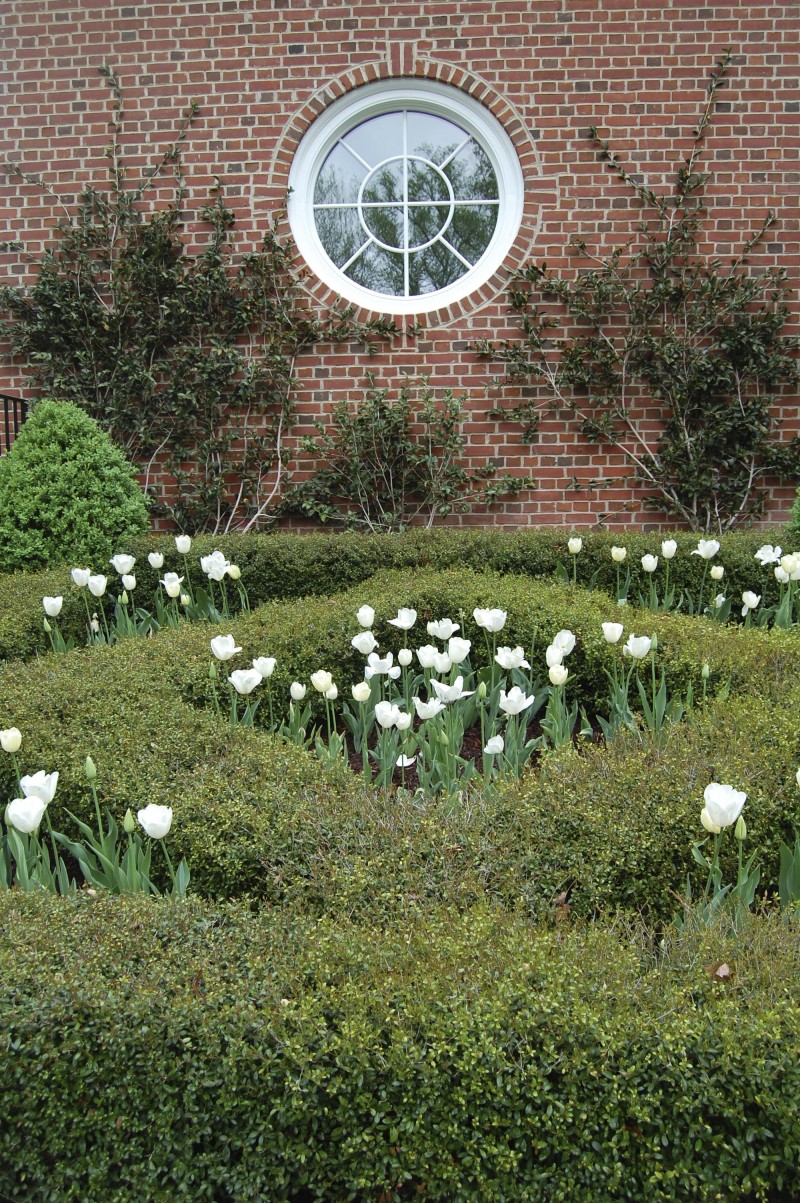
Camellia sasanqua are espaliered on the pool house wall, above, and in the entrance drive, below.
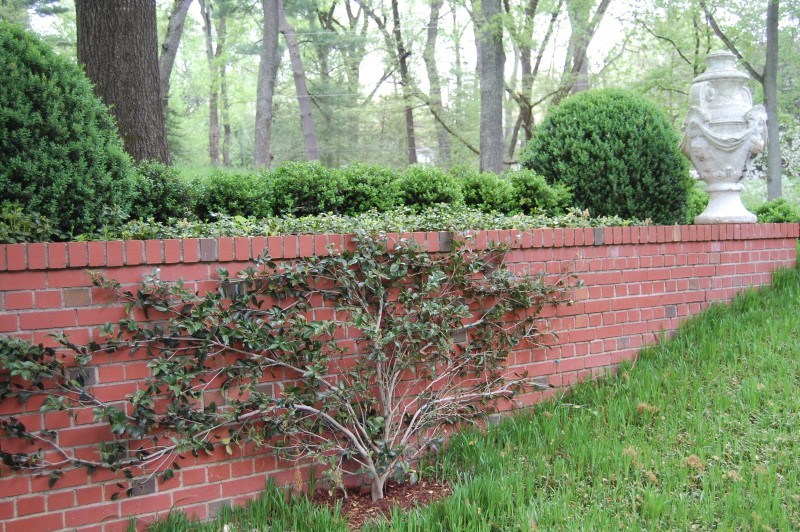
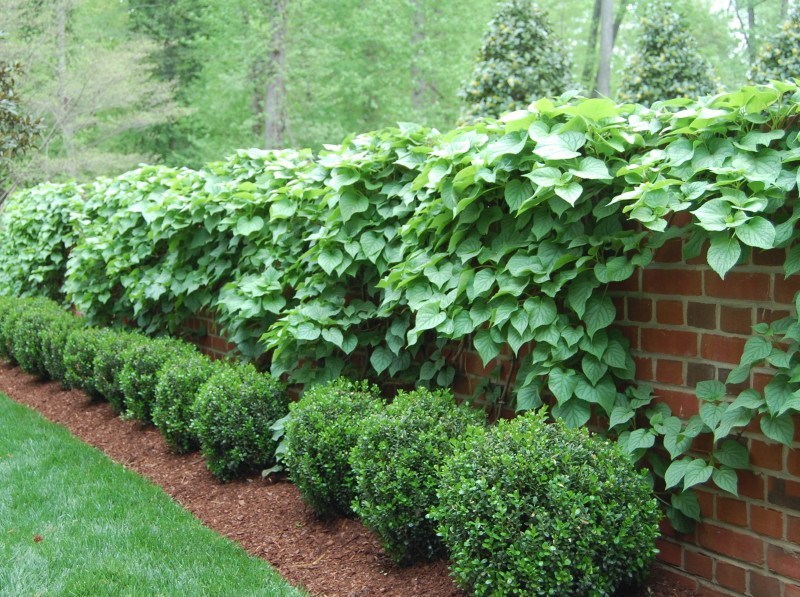
And one last beautiful example of vertical planting: Climbing Hydrangea (Hydrangea anomala subs. petiolaris) softens the wall above the pool house.
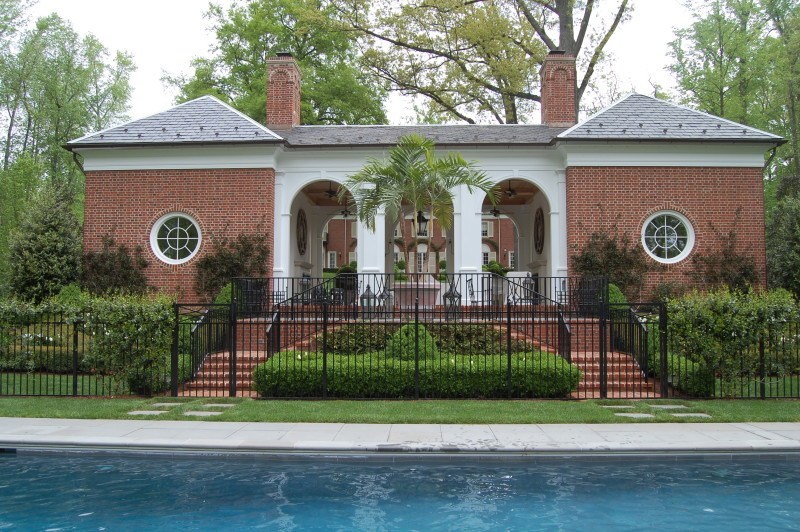
The pool, bordered by a spectacular Chindo Viburnum hedge (not pictured), is at the terminus of the property’s central axis.
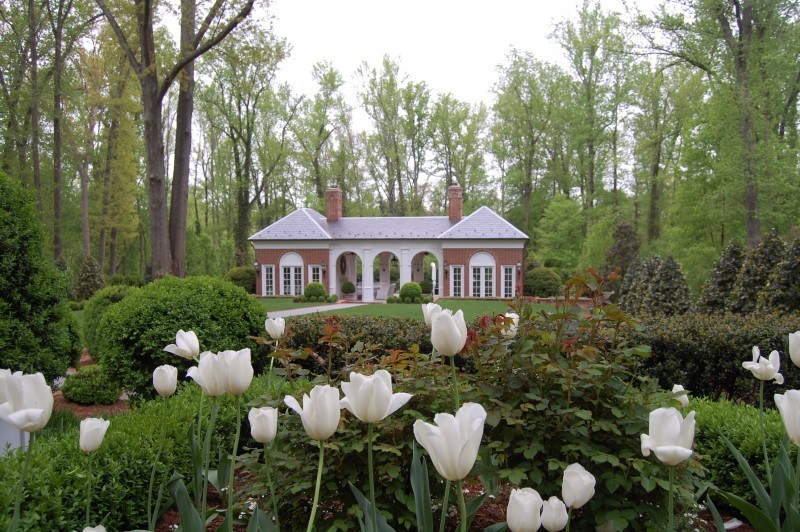
Carter Skinner designed the stunning pool house.
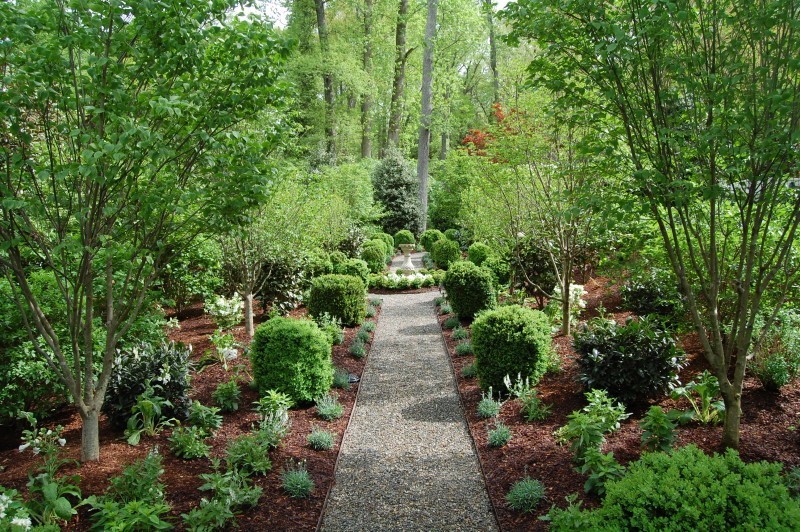
The White Garden contains a central crushed stone path, with a sundial at its center. All of the flowering plants are white. An evergreen backbone of Camellia, Laurel, Boxwood, Chindo Viburnum and Holly is underplanted with Foxglove, Ferns, Variegated Solomon’s Seal, Dianthus and Bleeding Heart. Deciduous shrubs, including Doublefile Viburnum, Snowball Viburnum, Spirea, Pearl Bush, dwarf Butterfly Bush and Limelight Hydrangea are planted symmetrically and rhythmically along the path. Amazingly full-branched Hibiscus circle the sundial, and Dogwoods line the path.

Foxgloves bloom, while Autumn fern fronds unfurl, in the White Garden.
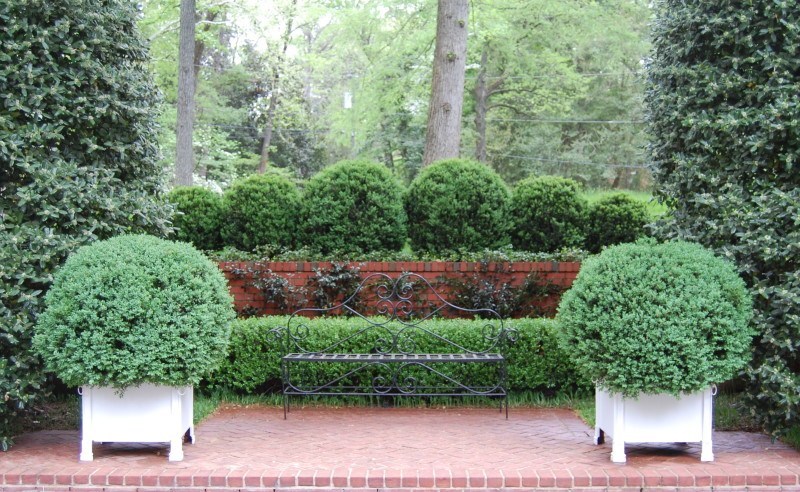
This terrace across the entrance drive from the front door exemplifies the Italianesque aesthetic that Laura loves, and that she and Chip perfected in the Valentines’ garden: consistent use of just a few elements throughout the property, such as the wrought iron bench and the Versaille planters overflowing with lush Boxwood; a strong evergreen backbone of sturdy Hollies, clipped Boxwood and espaliered Camellias; and the use of rich natural materials in beautifully laid — and oft repeated — patterns, such as the brick terrace here.
Alan Greenspan once warned us of irrational exuberance. Laura, Ned and Chip mastered rational exuberance, by allowing structure, form, texture and rich materials to take center stage in a brilliantly designed, and flawlessly executed and maintained landscape. Who says Tarheels and Cavaliers don’t mix?



